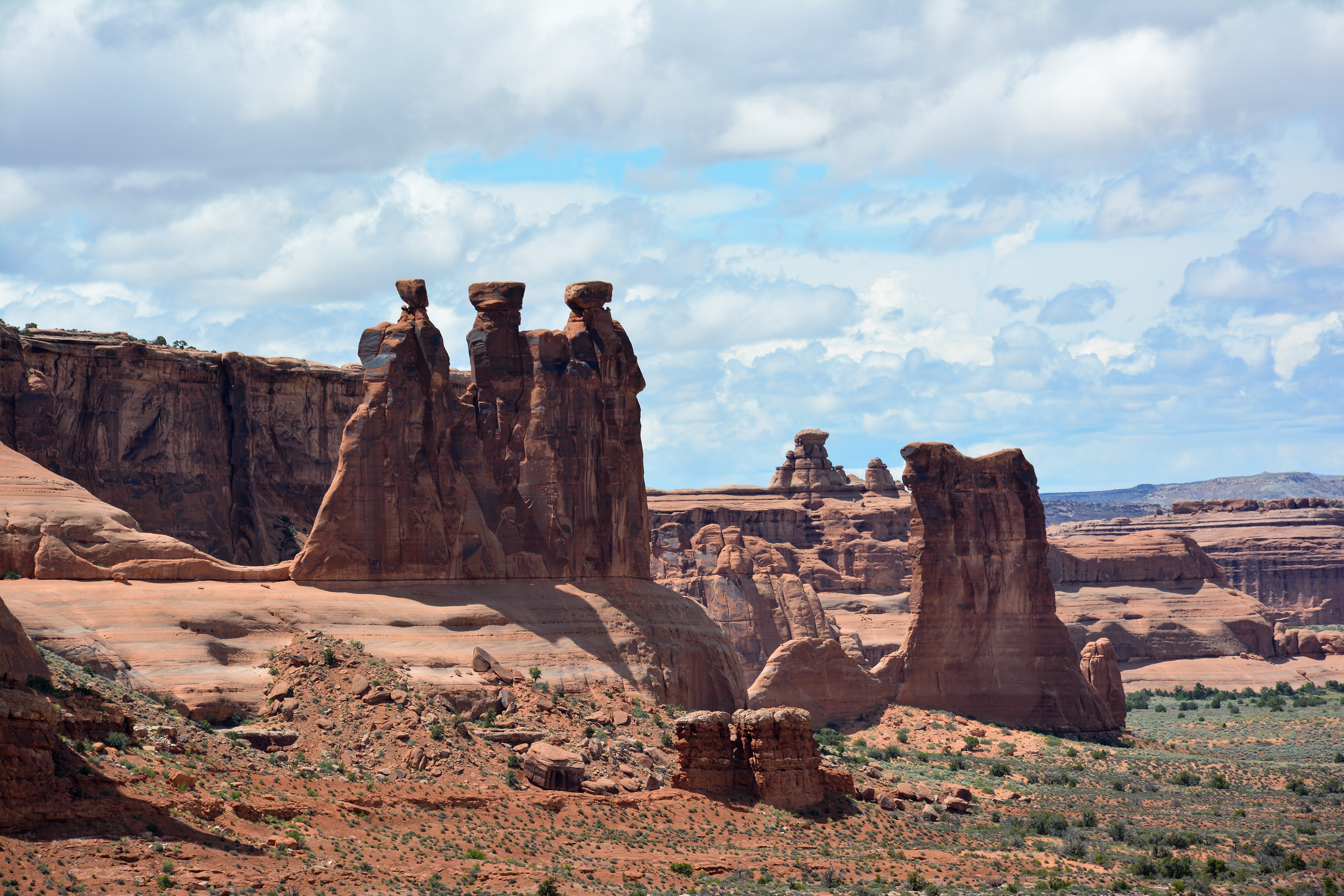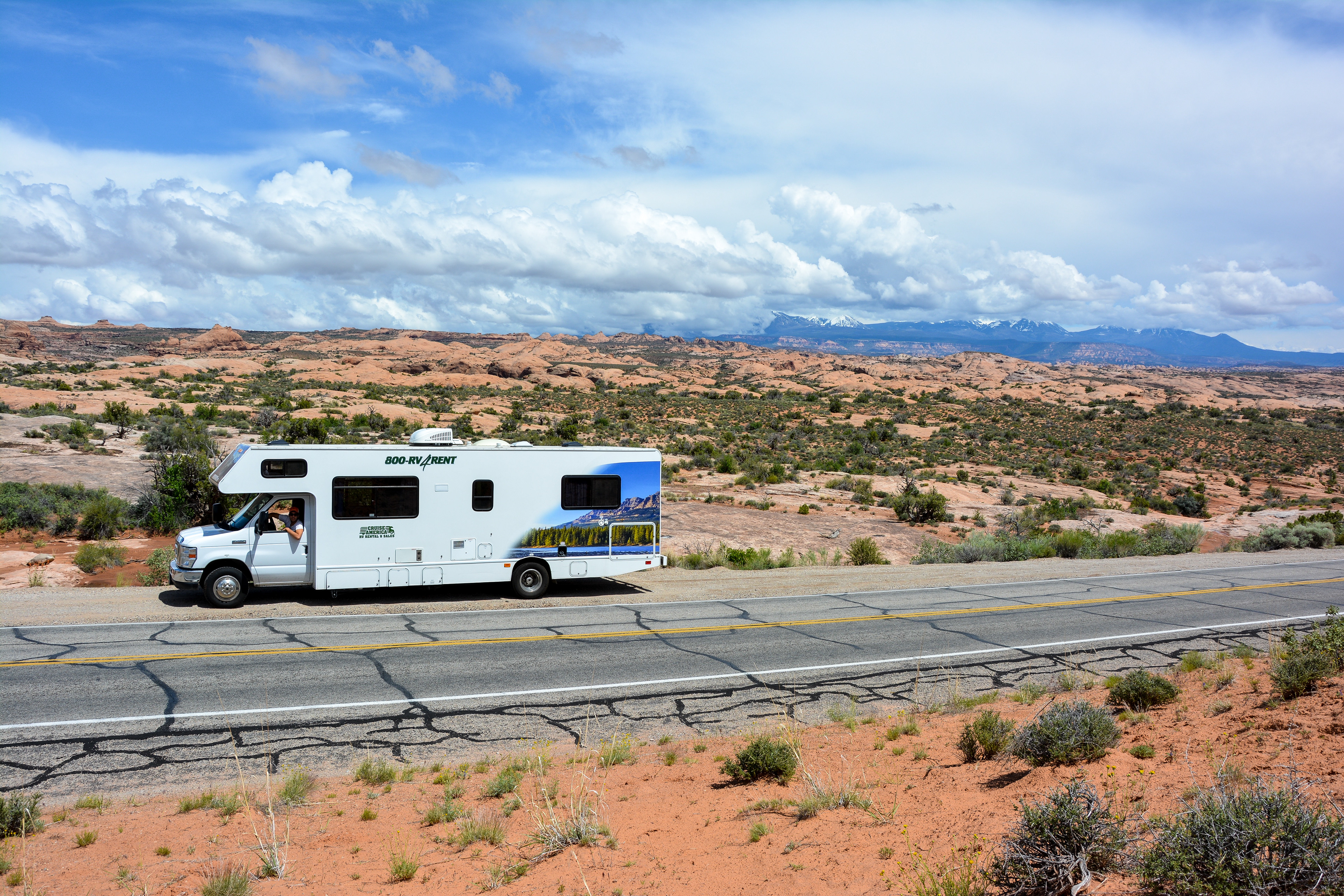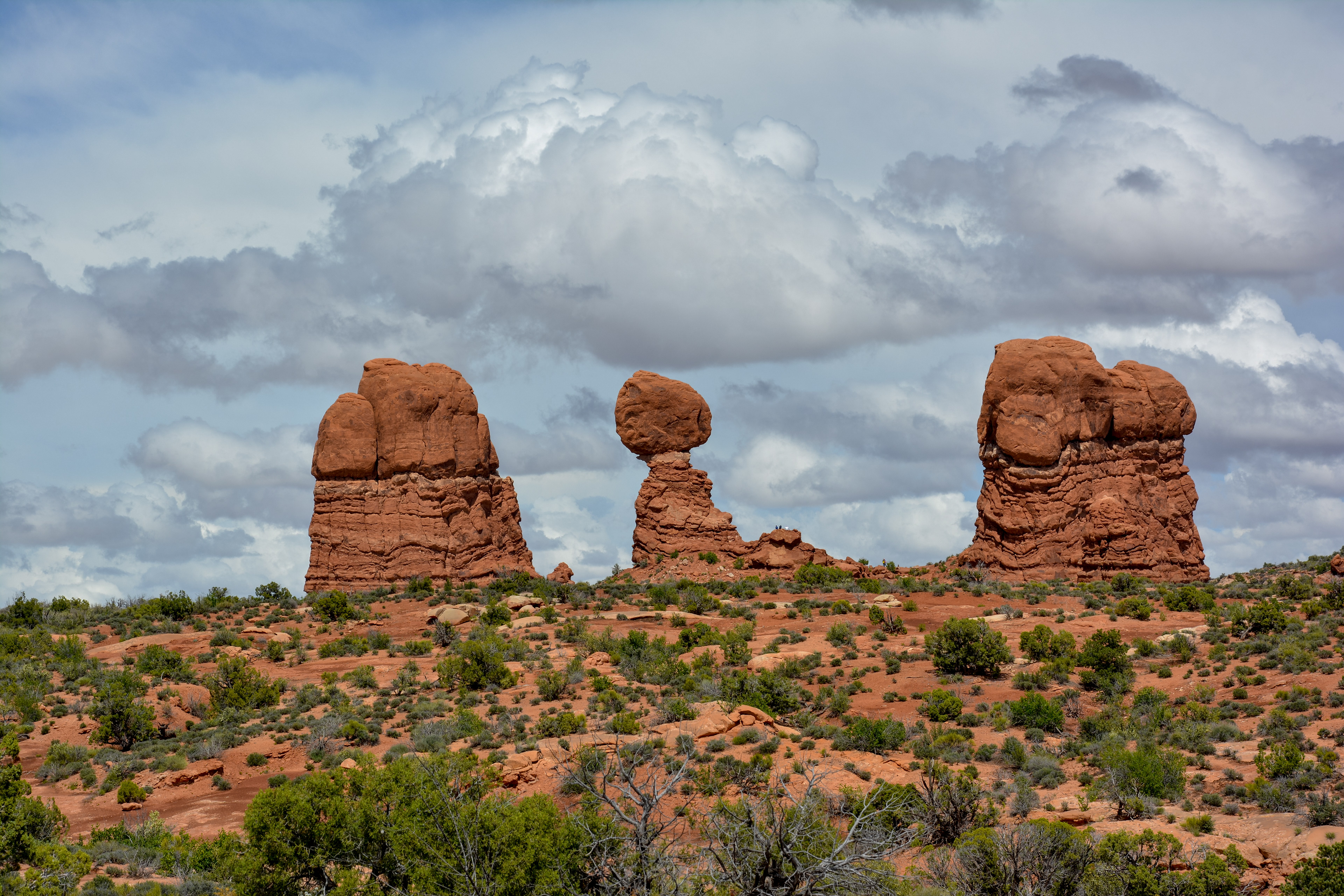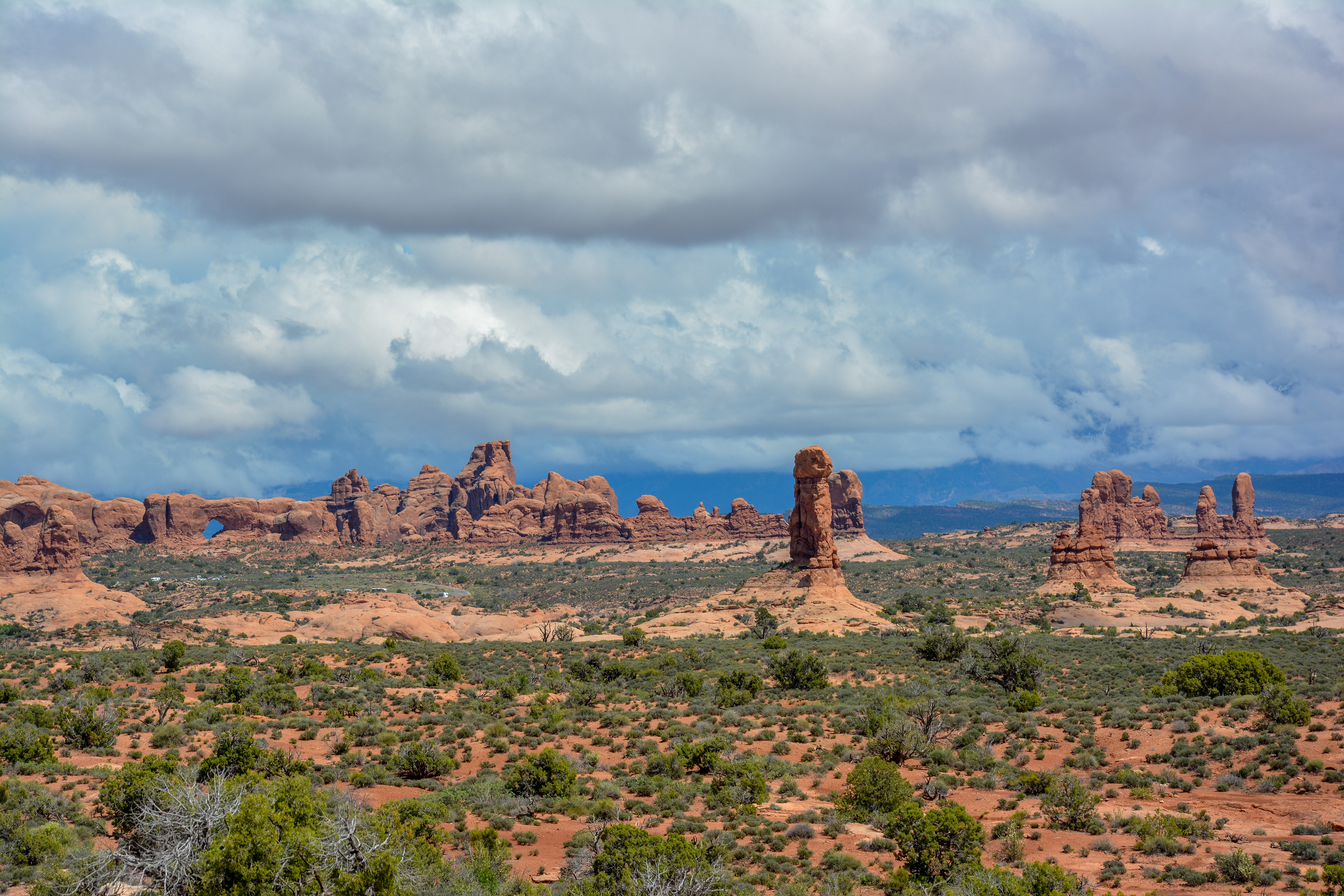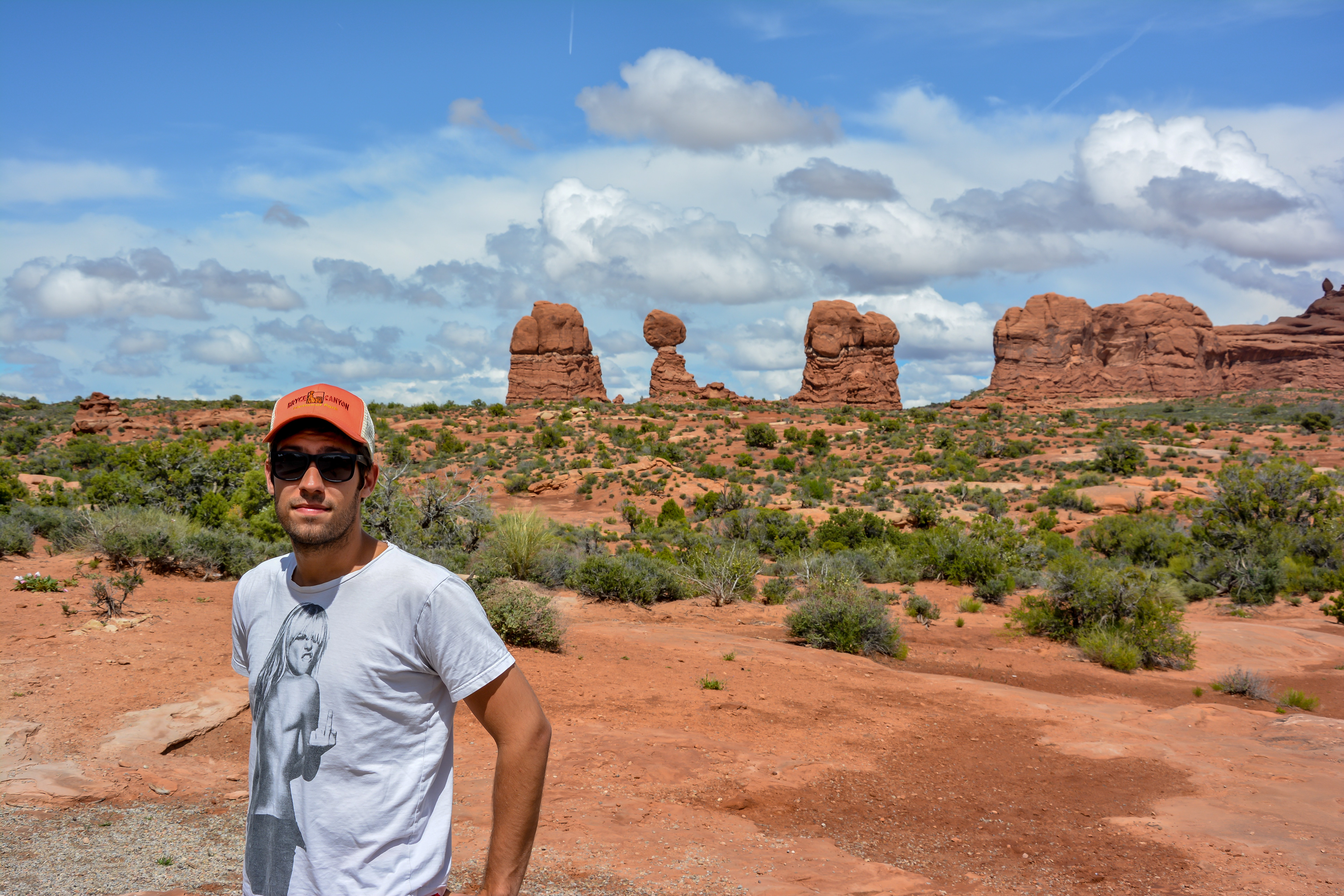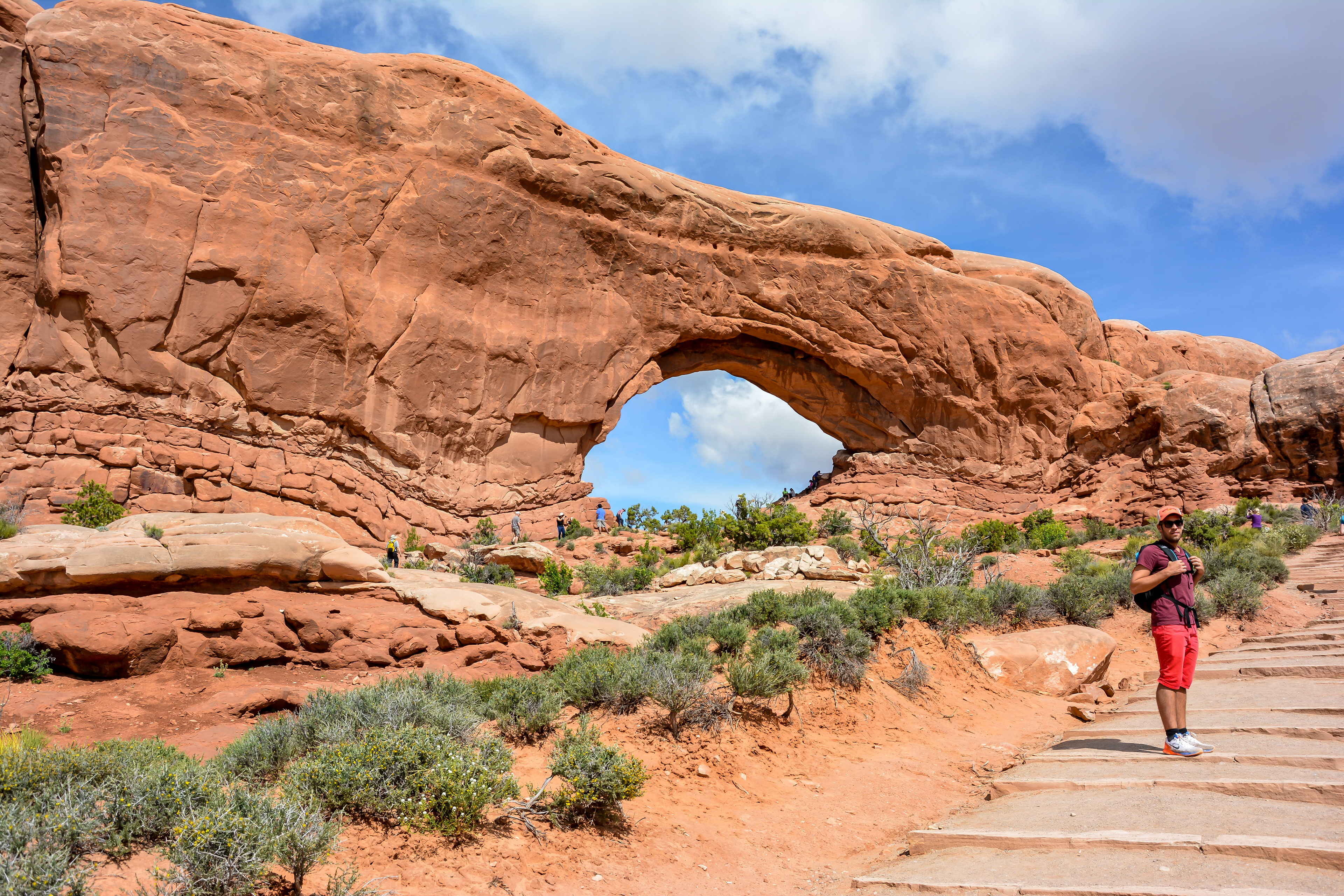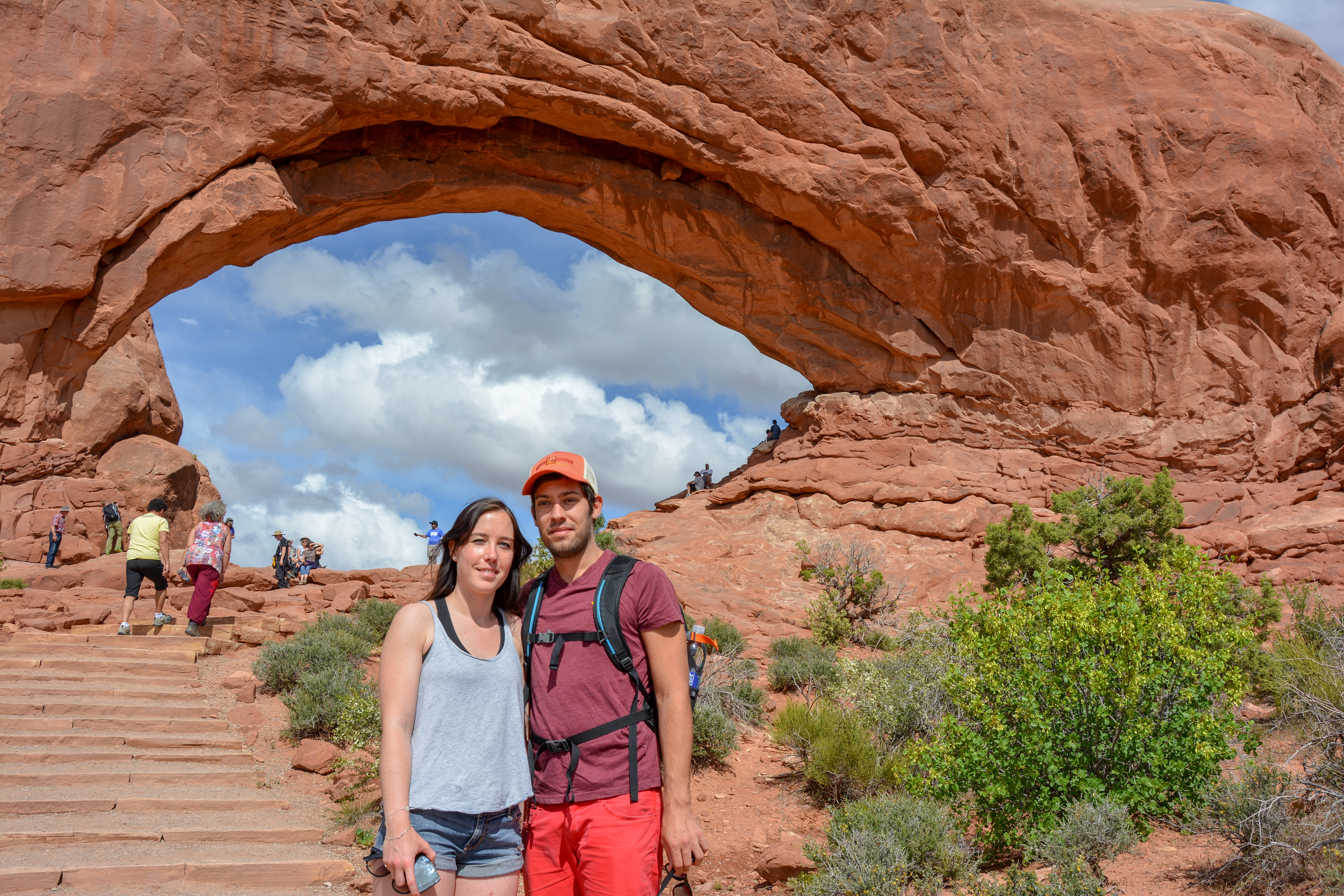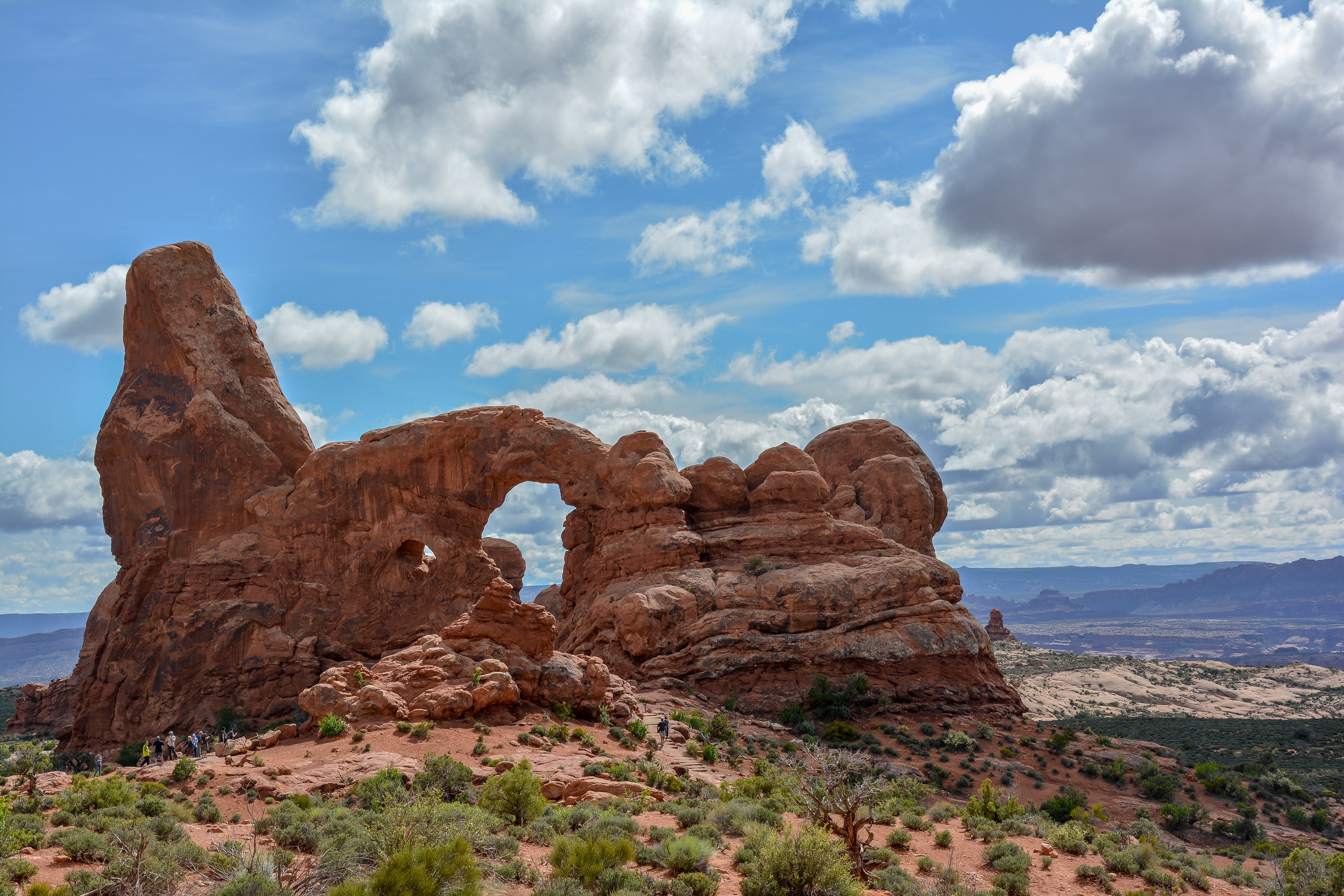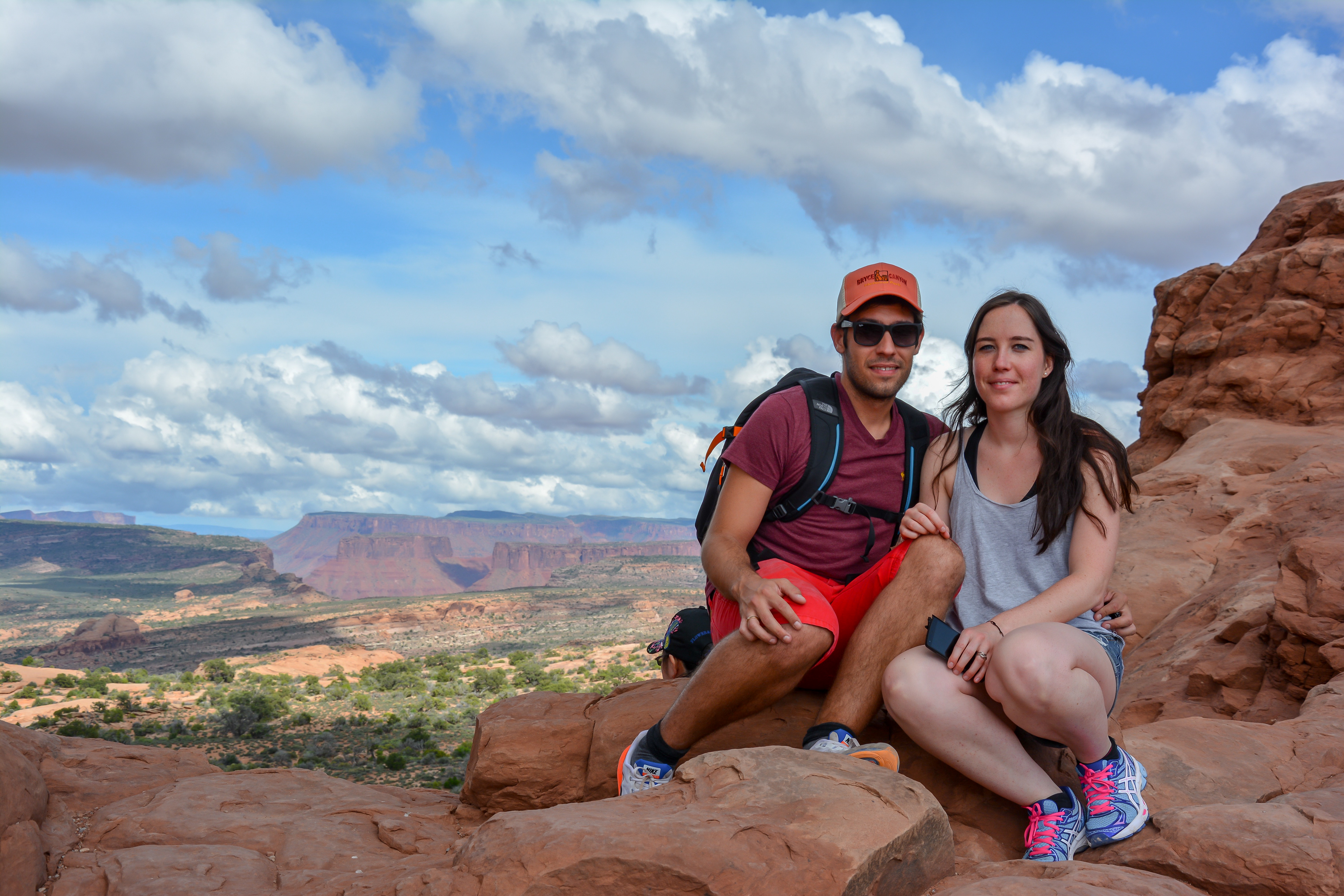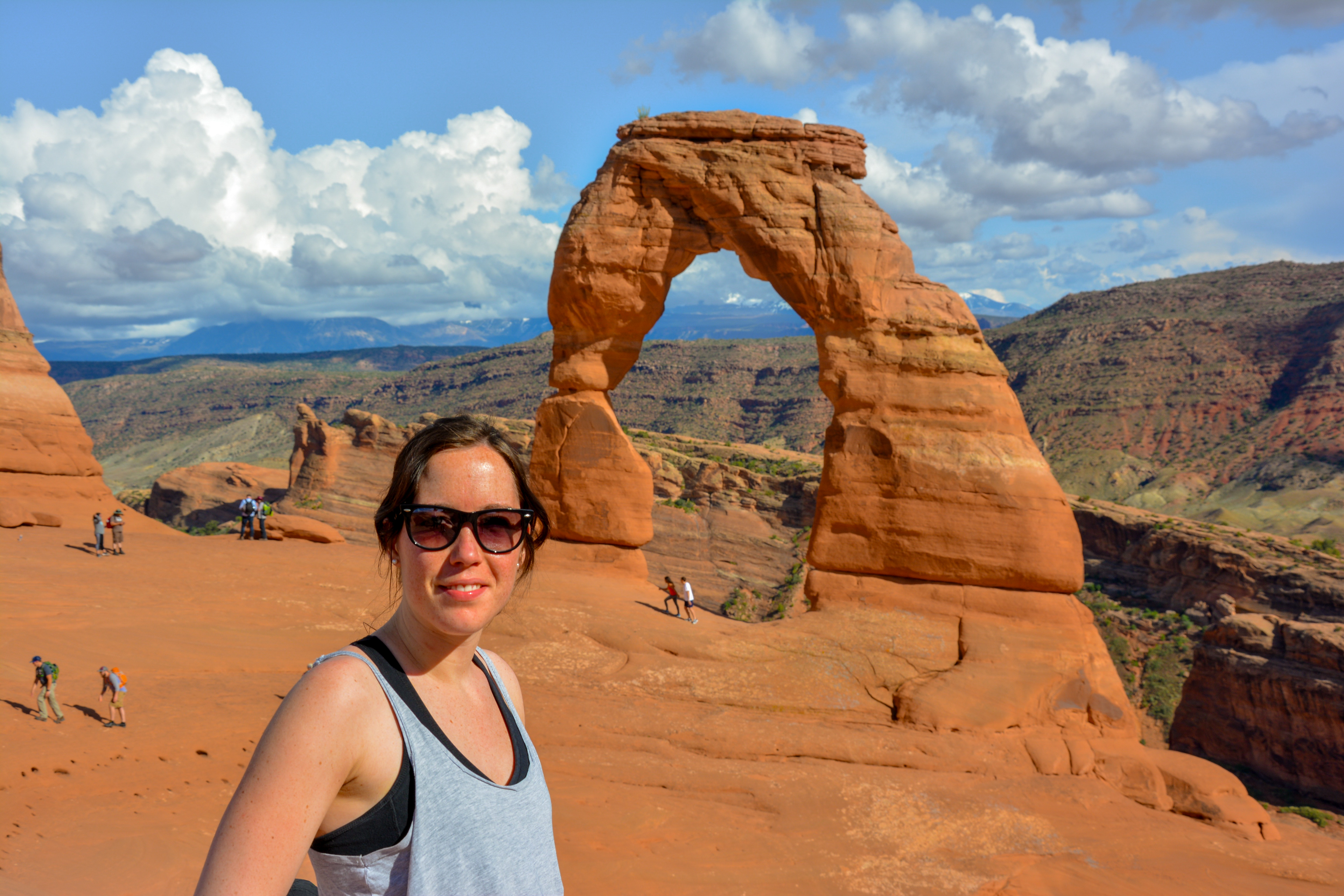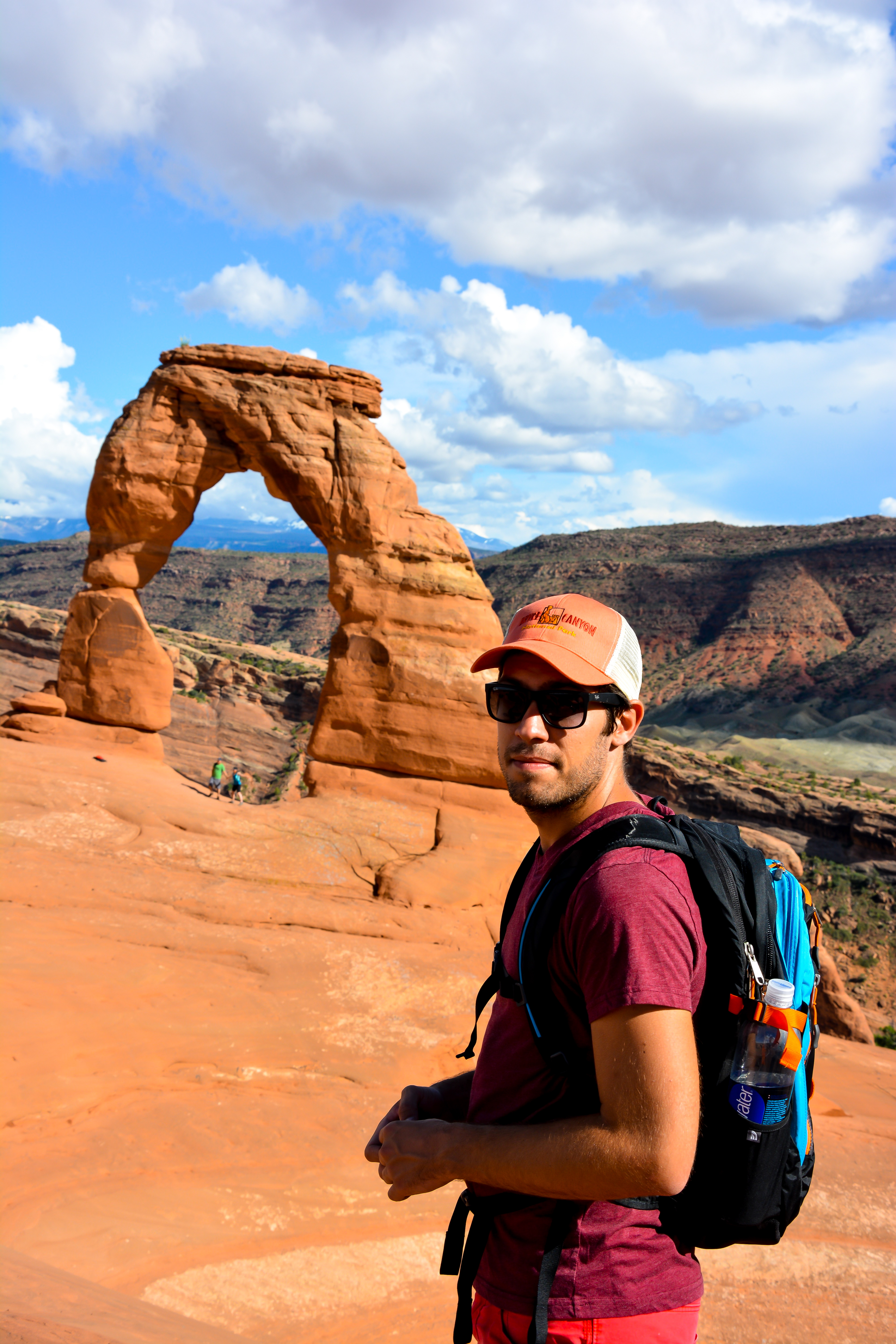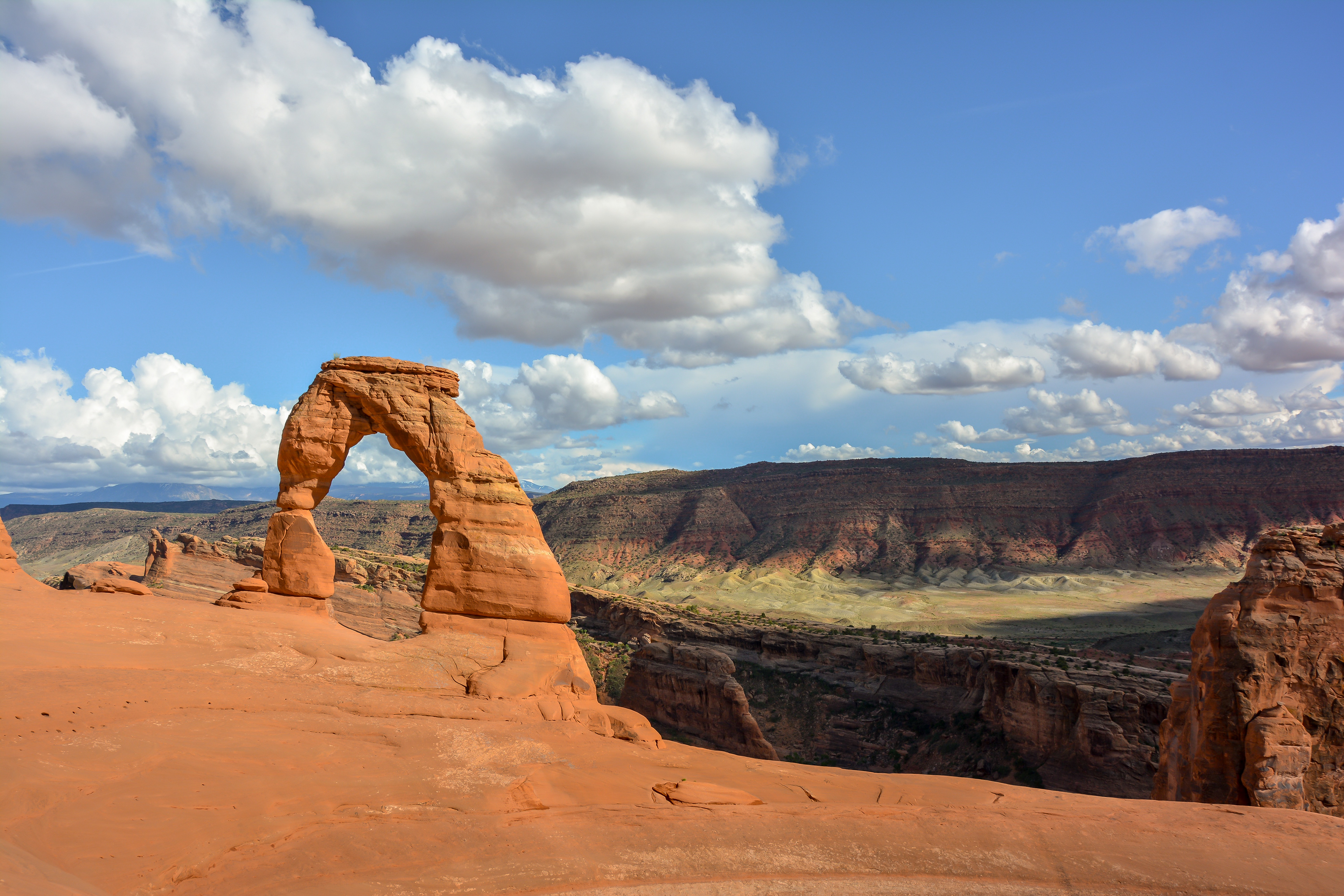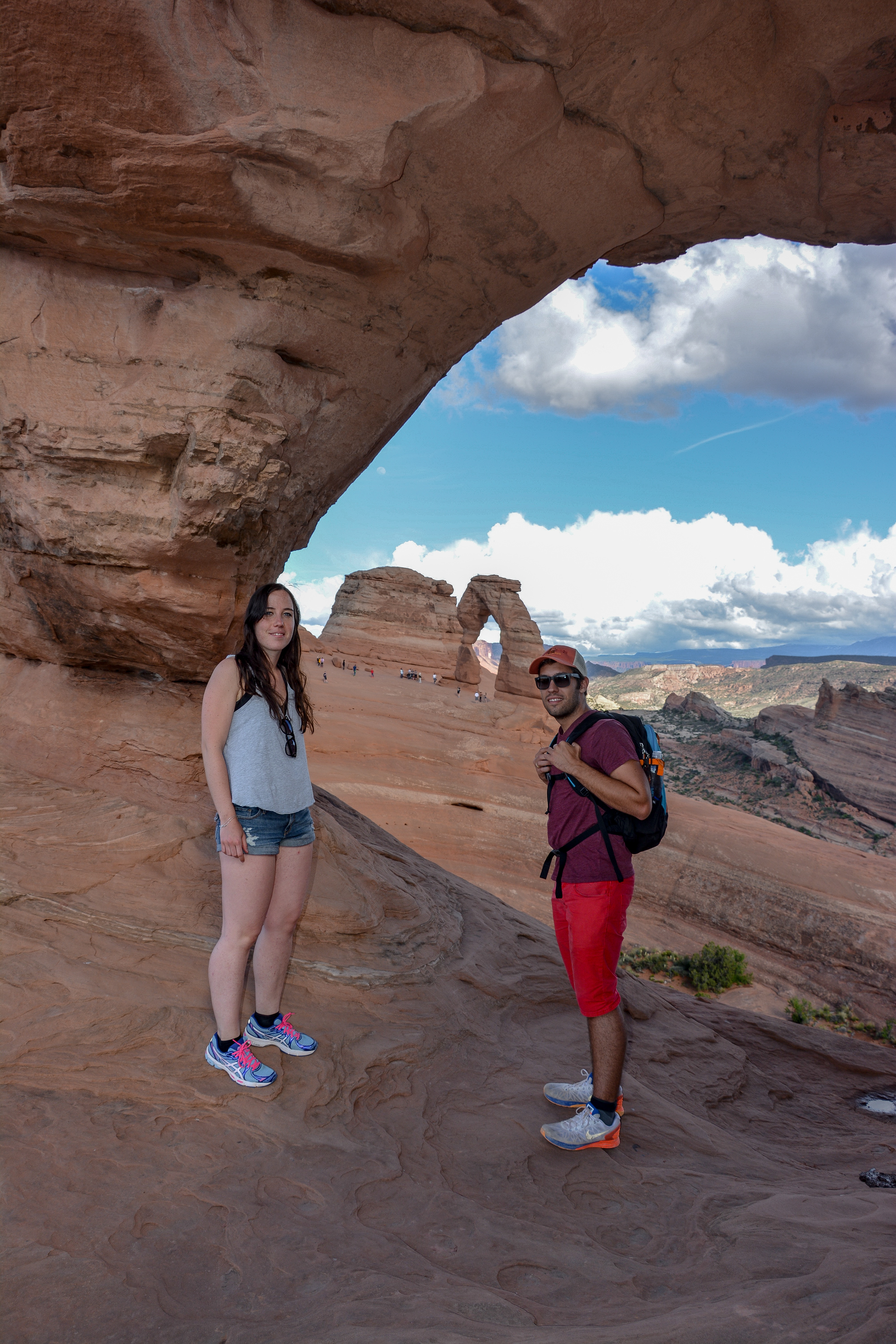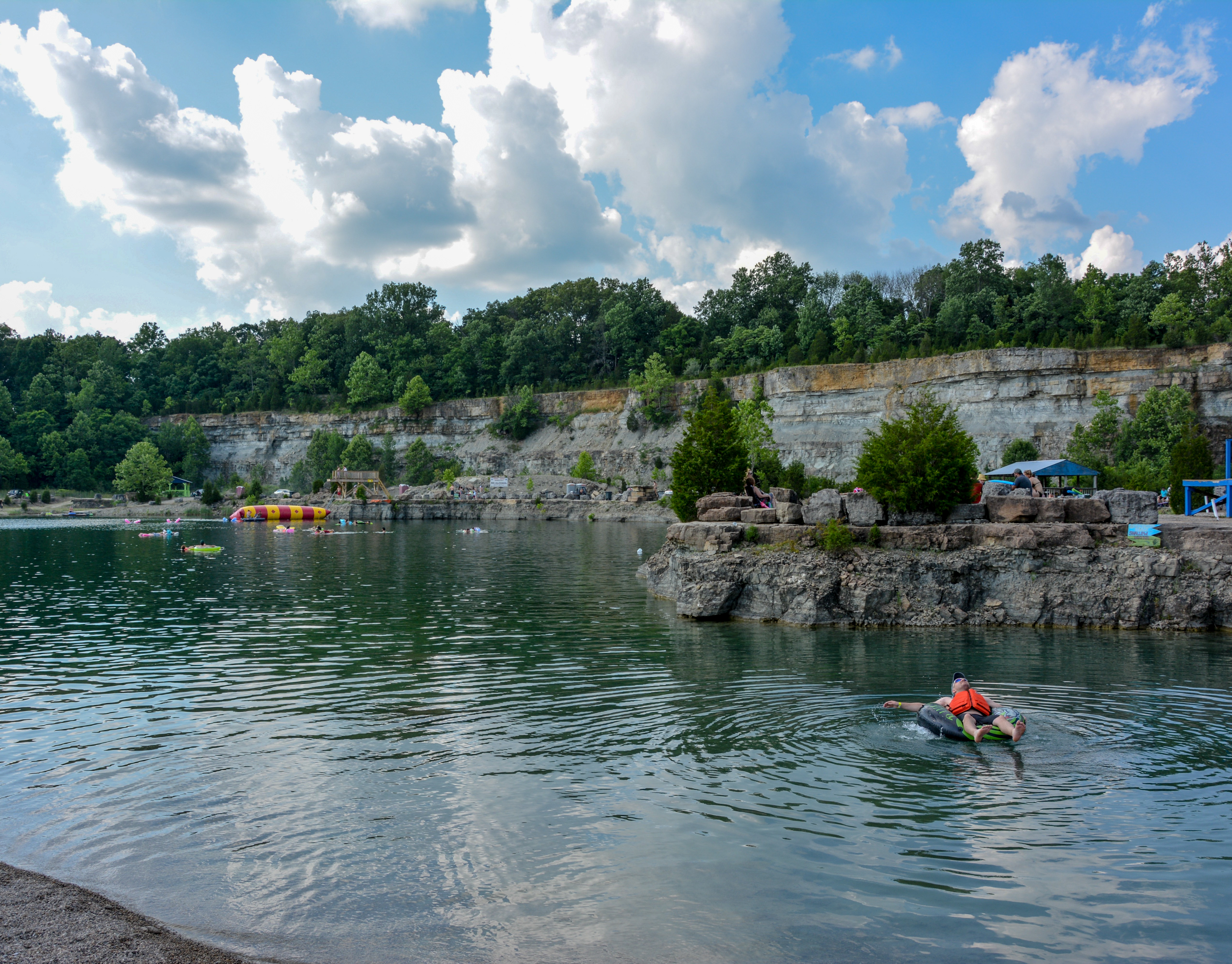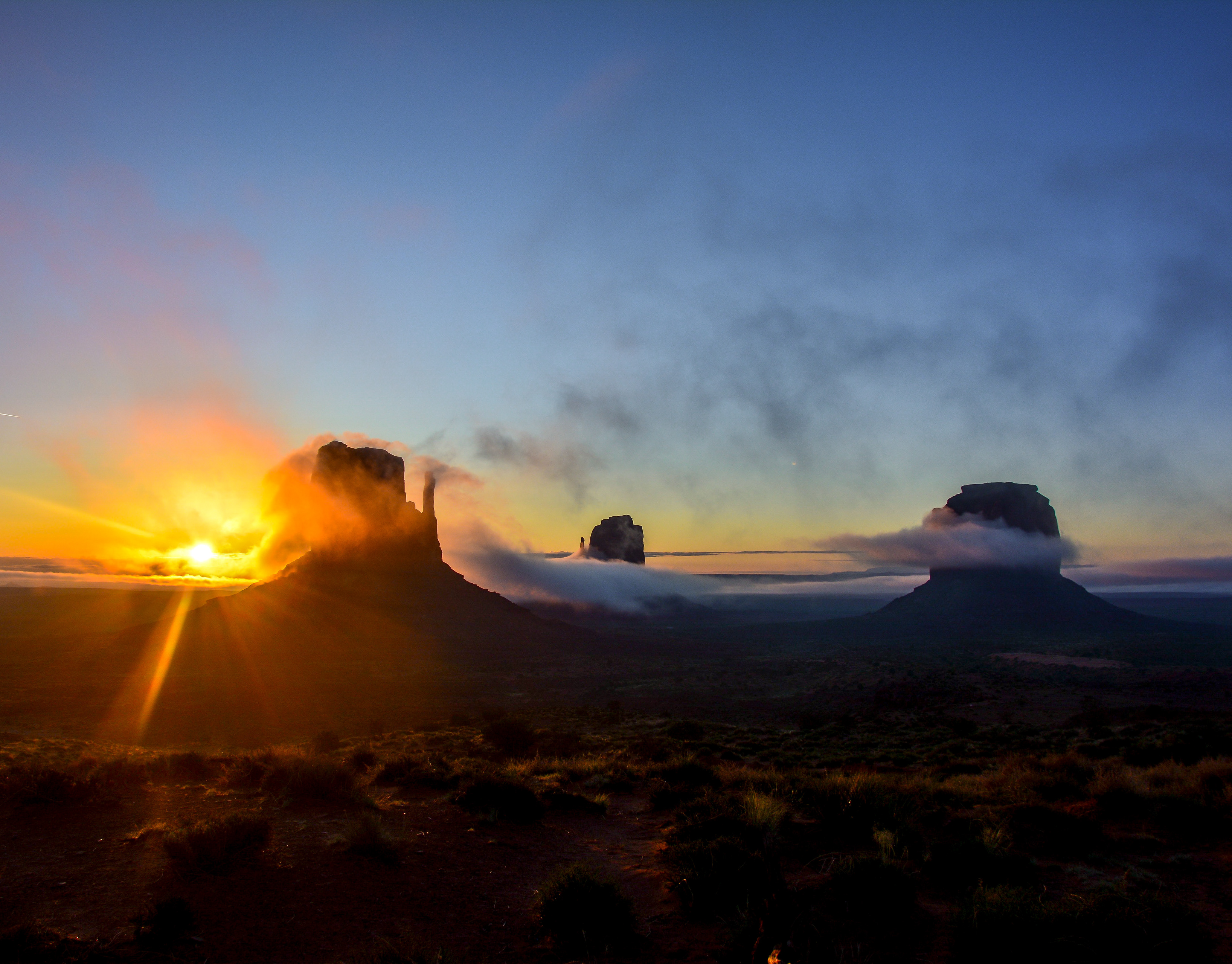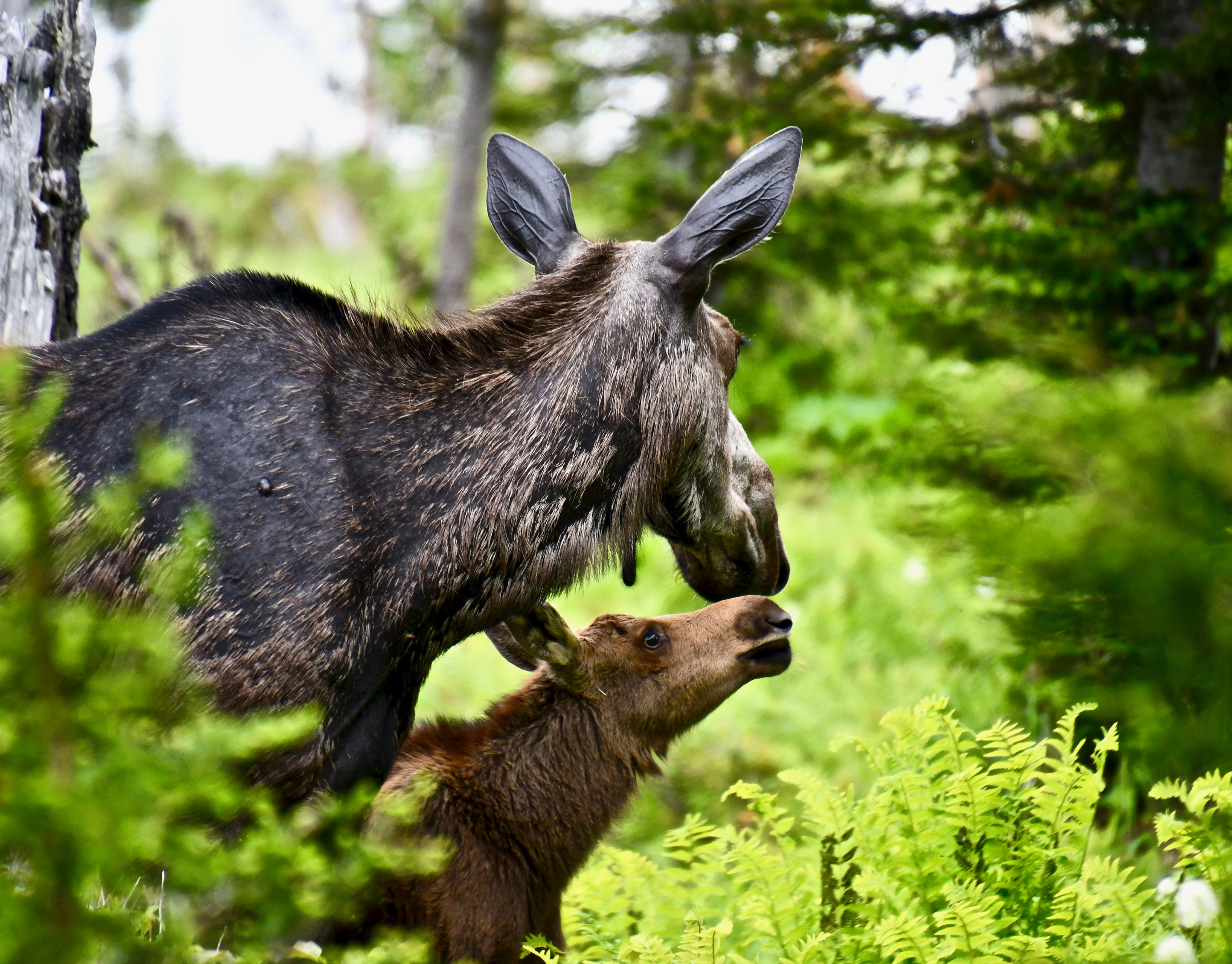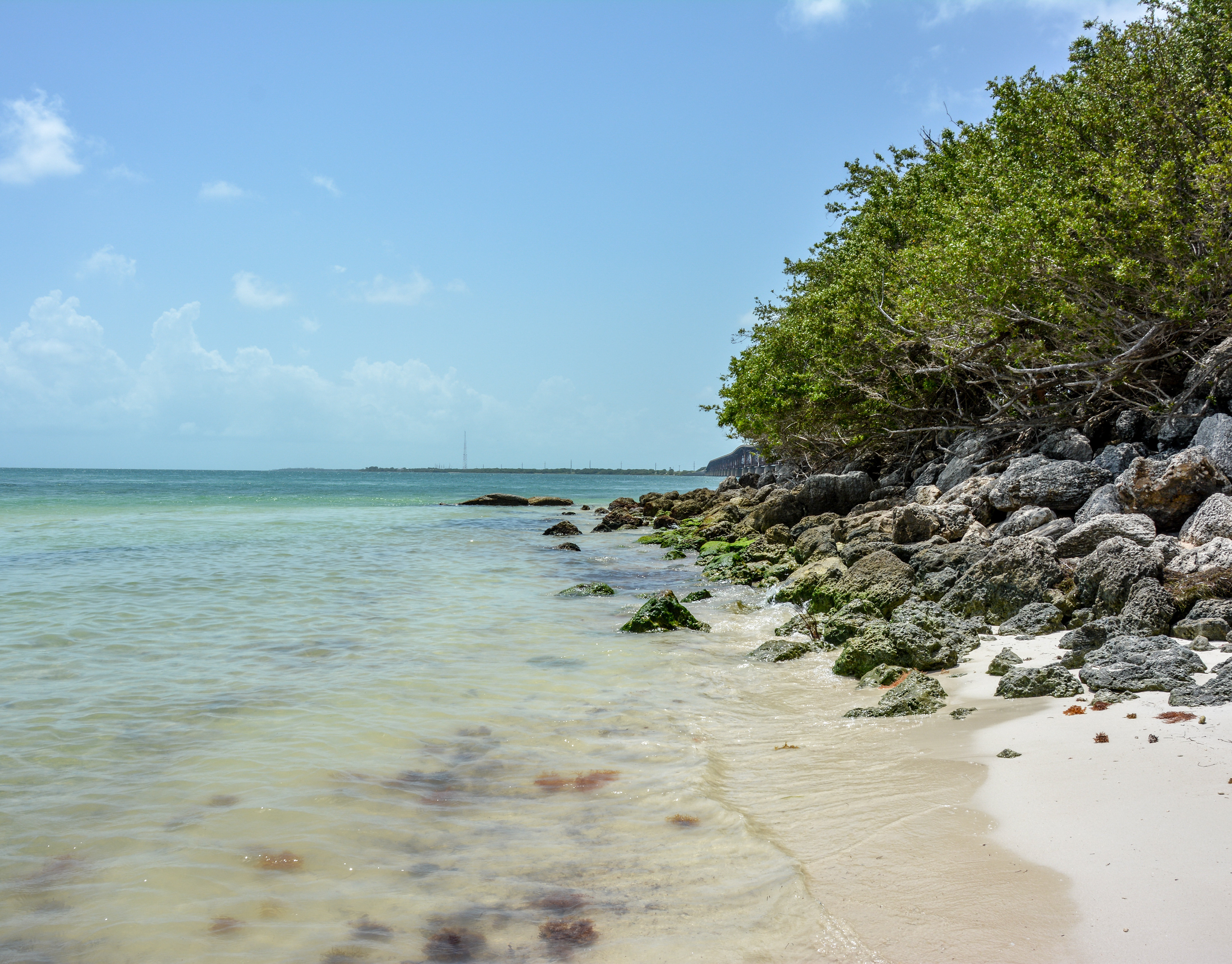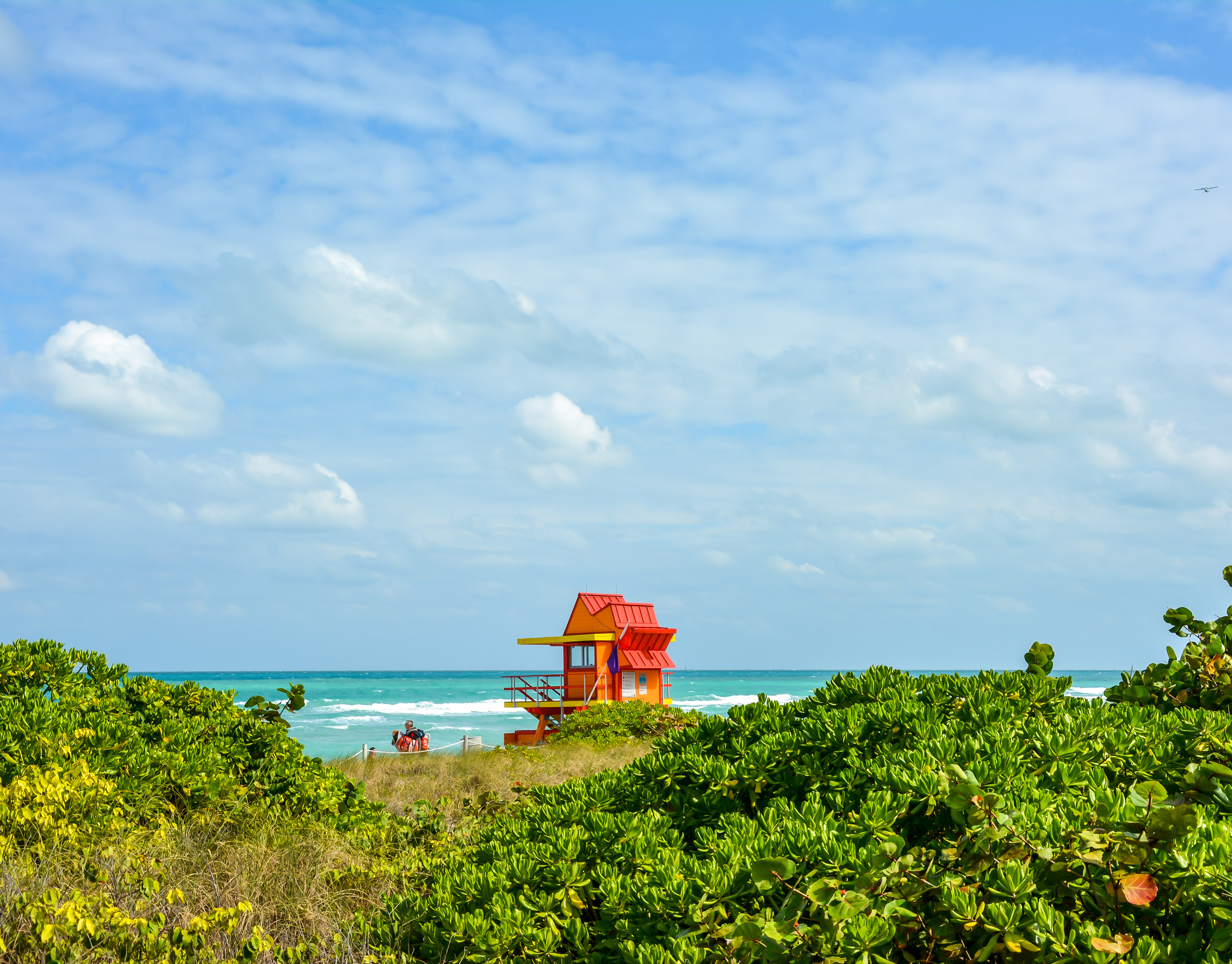Zion National Park
Follow the paths where ancient native people and pioneers walked. Gaze up at massive sandstone cliffs of cream, pink, and red that soar into a brilliant blue sky. Experience wilderness in a narrow slot canyon. Zion’s unique array of plants and animals will enchant you as you absorb the rich history of the past and enjoy the excitement of present day adventures.
Immutable yet ever changing, the cliffs of Zion stand resolute, a glowing presence in late day, a wild calm. Melodies of waters soothe desert-parched ears, streams twinkle over stone, wren song cascades from red rock cliffs, cottonwood leaves jitter on the breeze. But when lightning flashes water falls erupt from dry cliffs, and floods flash down waterless canyons exploding log jams, hurling boulders, croaking wild joyousness, and dancing stone and water and time. Zion is alive with movement, a river of life always here and always changing. Everything in Zion takes life from the Virgin River's scarce desert waters. Water flows, and solid rock melts into cliffs and towers. Landscape changes as canyons deepen to create forested highlands and lowland deserts. A ribbon of green marks the river's course as diverse plants and animals take shelter and thrive in this canyon oasis. From the beginning people sought this place, this sanctuary in the desert's dry reaches. The very name Zion, a Hebrew word for refuge, evokes its significance.


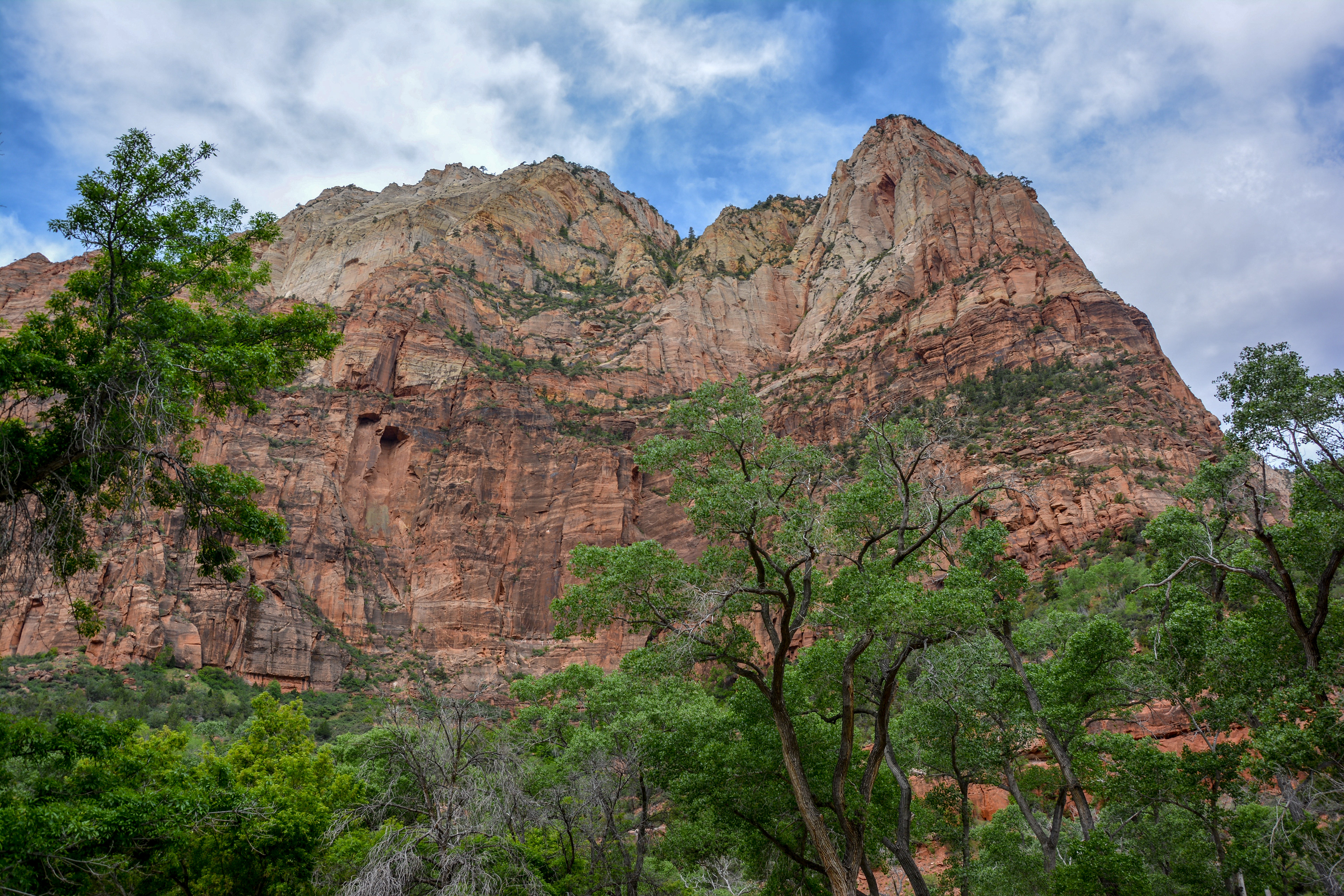
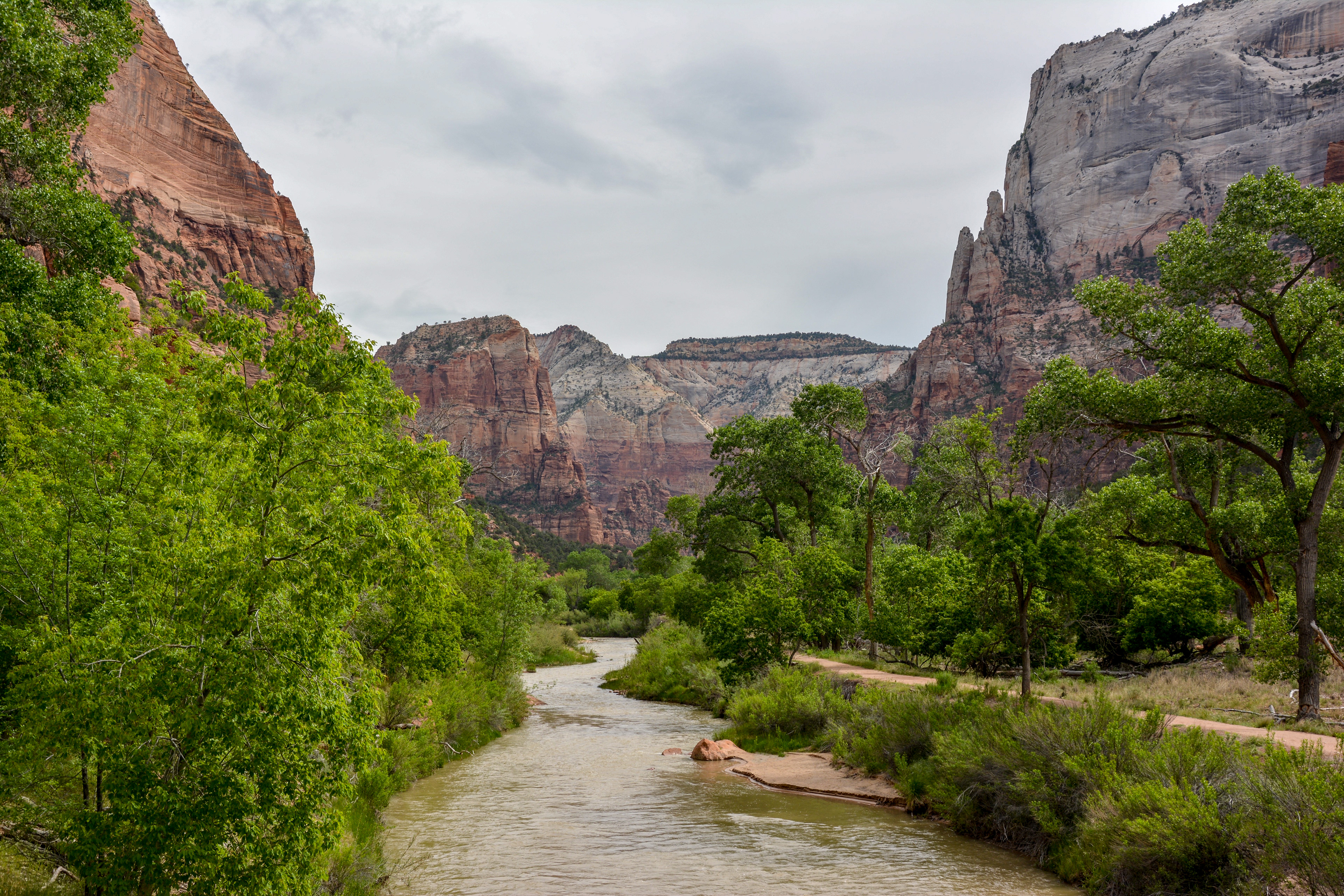
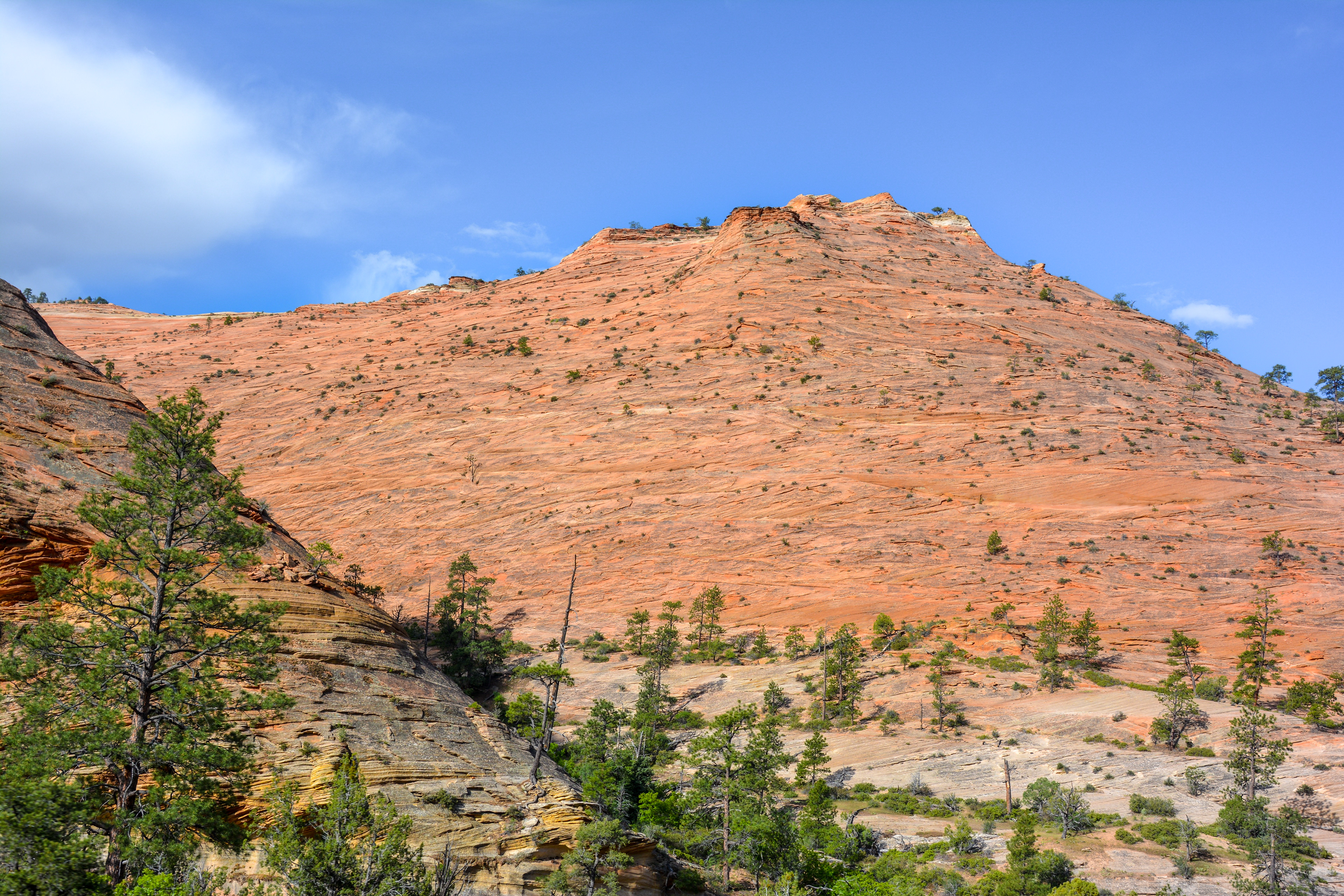
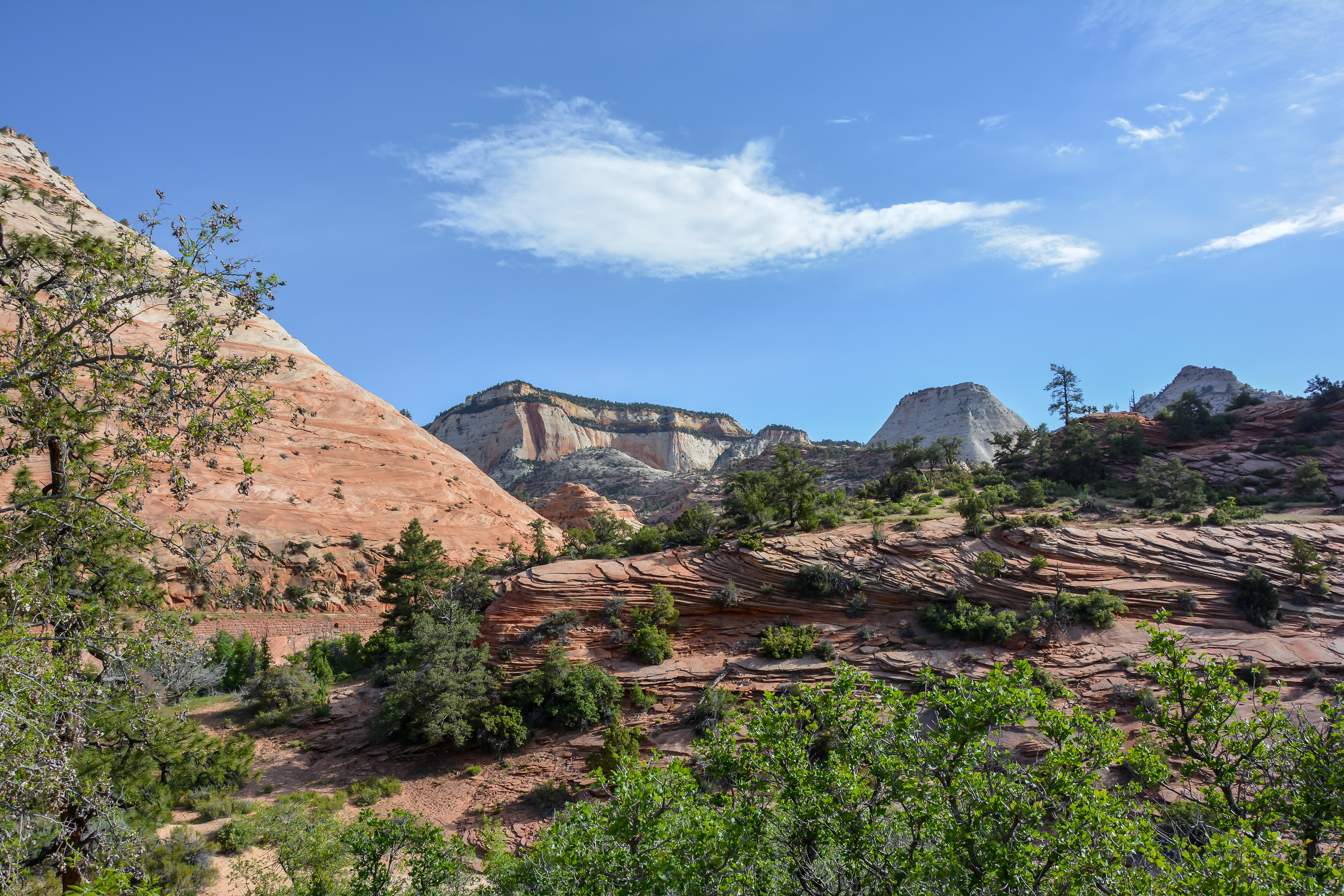
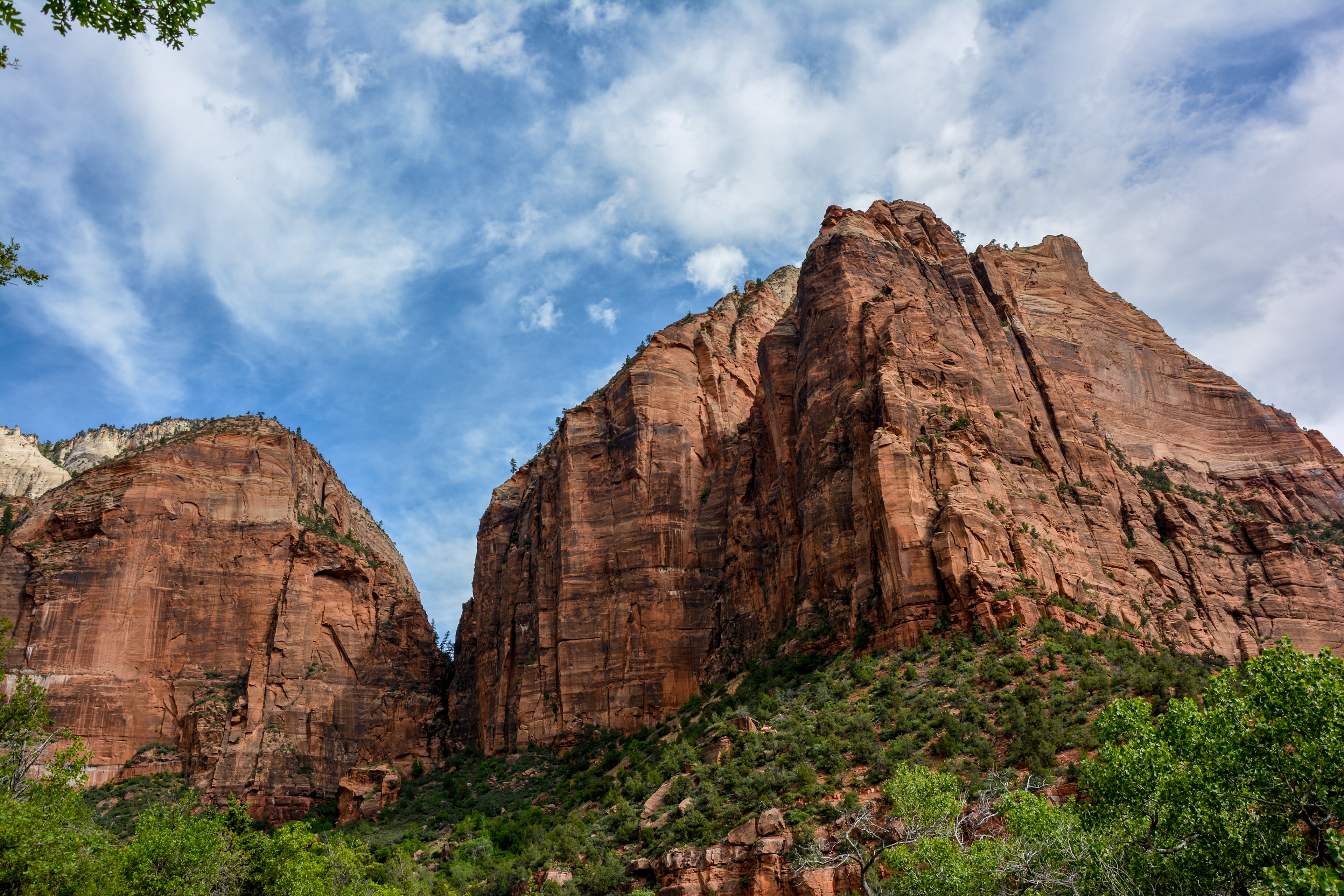
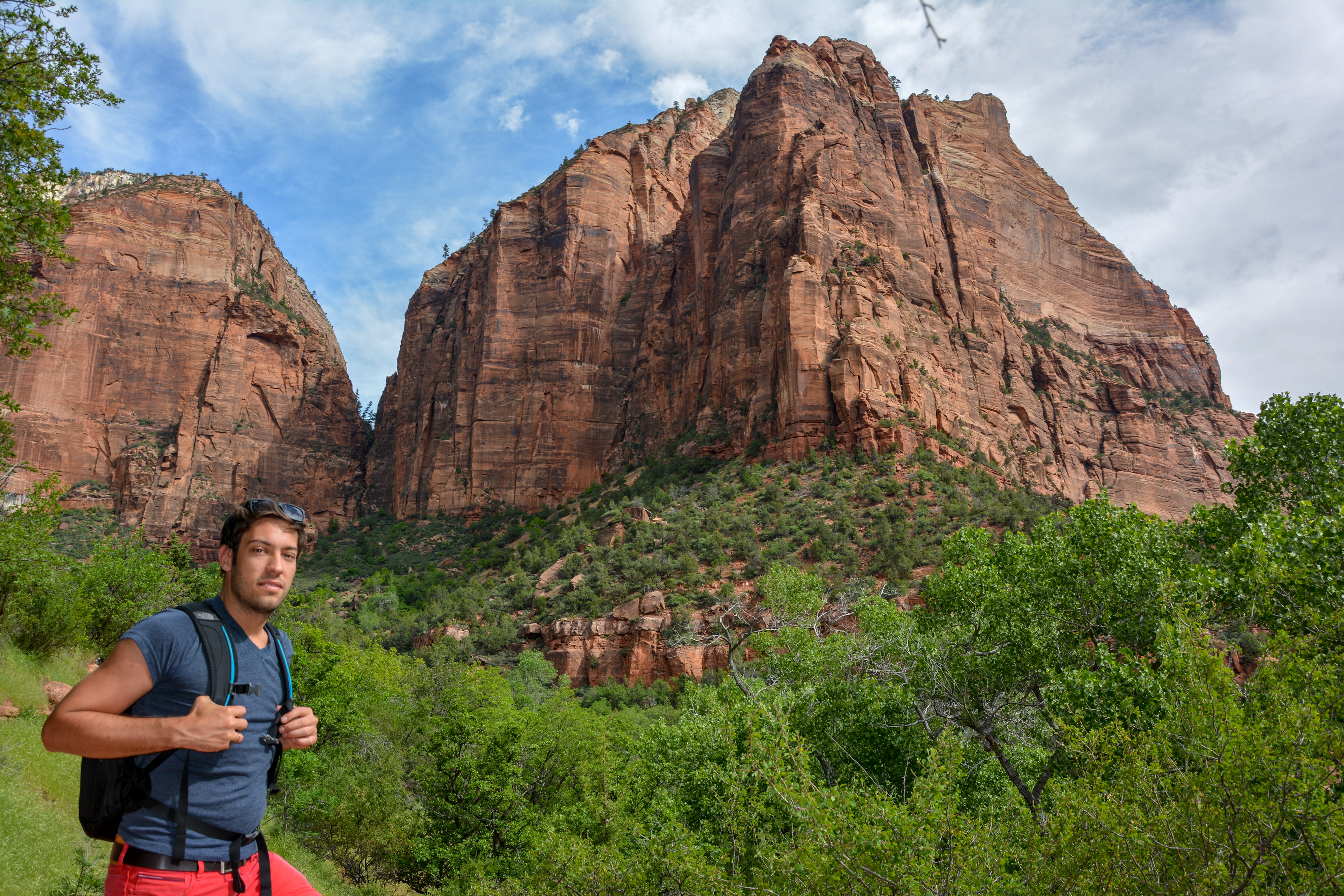


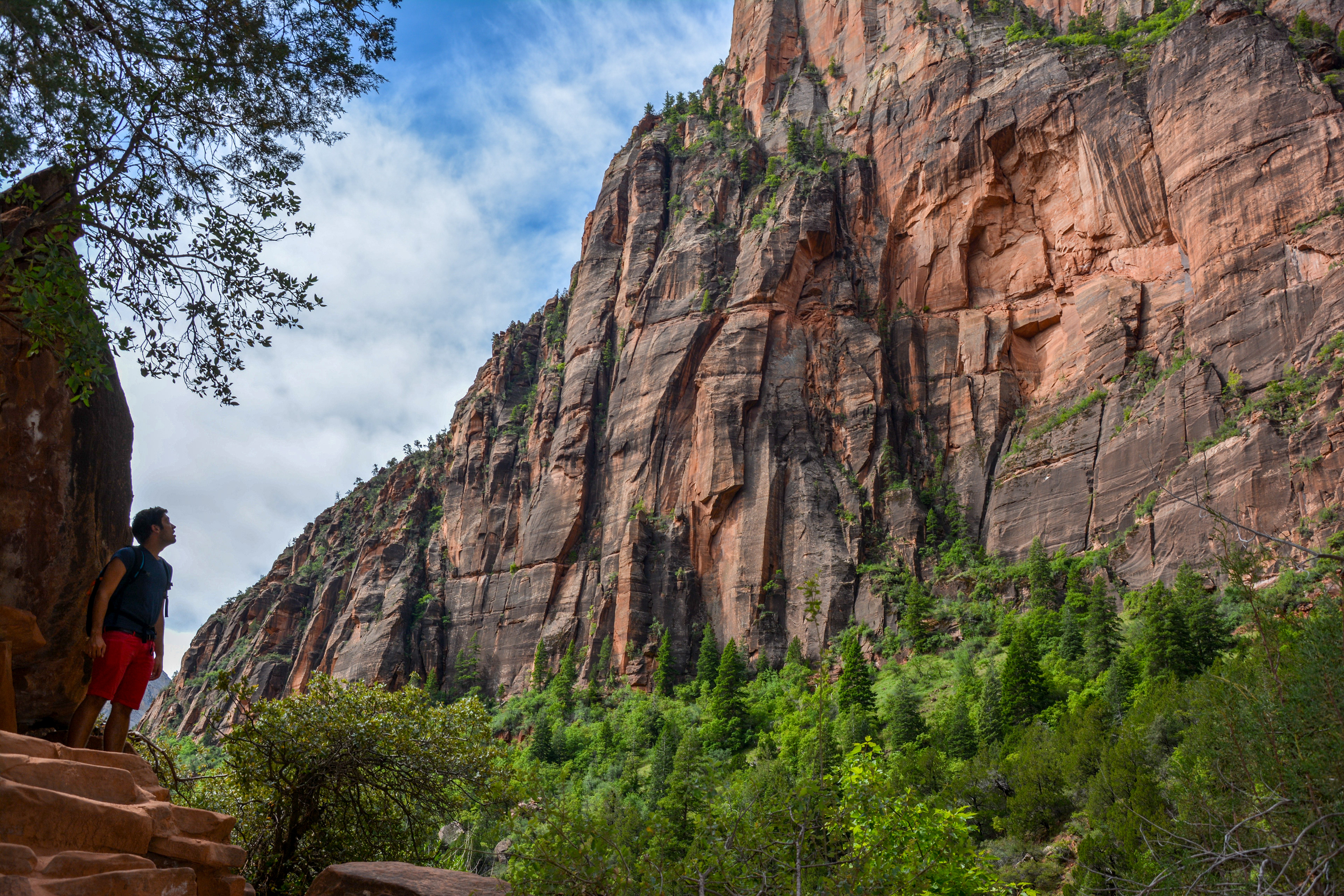



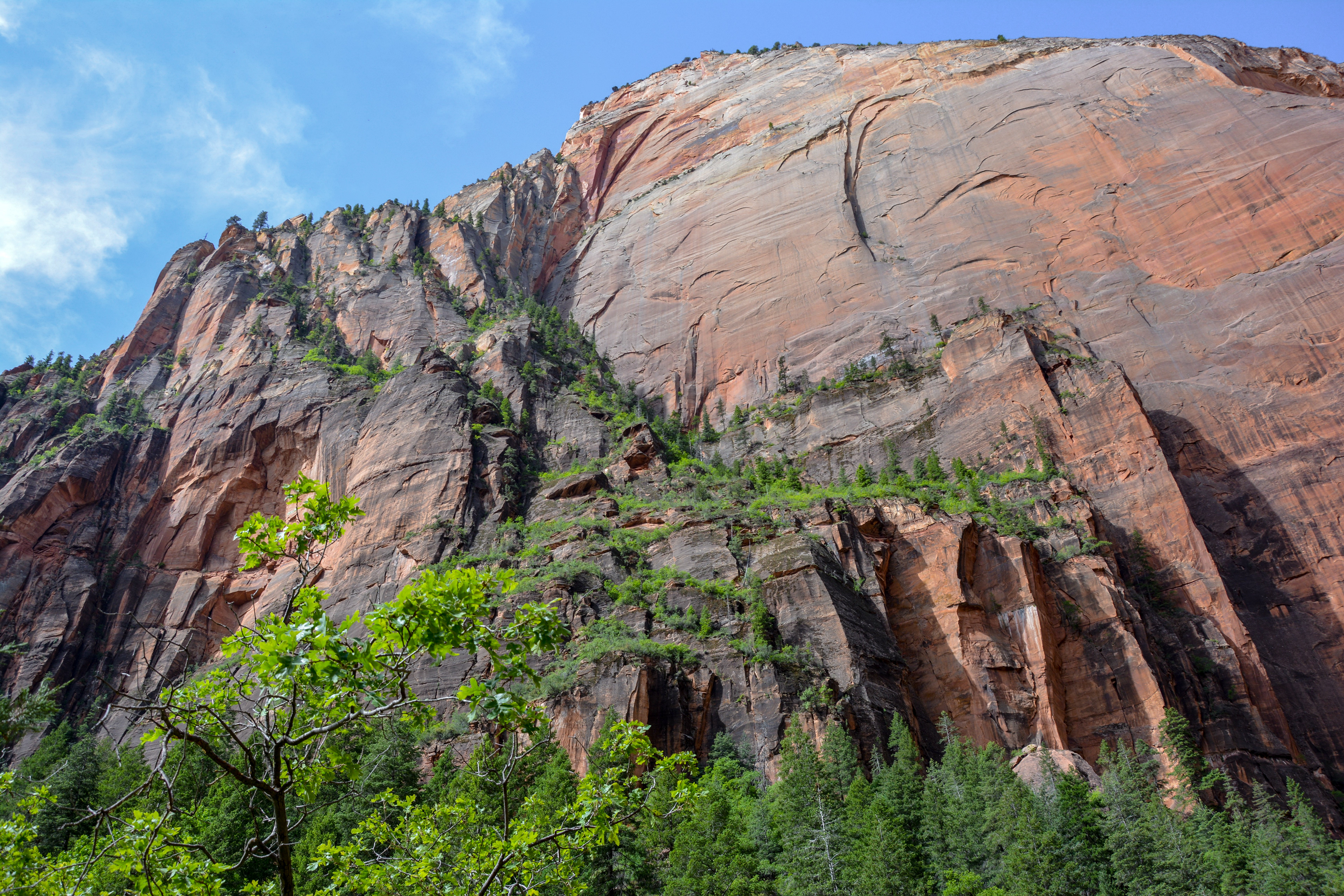


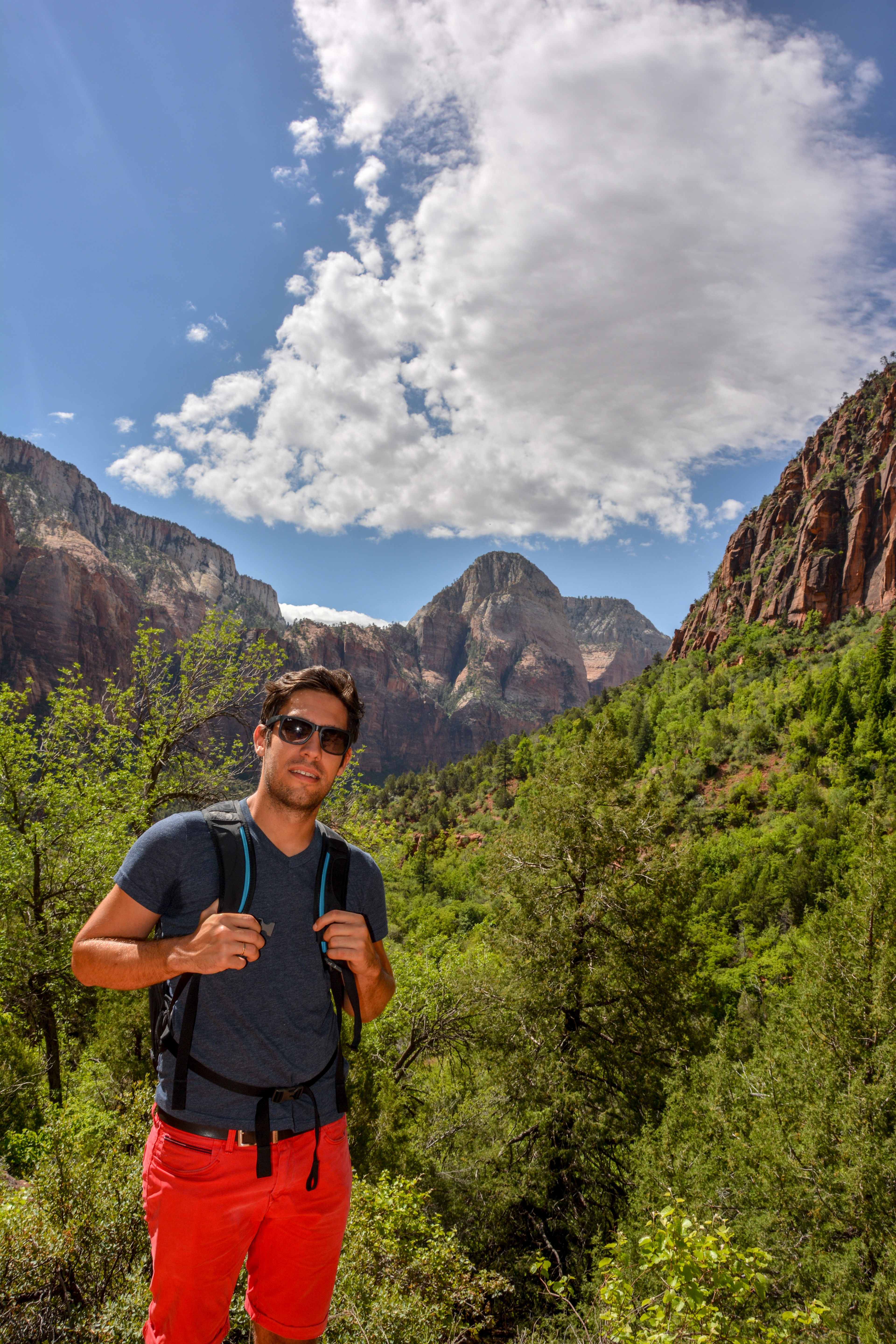
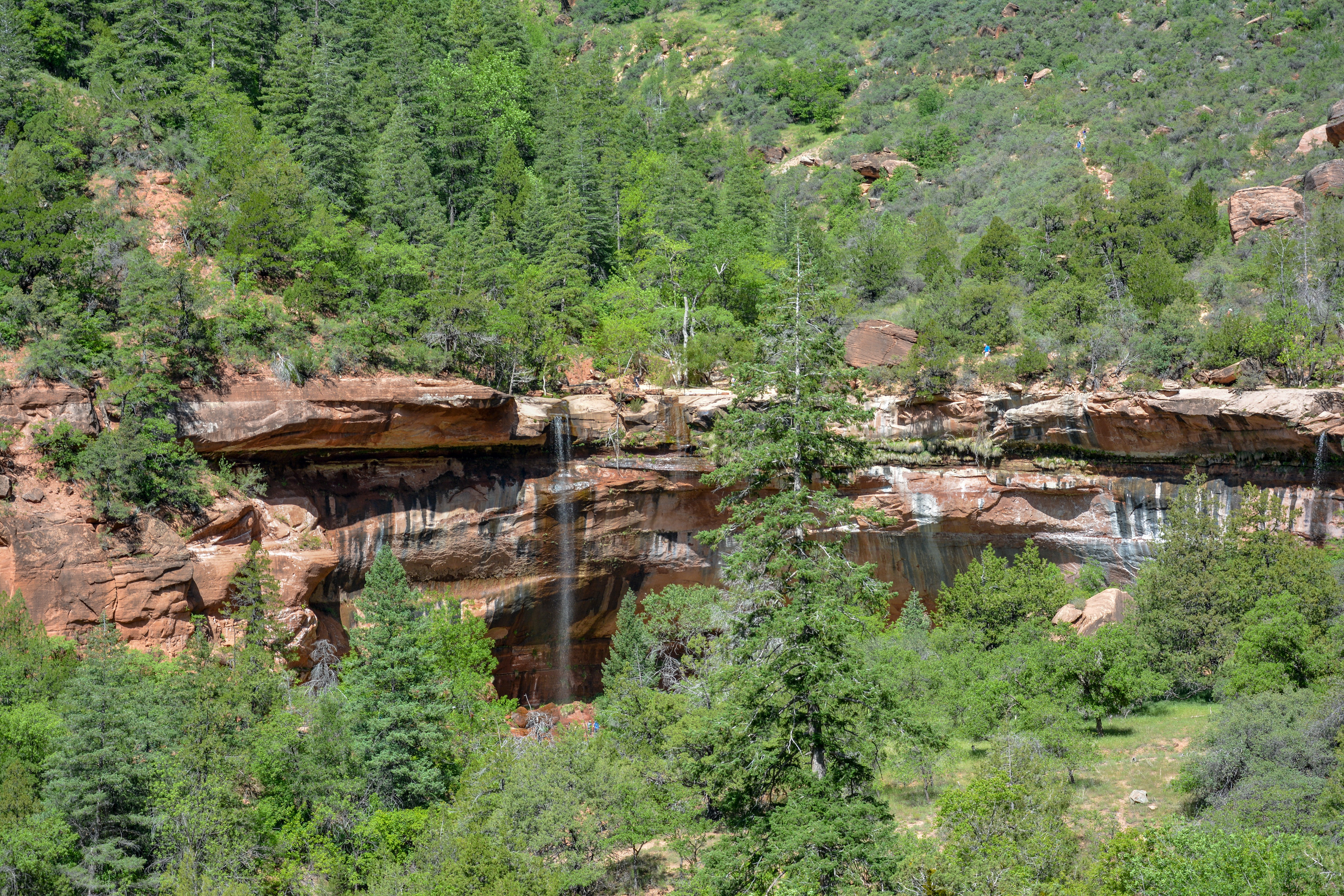
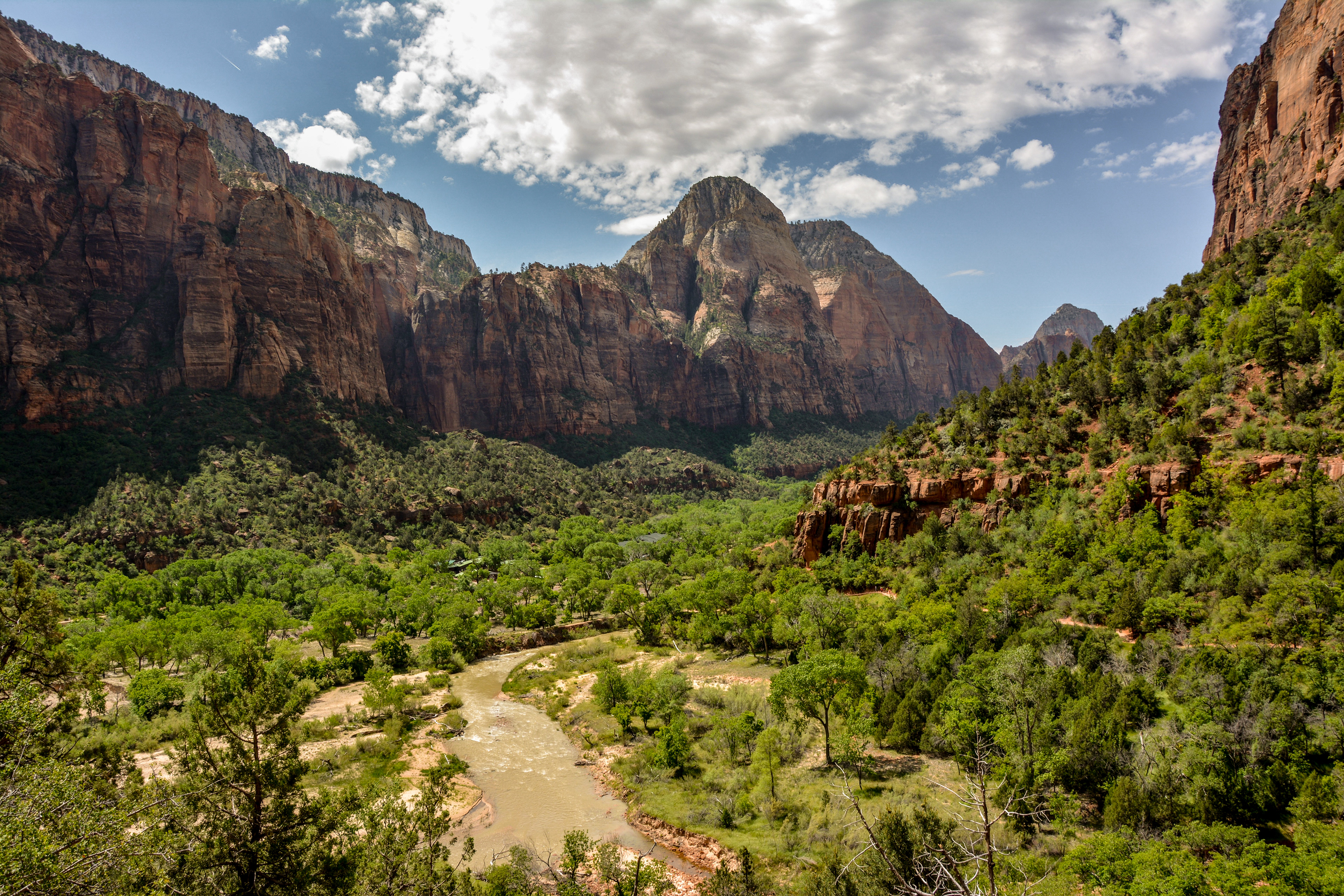
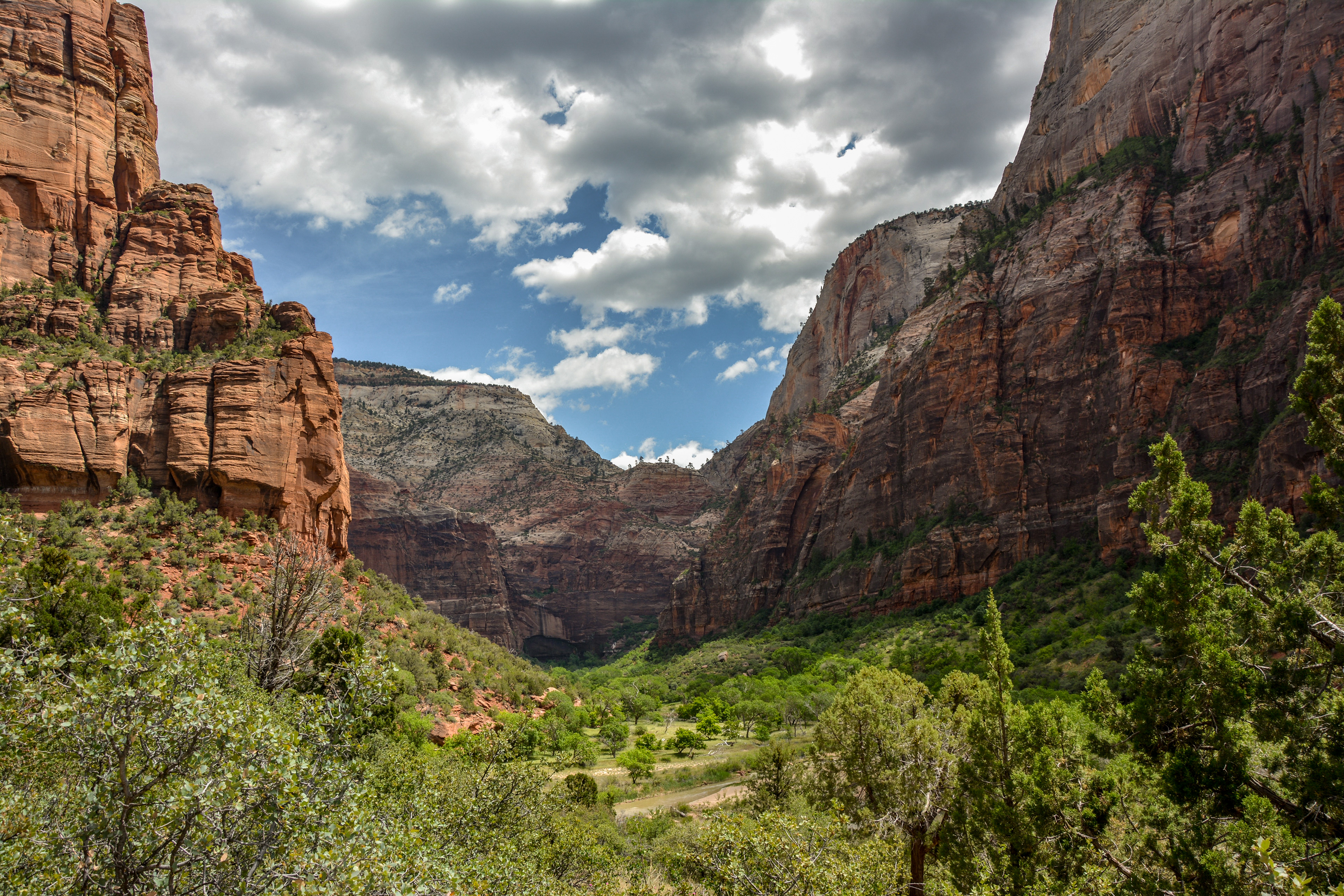
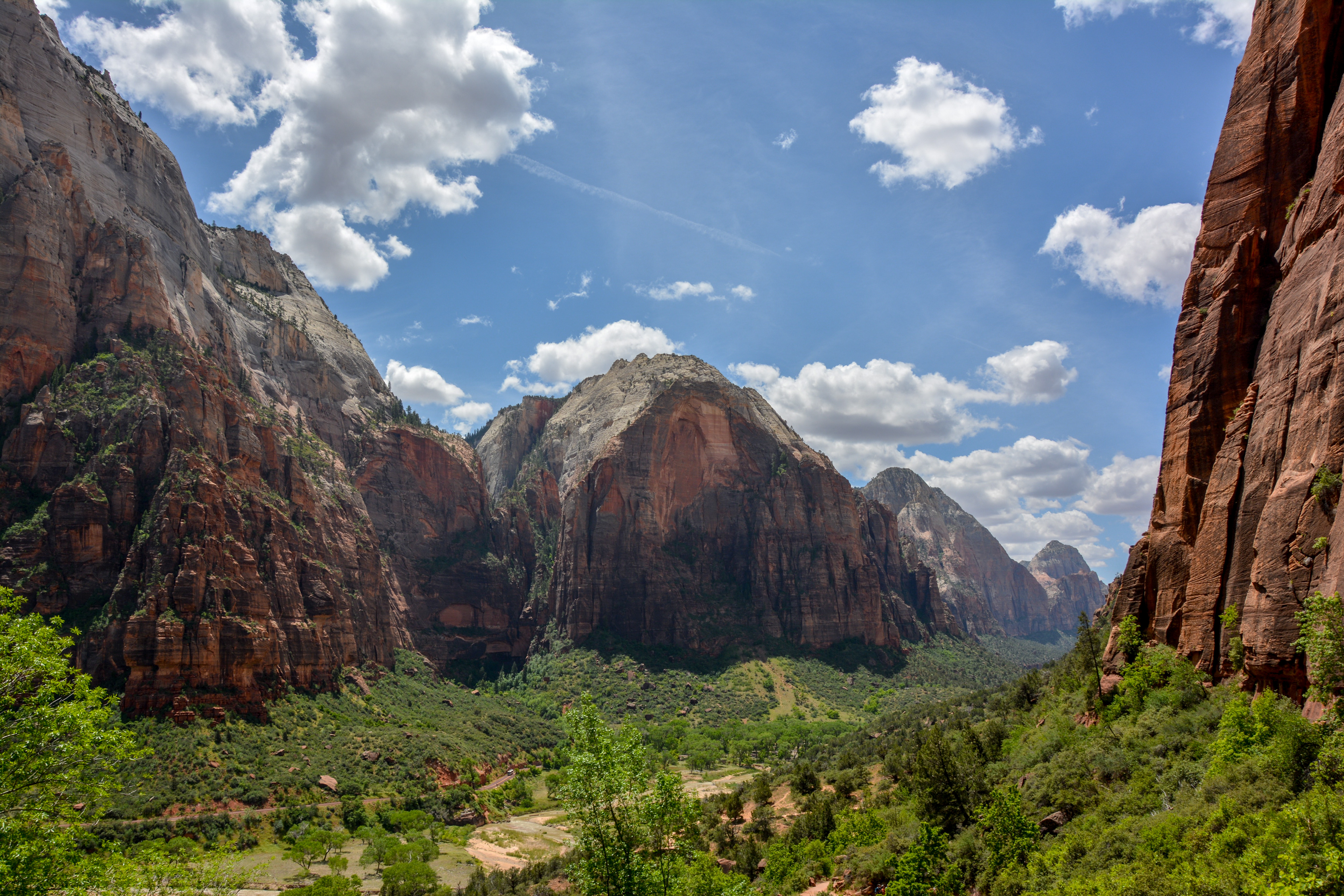
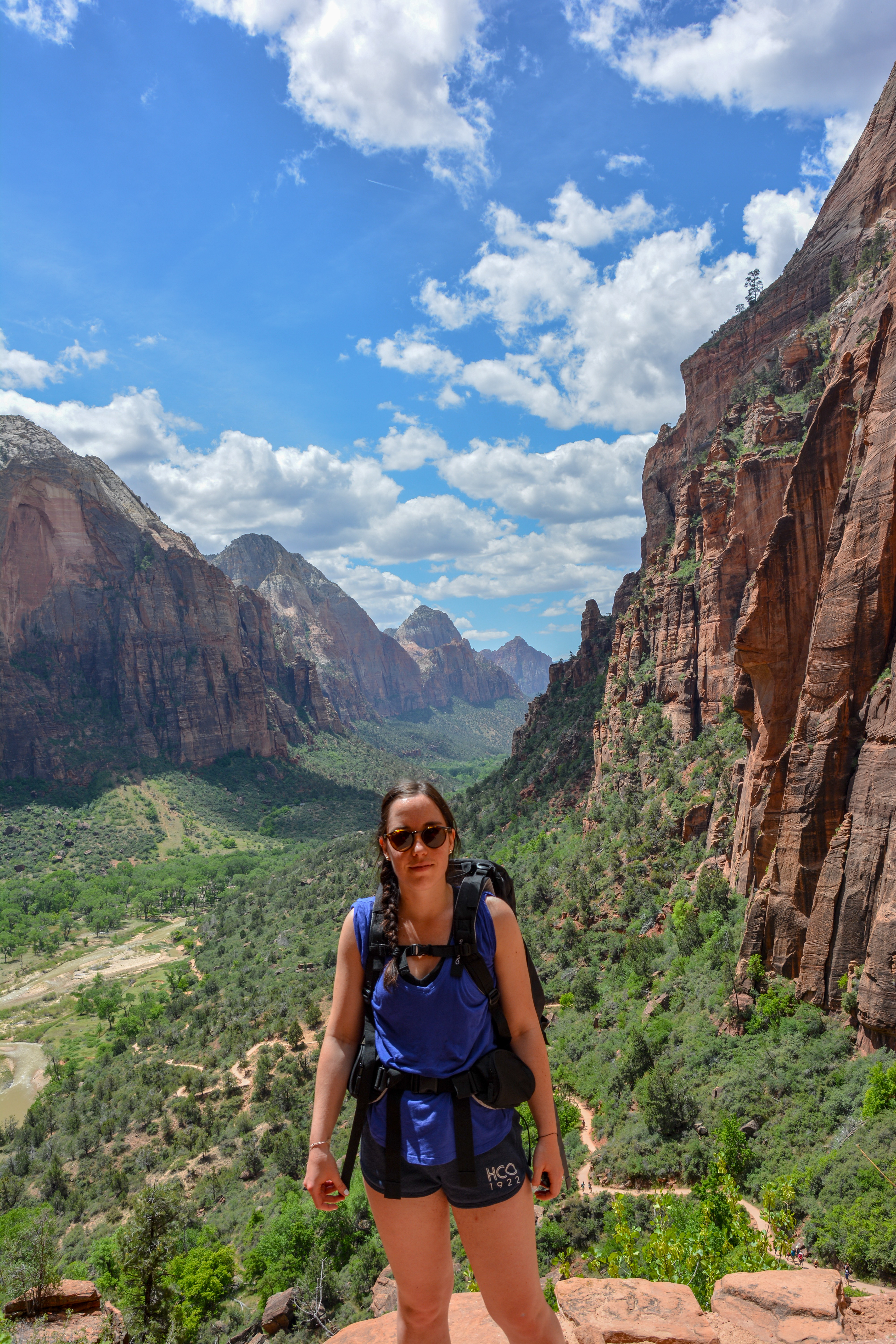
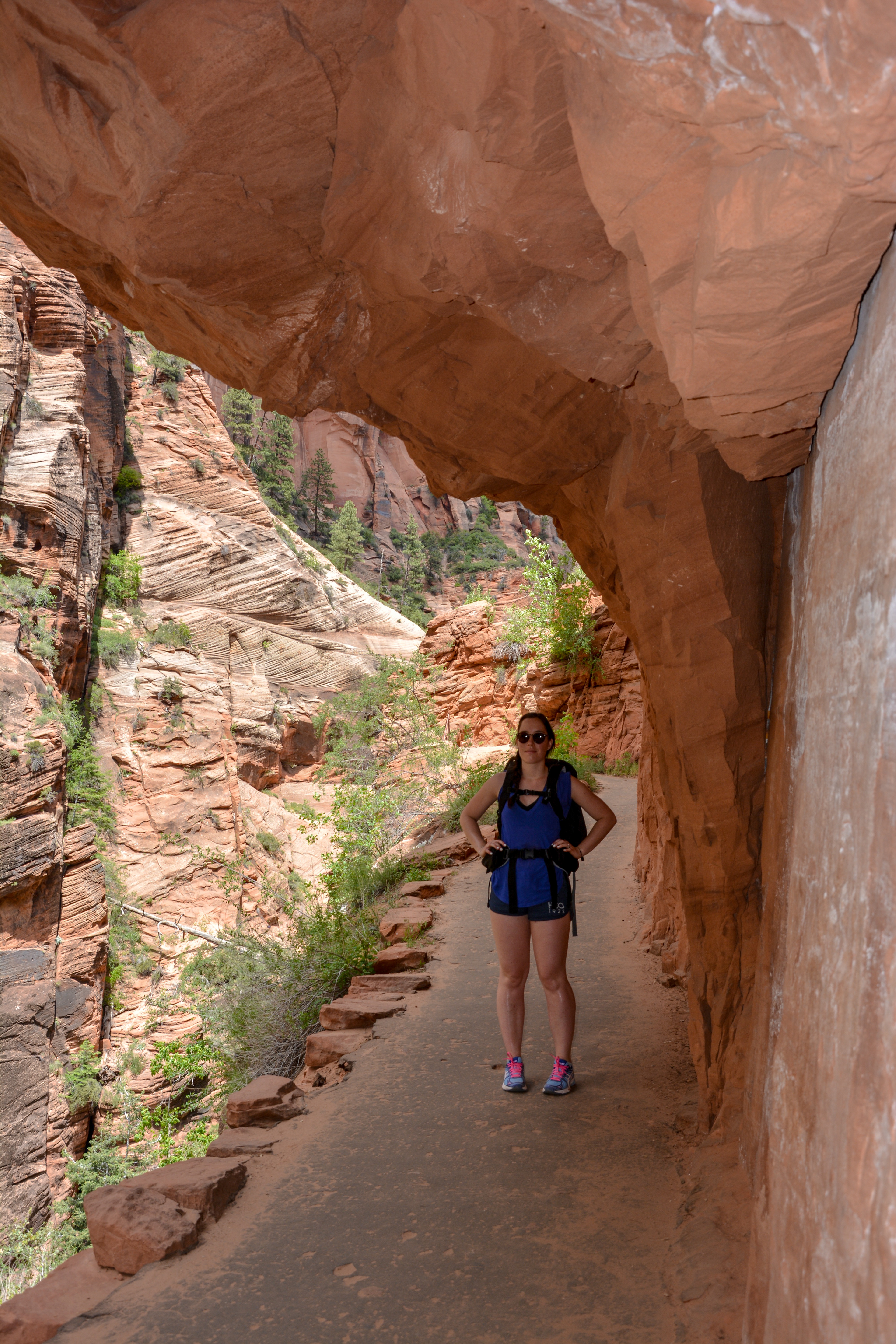

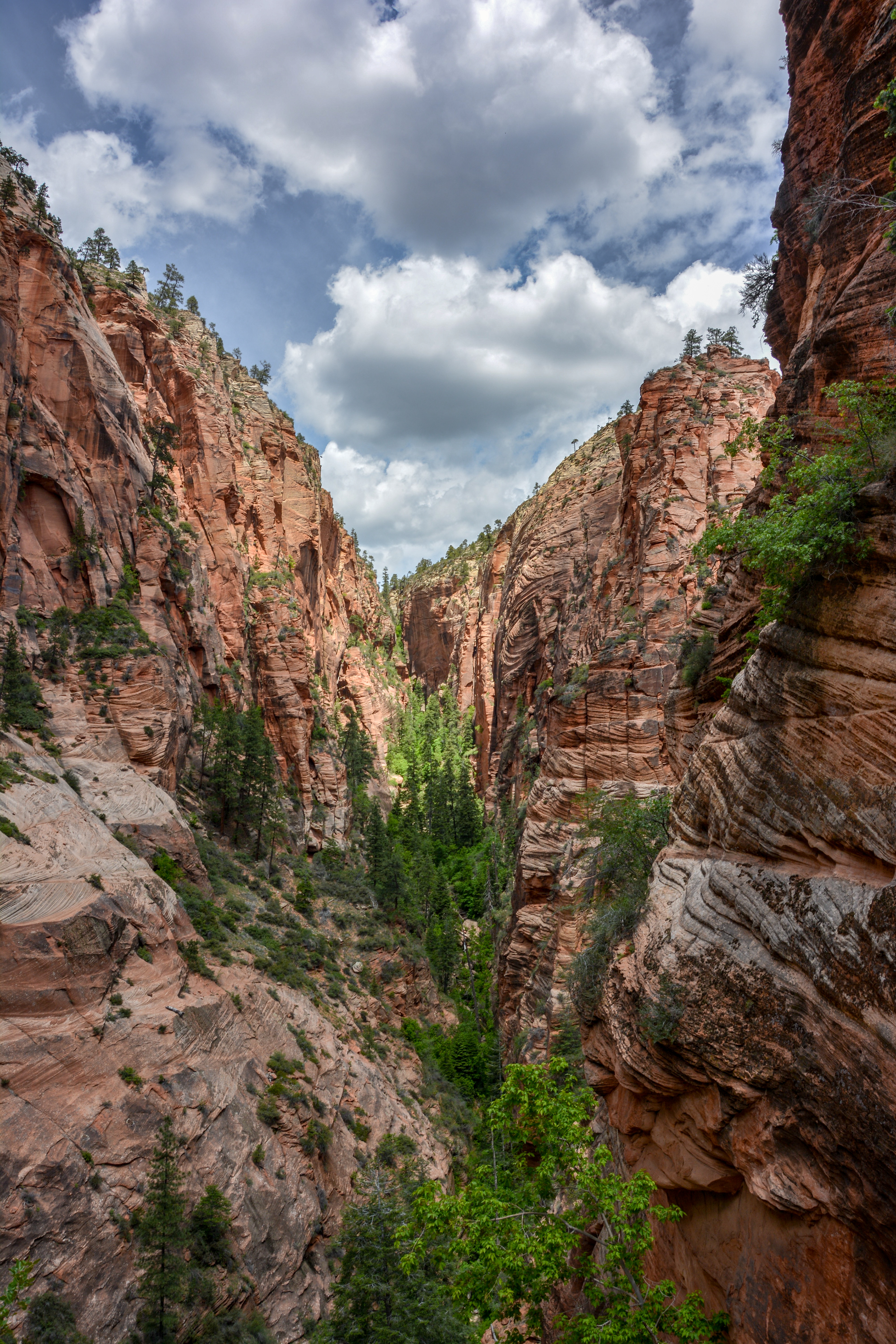
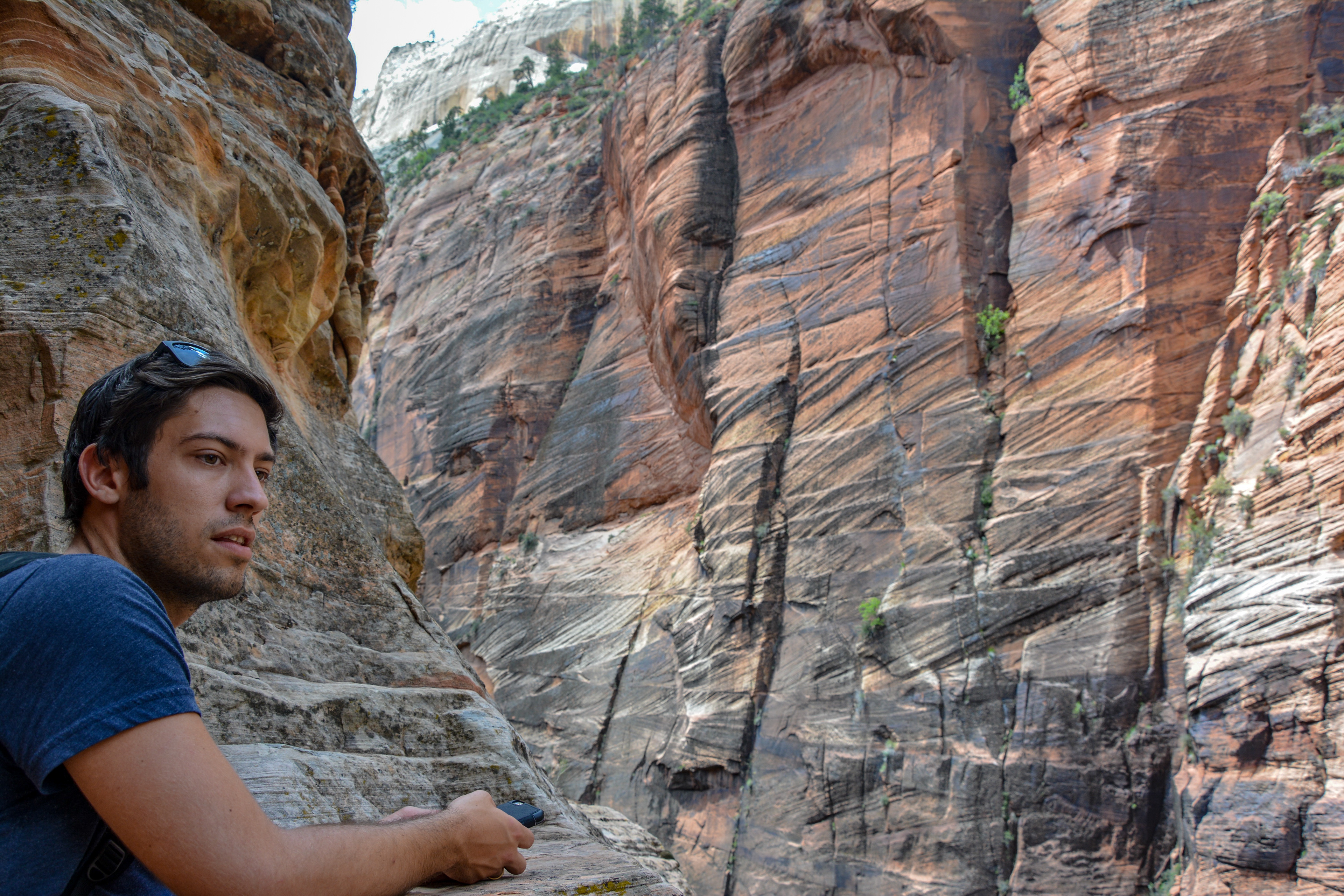
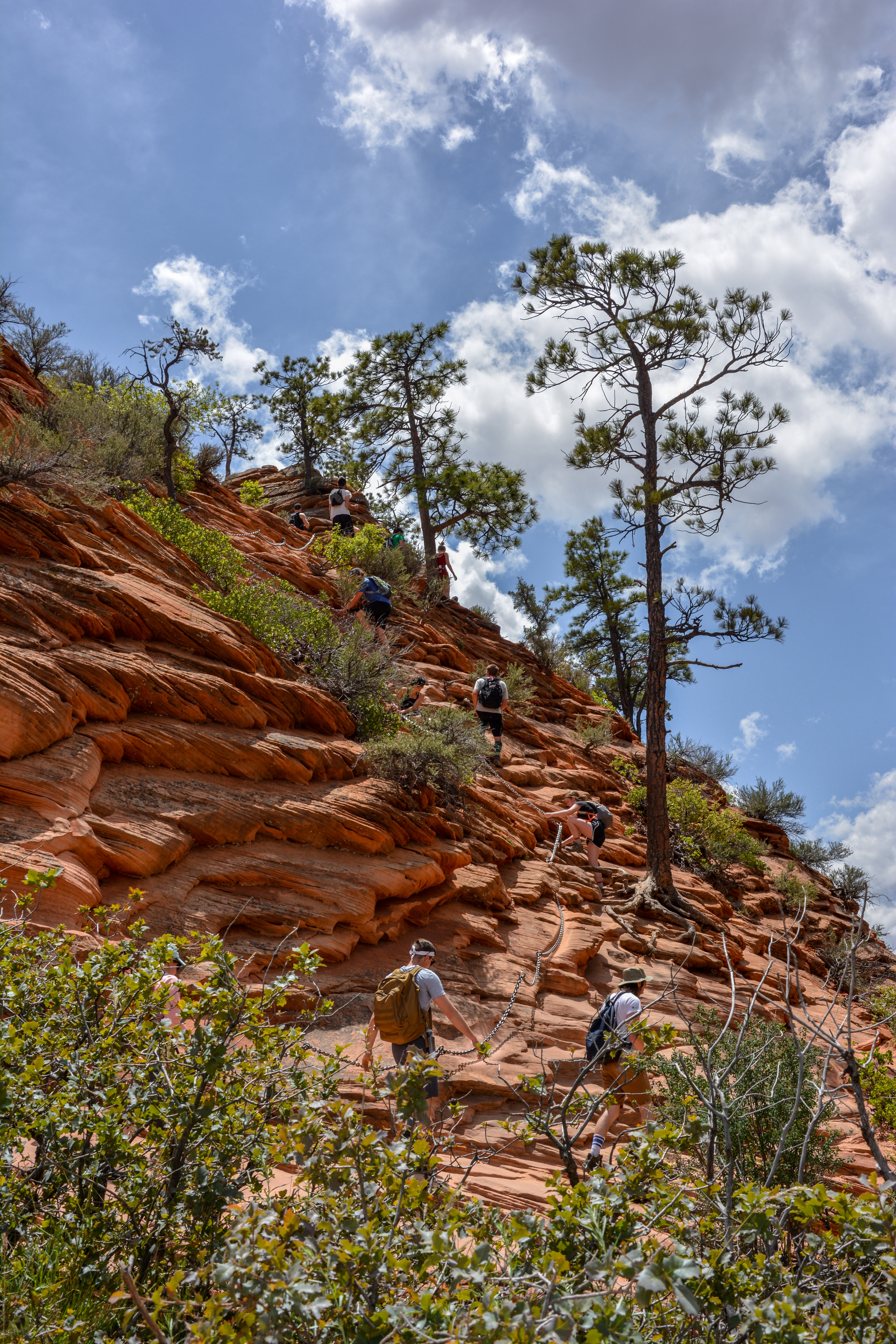
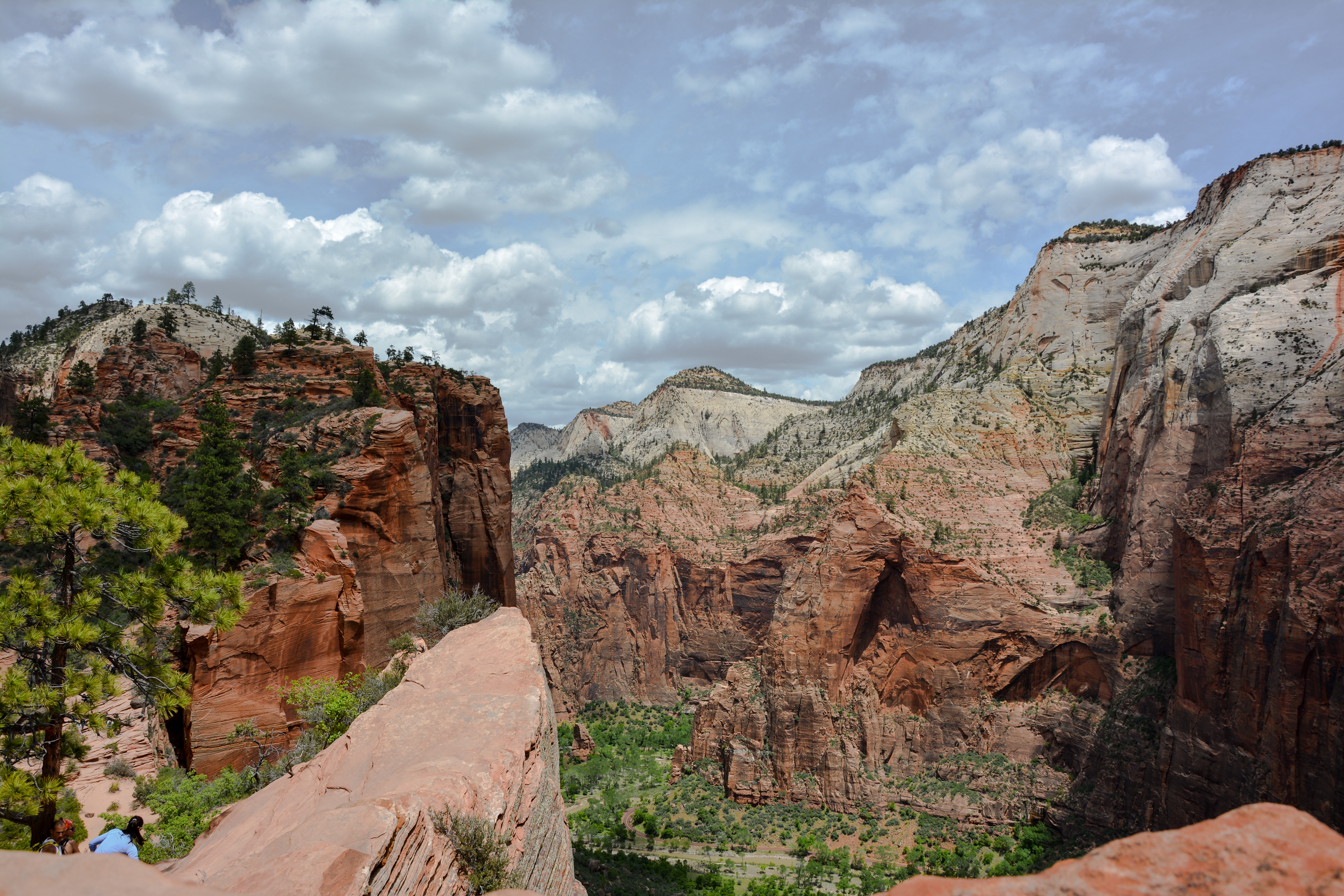


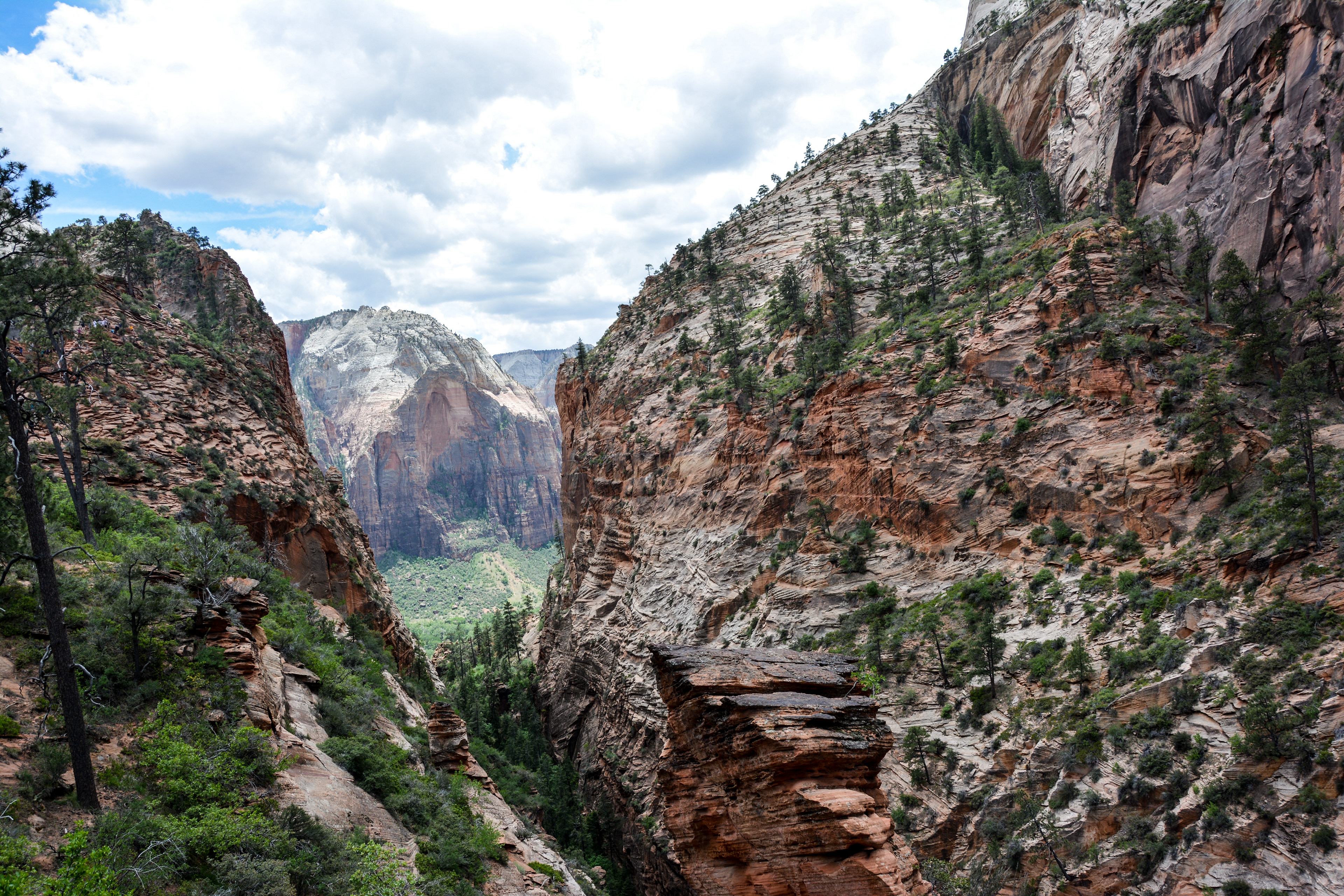
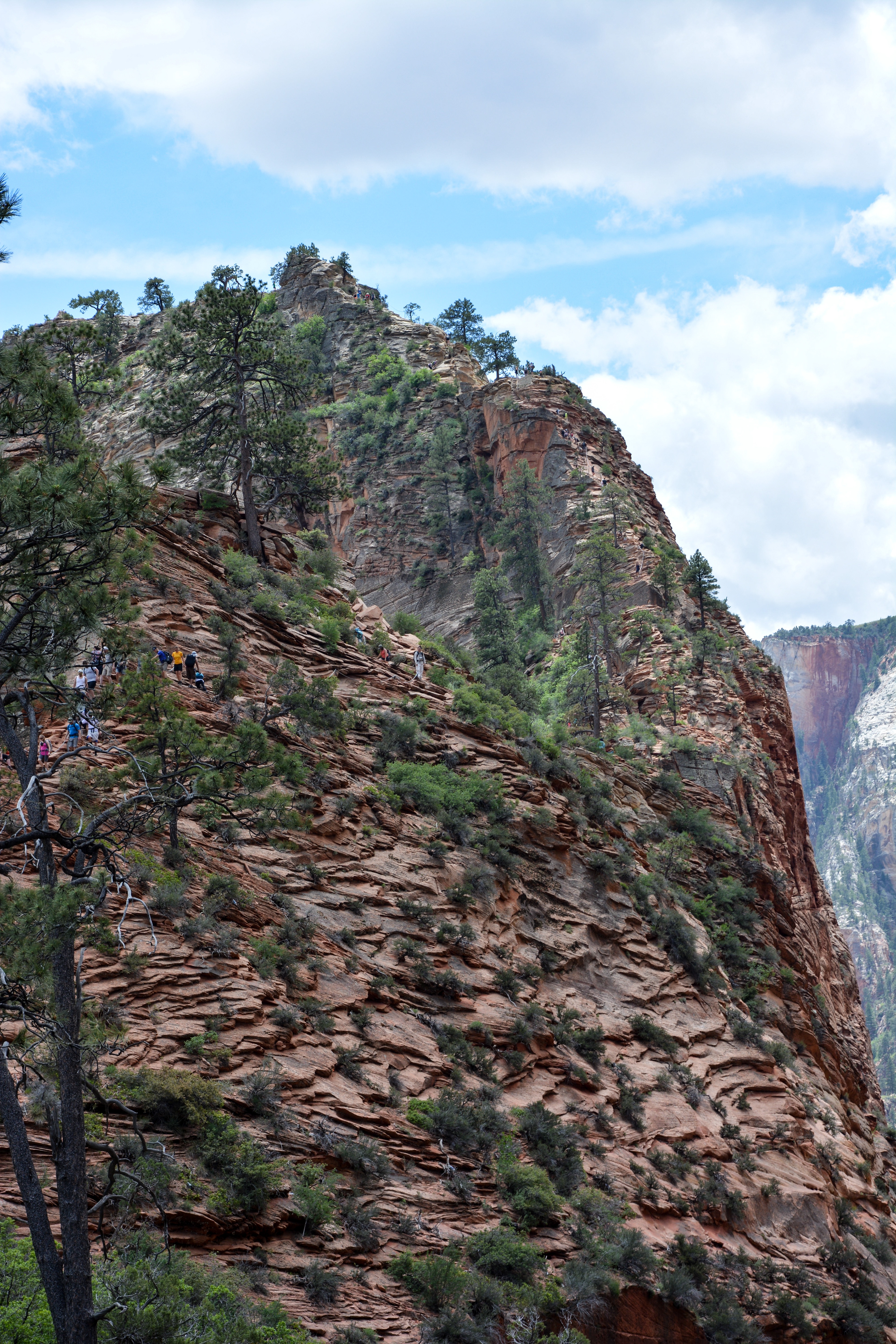
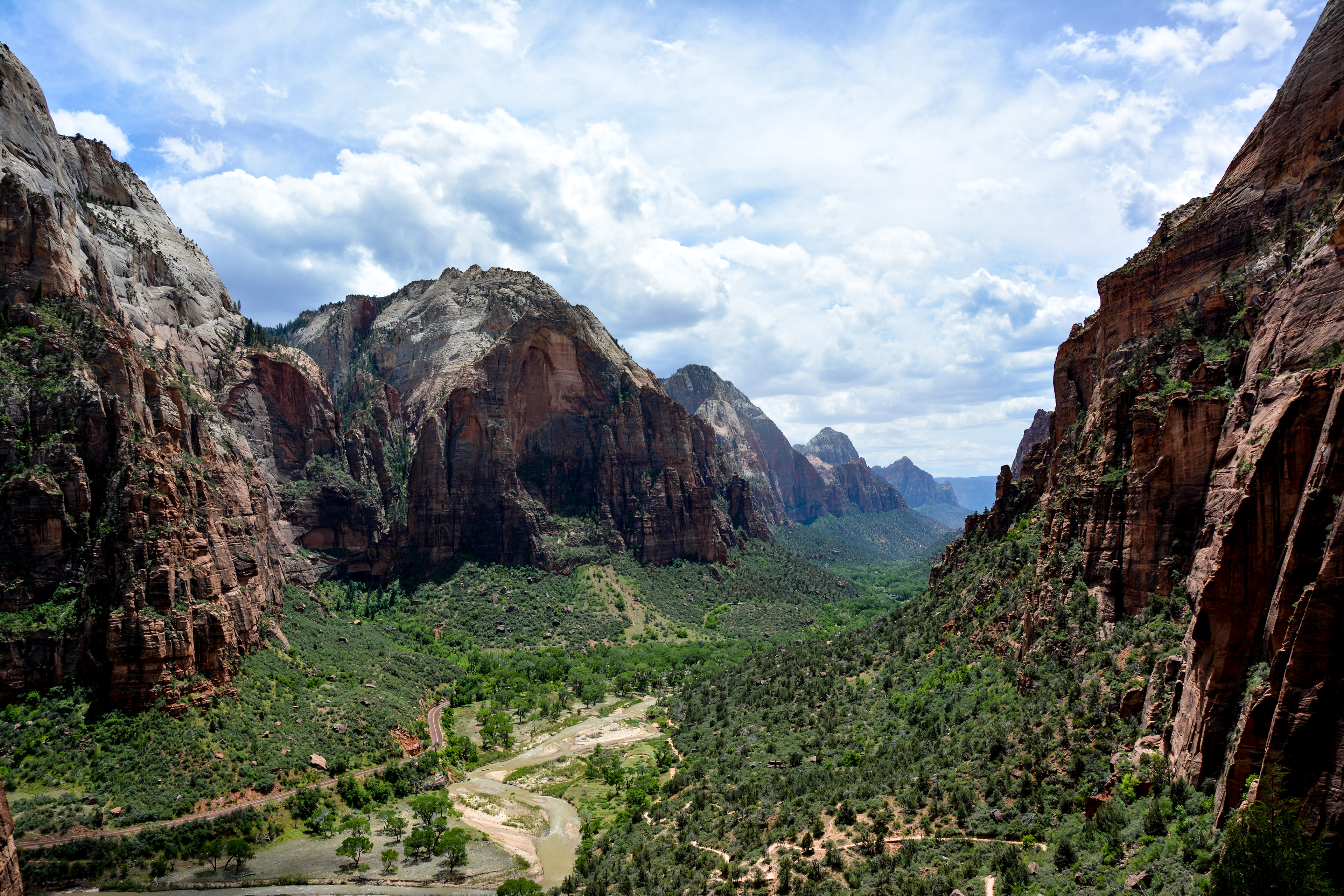




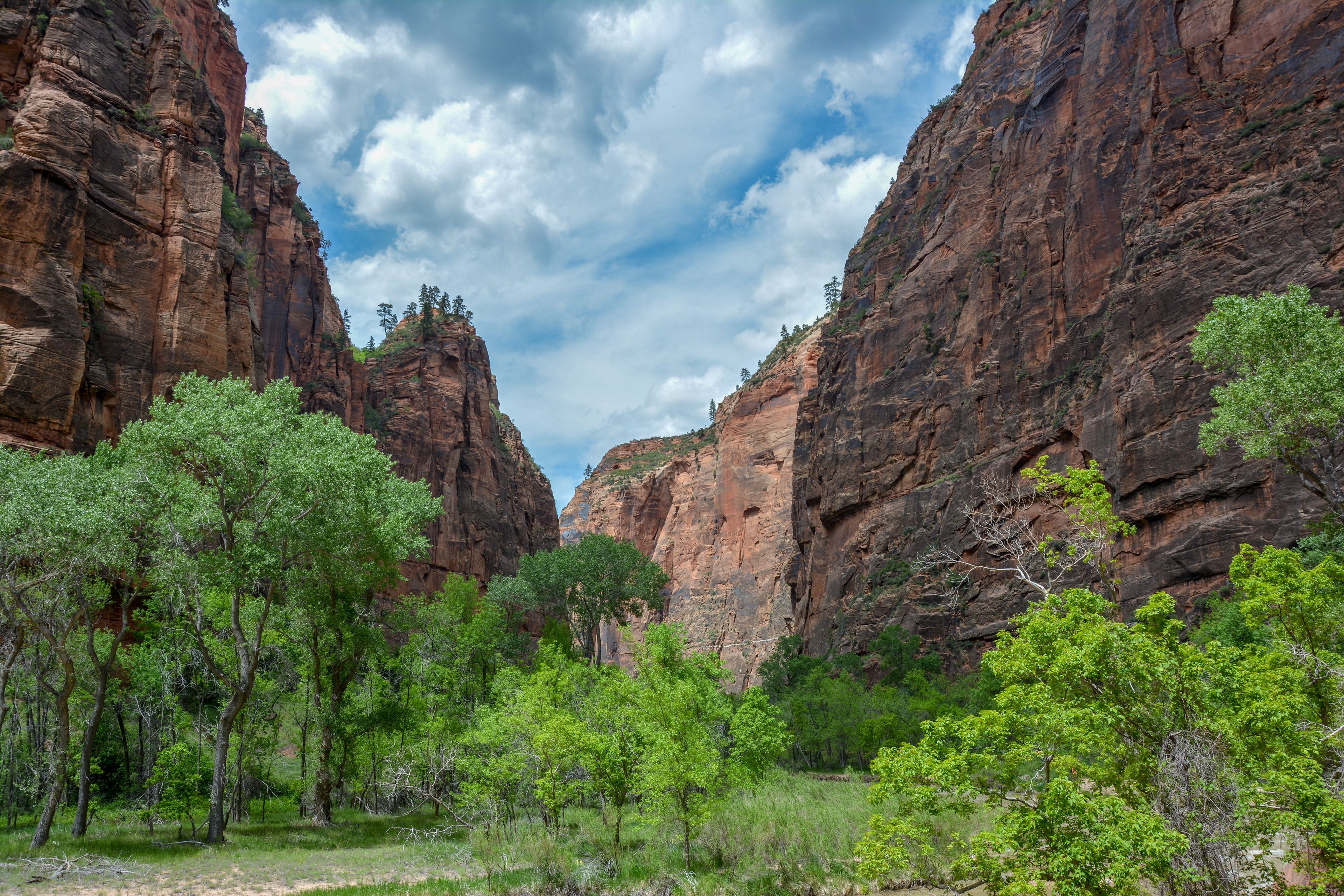
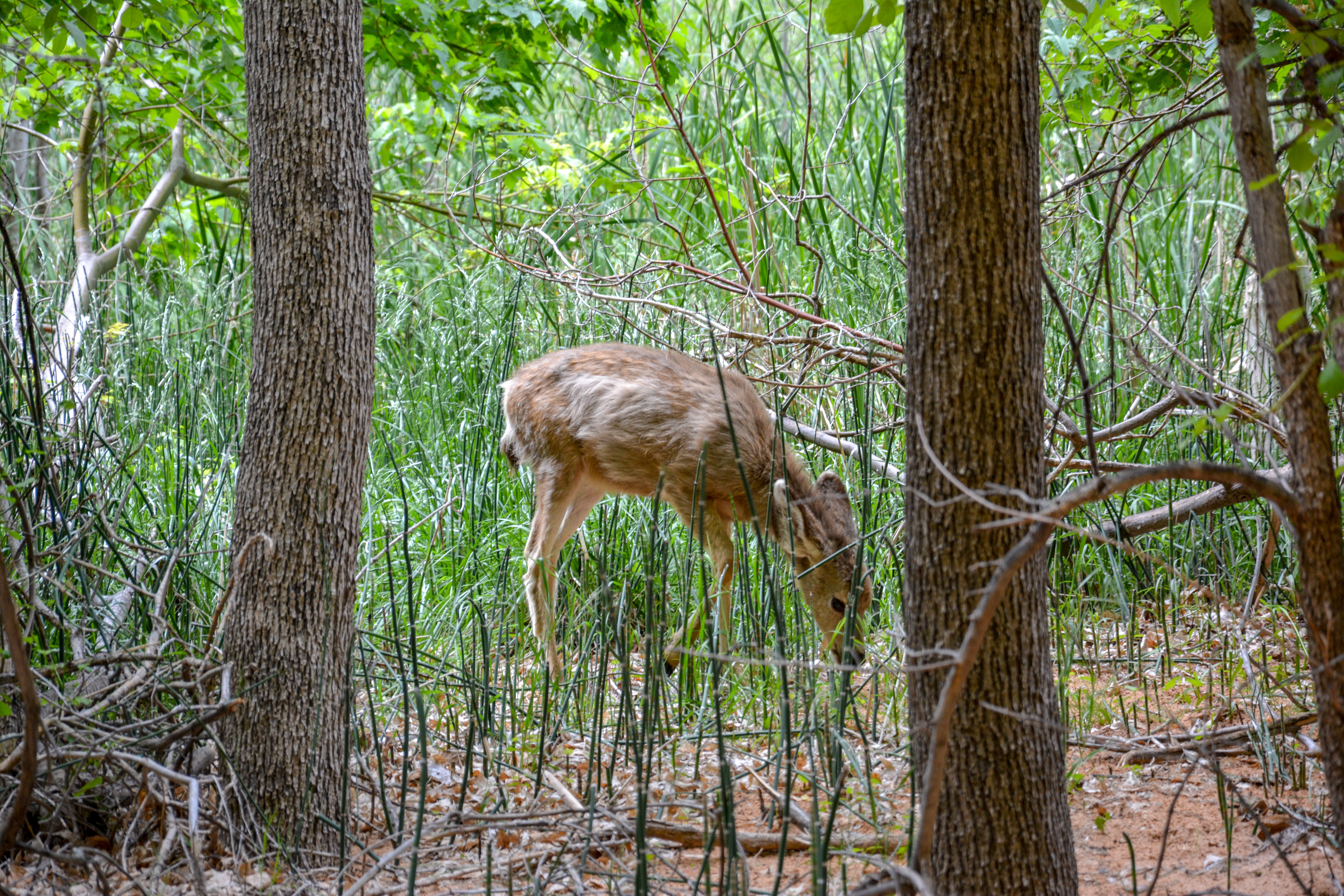

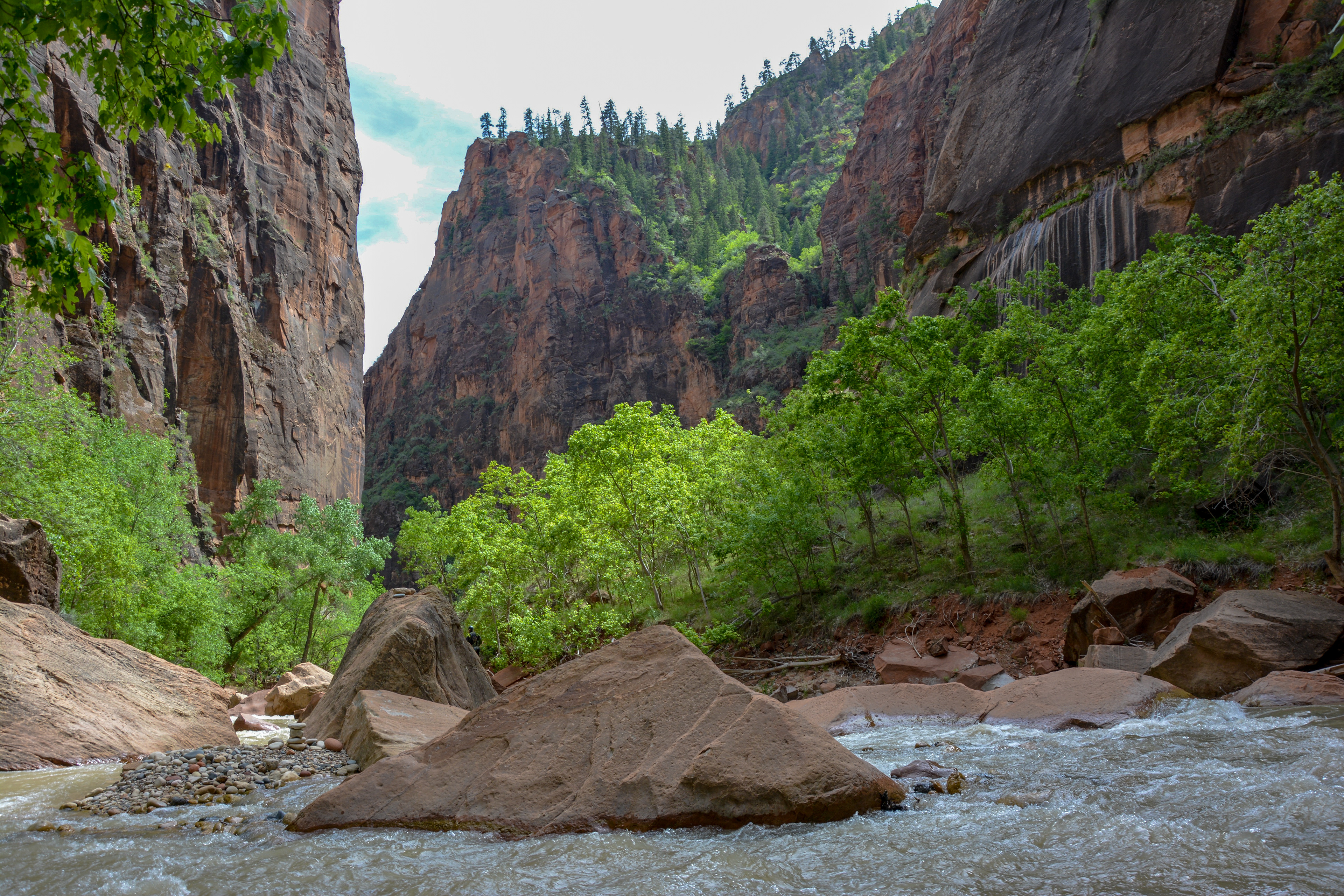


Bryce Canyon National Park
Hoodoos (irregular columns of rock) exist on every continent, but here is the largest concentration found anywhere on Earth. Situated along a high plateau at the top of the Grand Staircase, the park's high elevations include numerous life communities, fantastic dark skies, and geological wonders that defy description
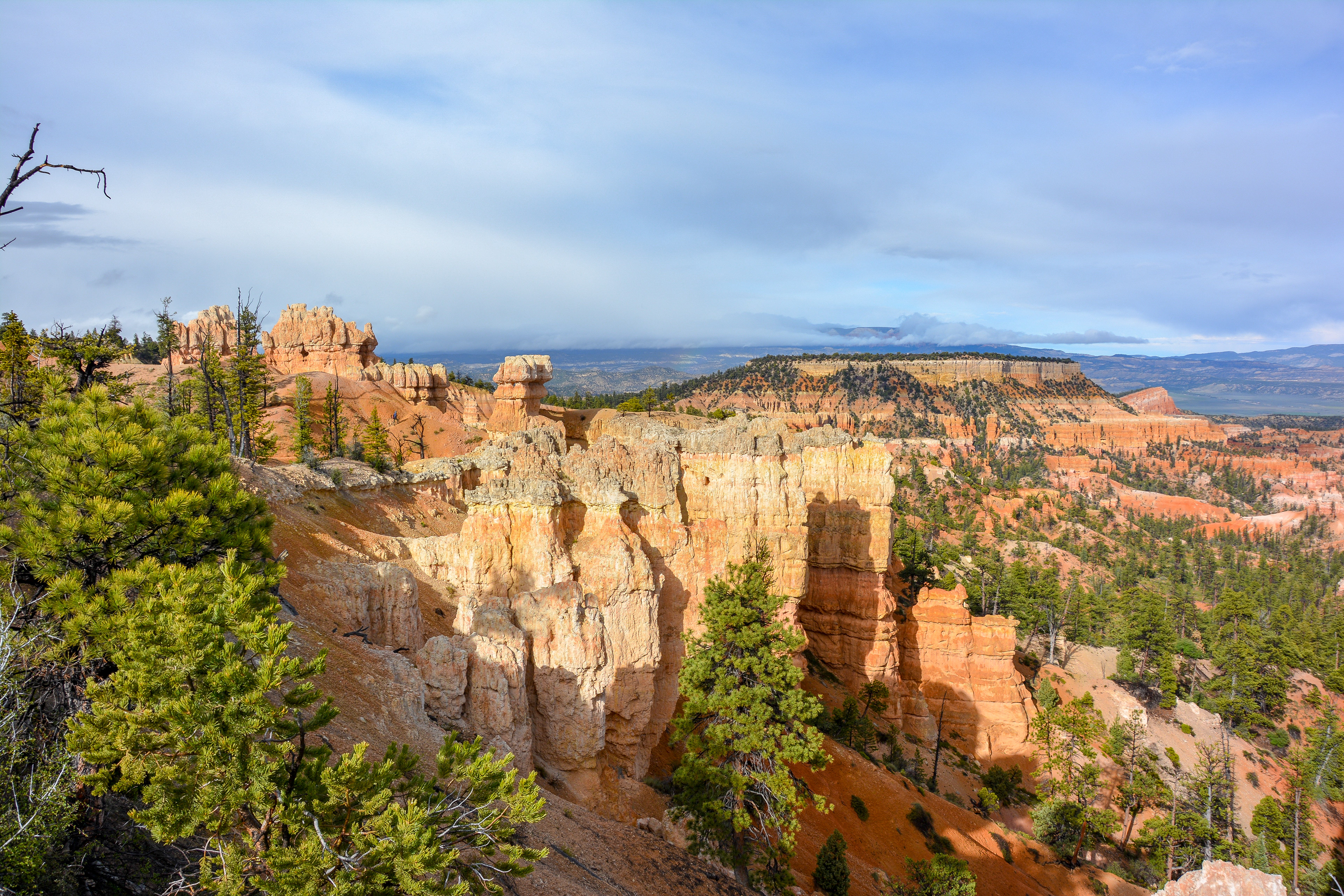
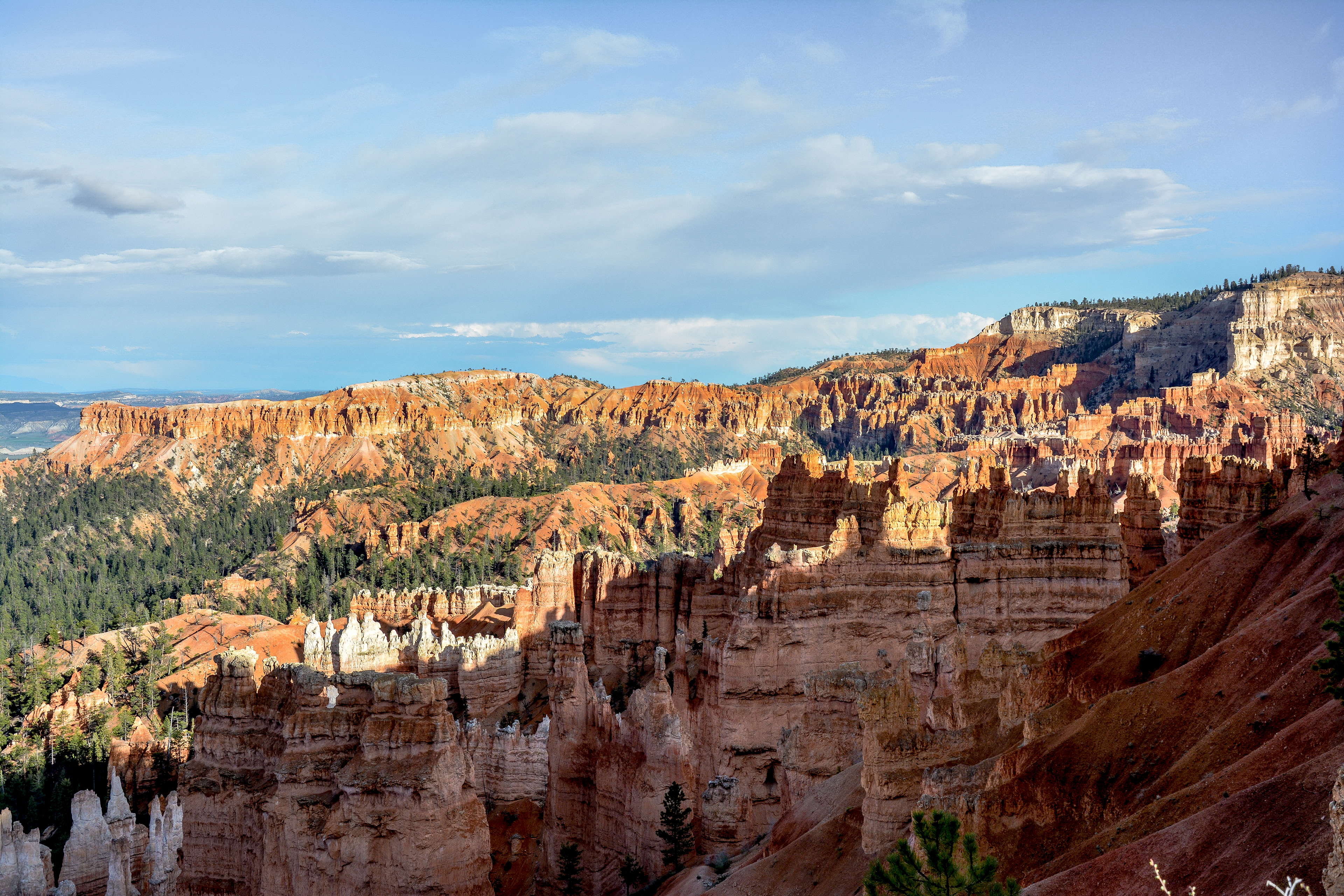
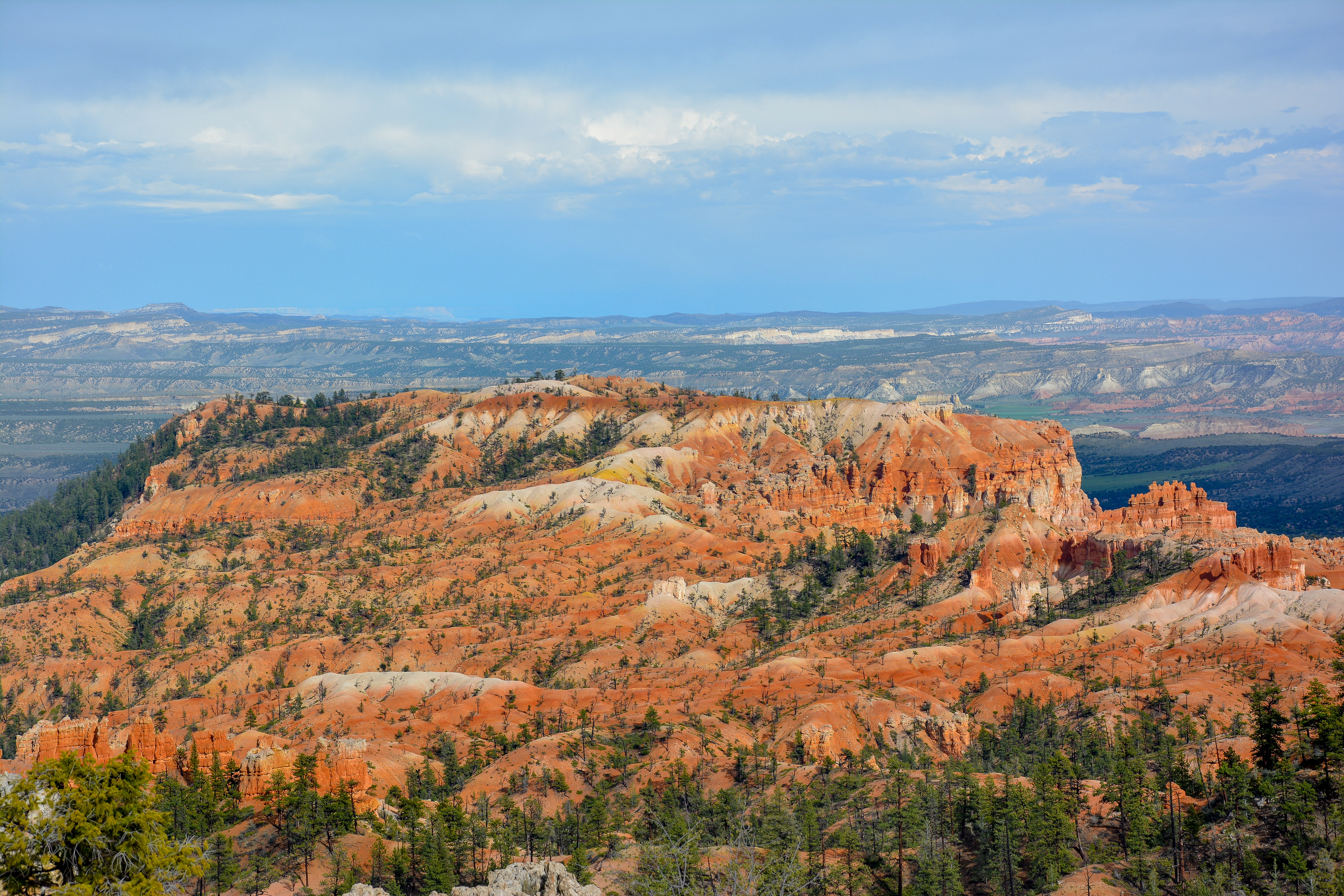
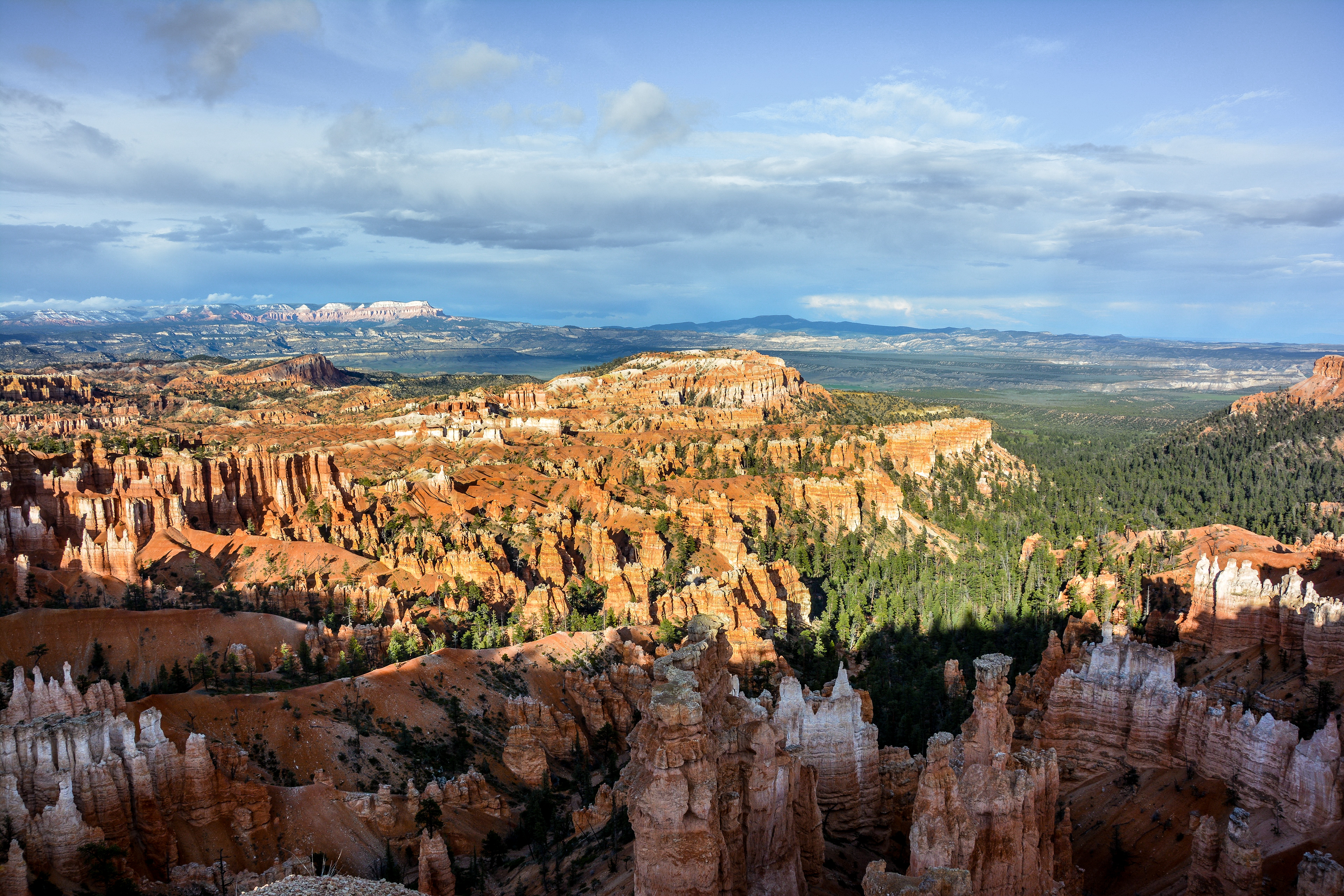

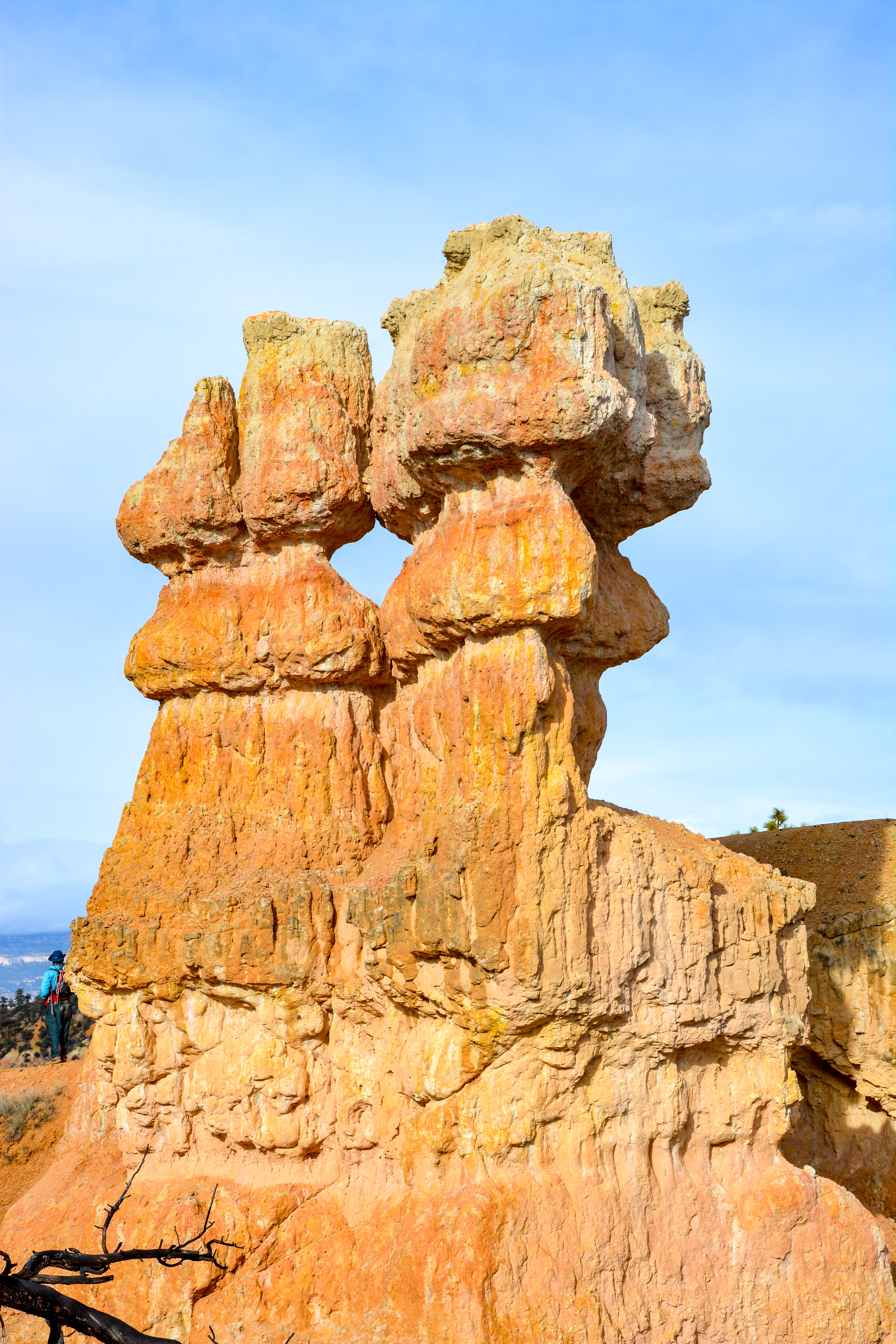
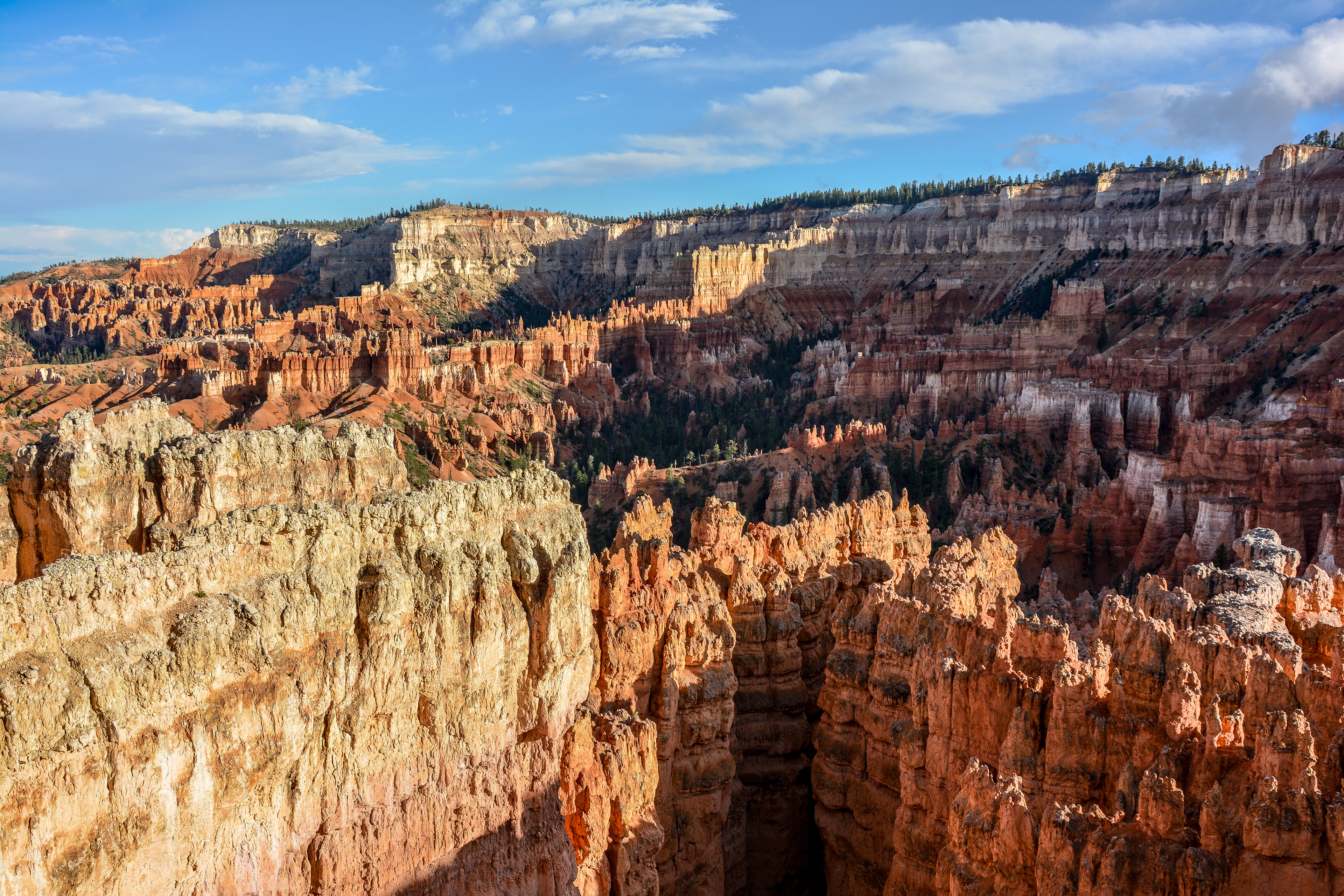


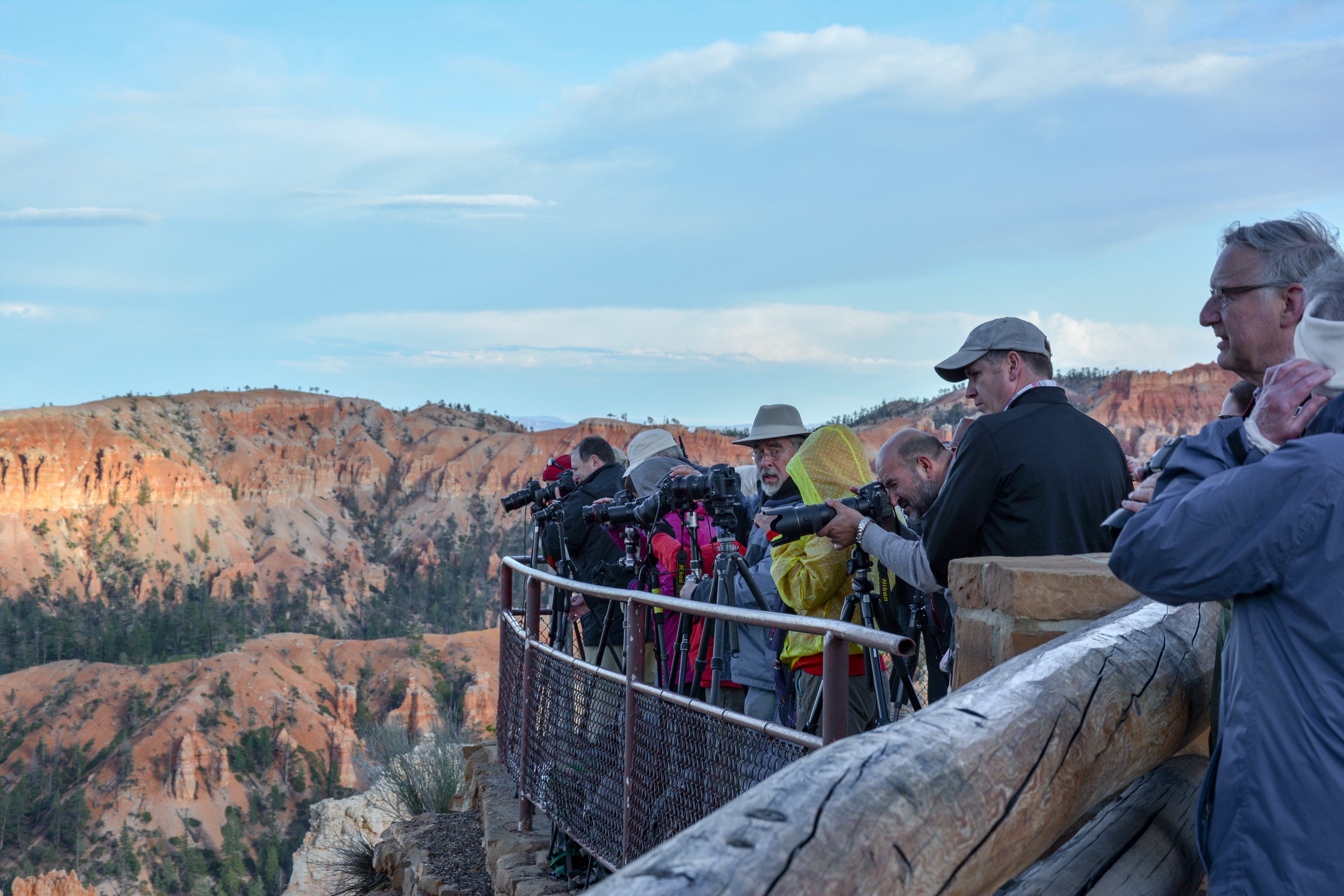

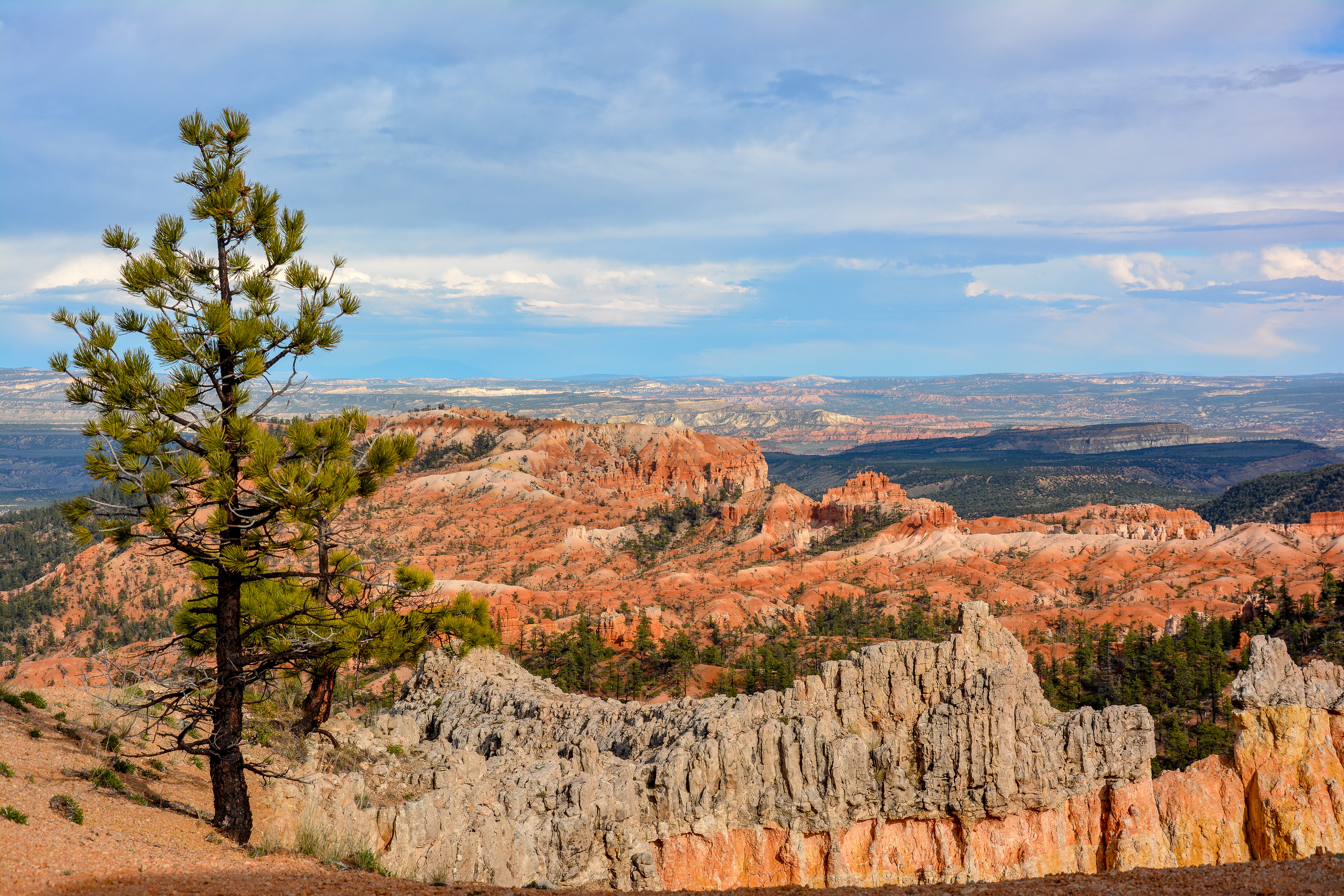
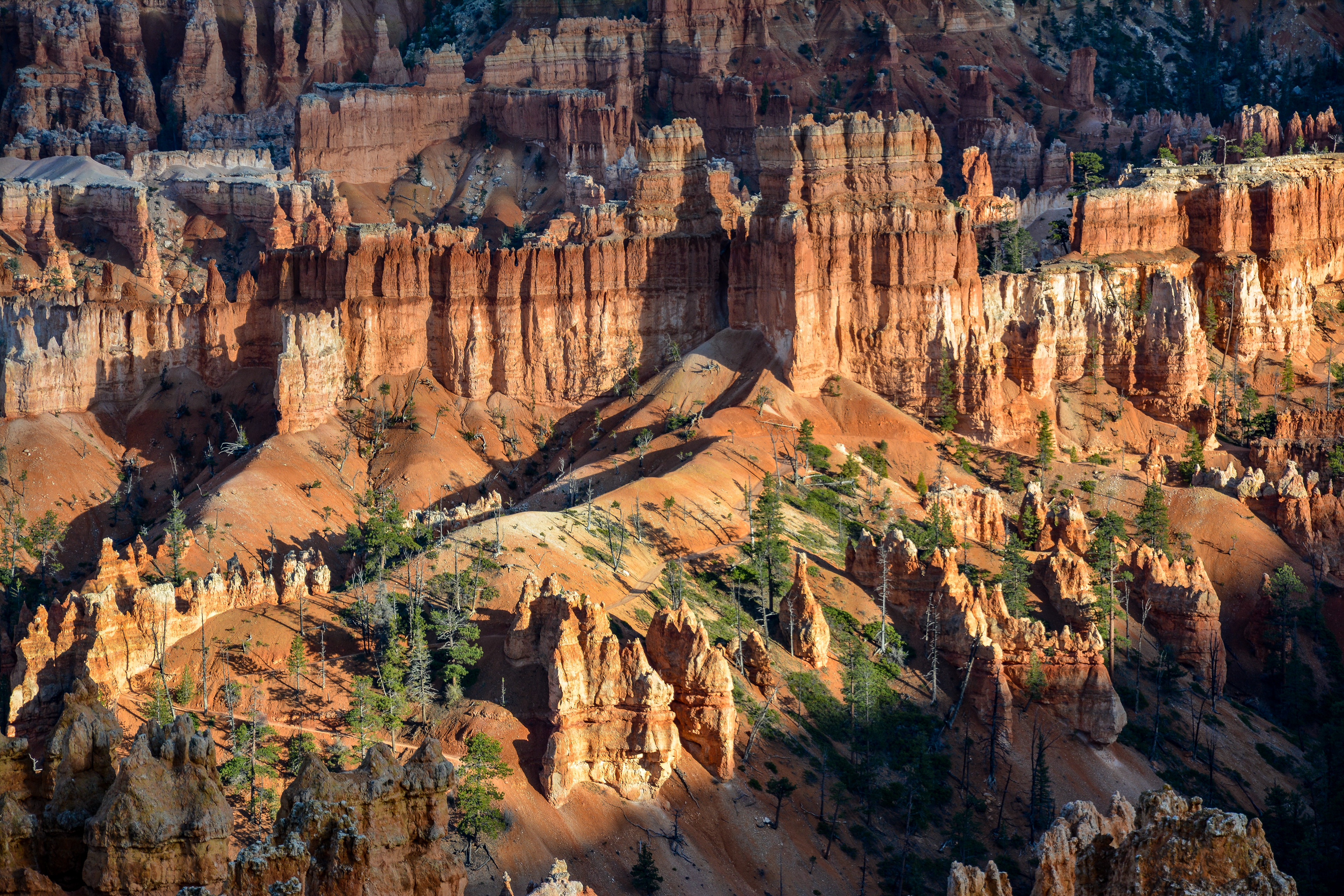
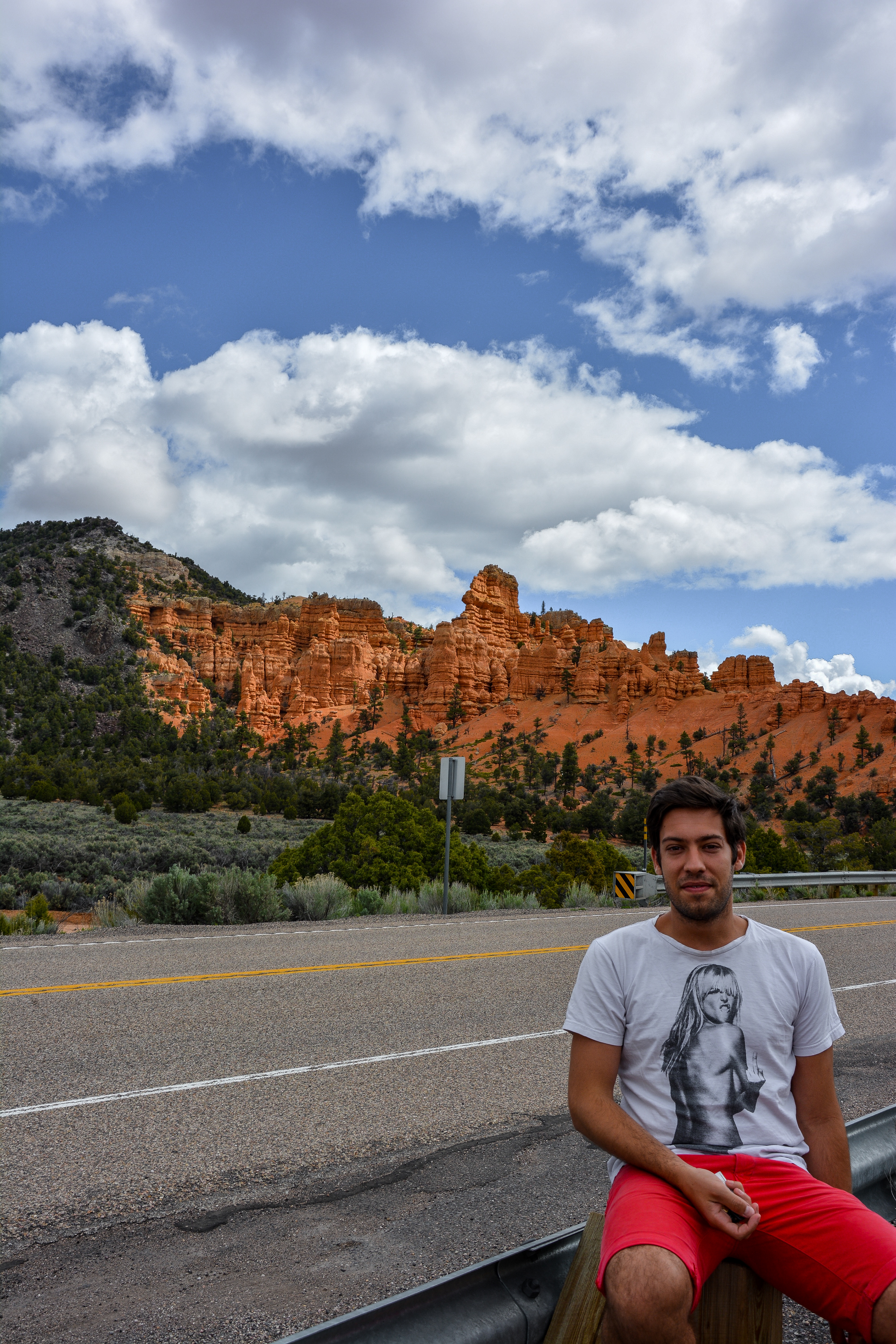
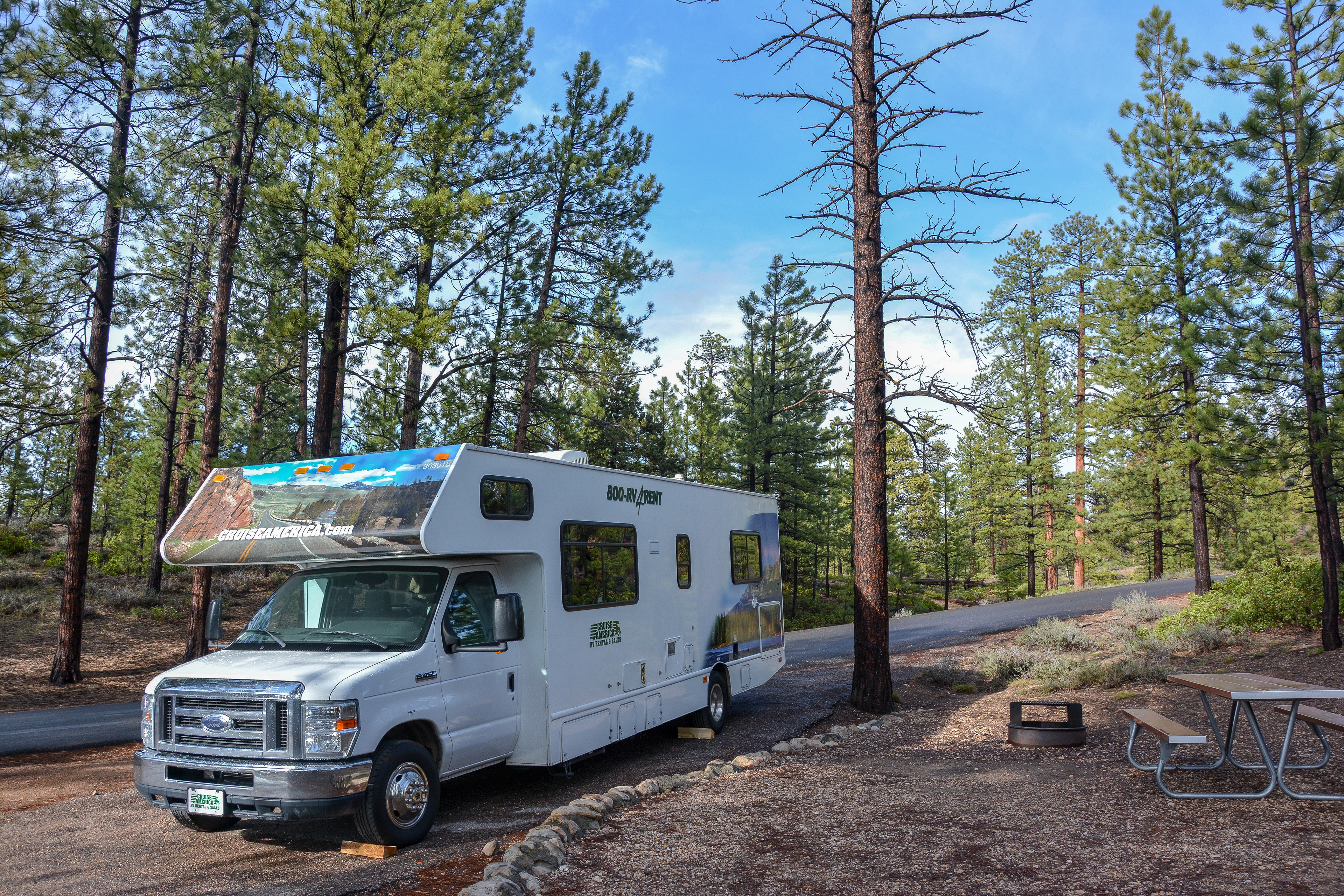

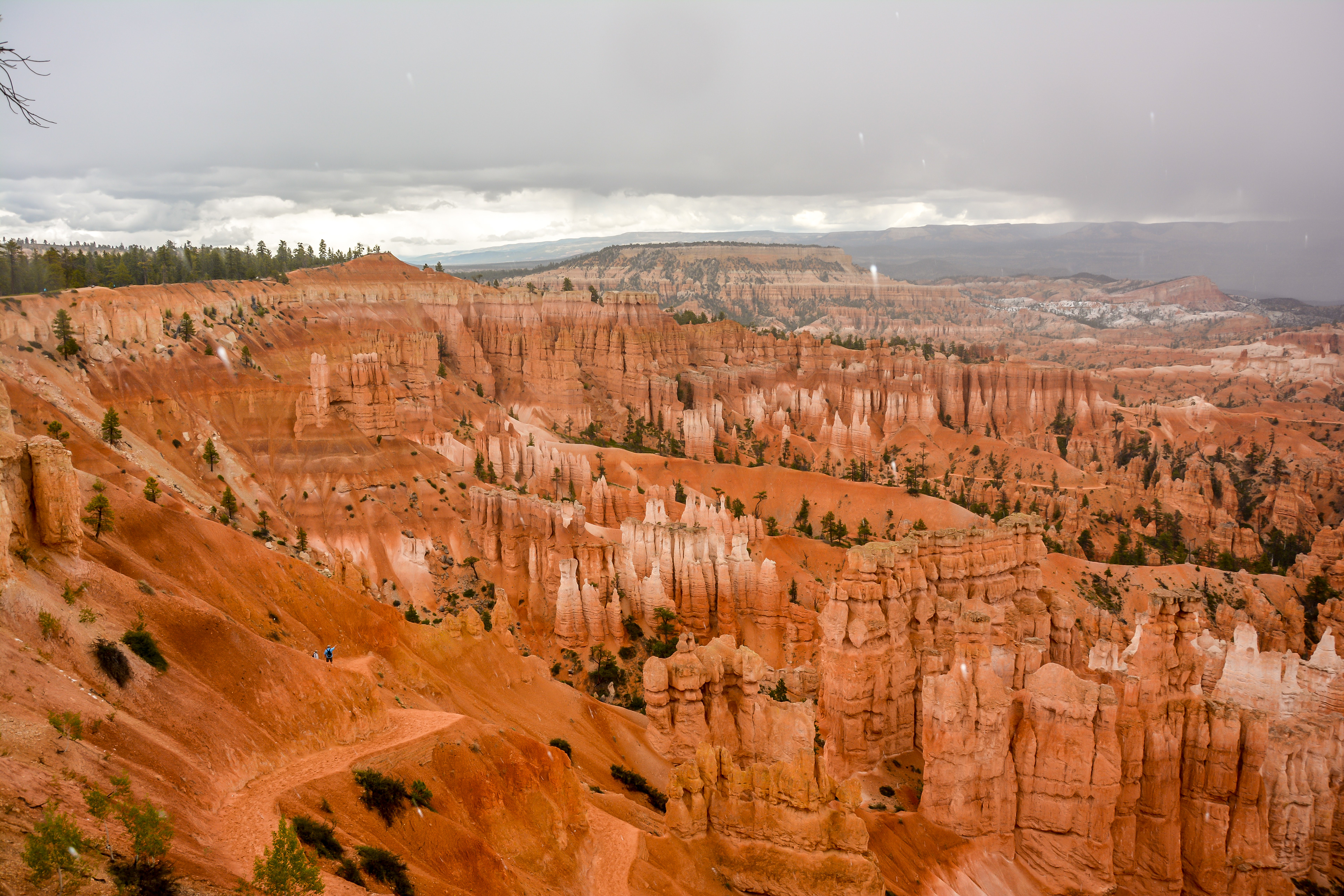
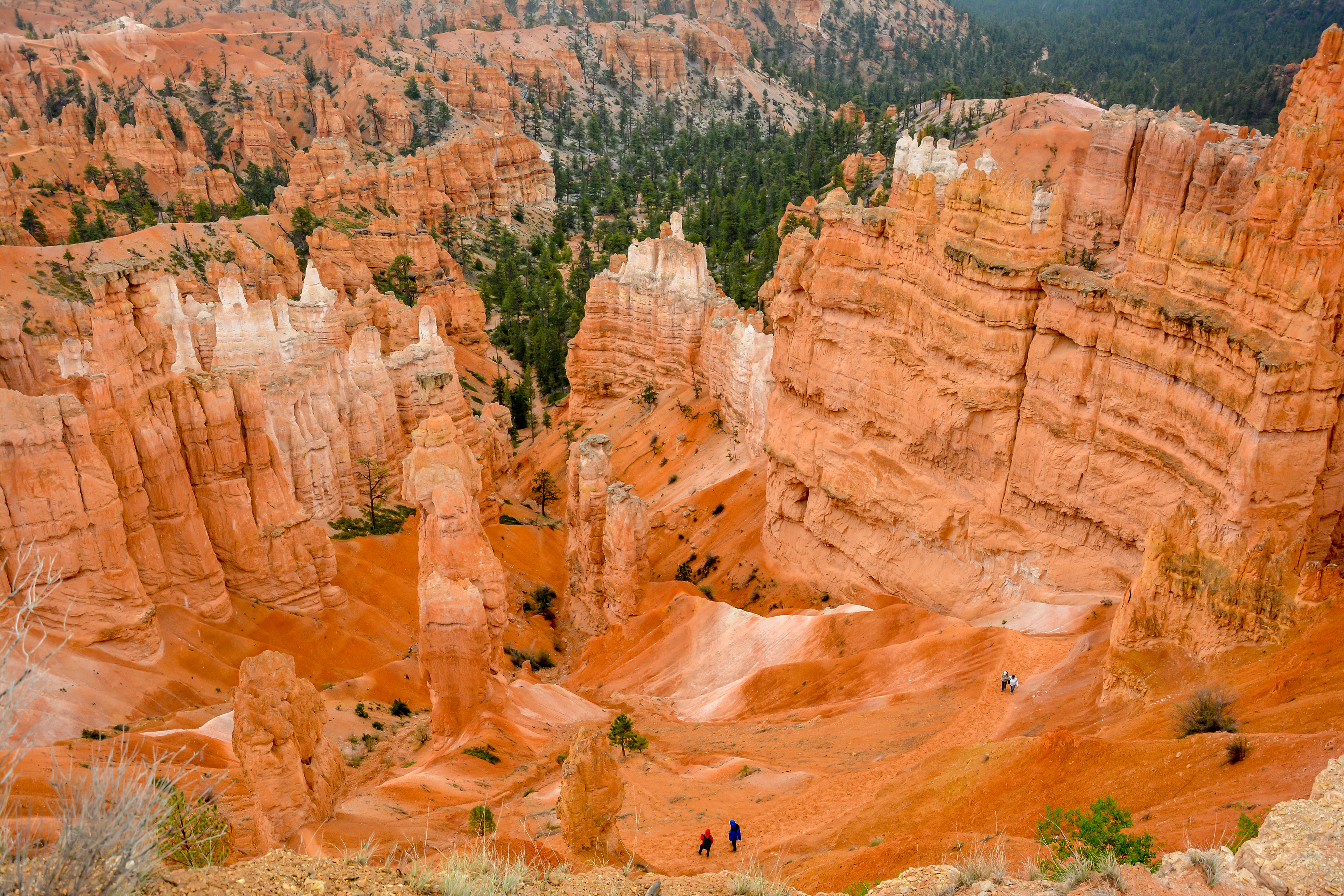
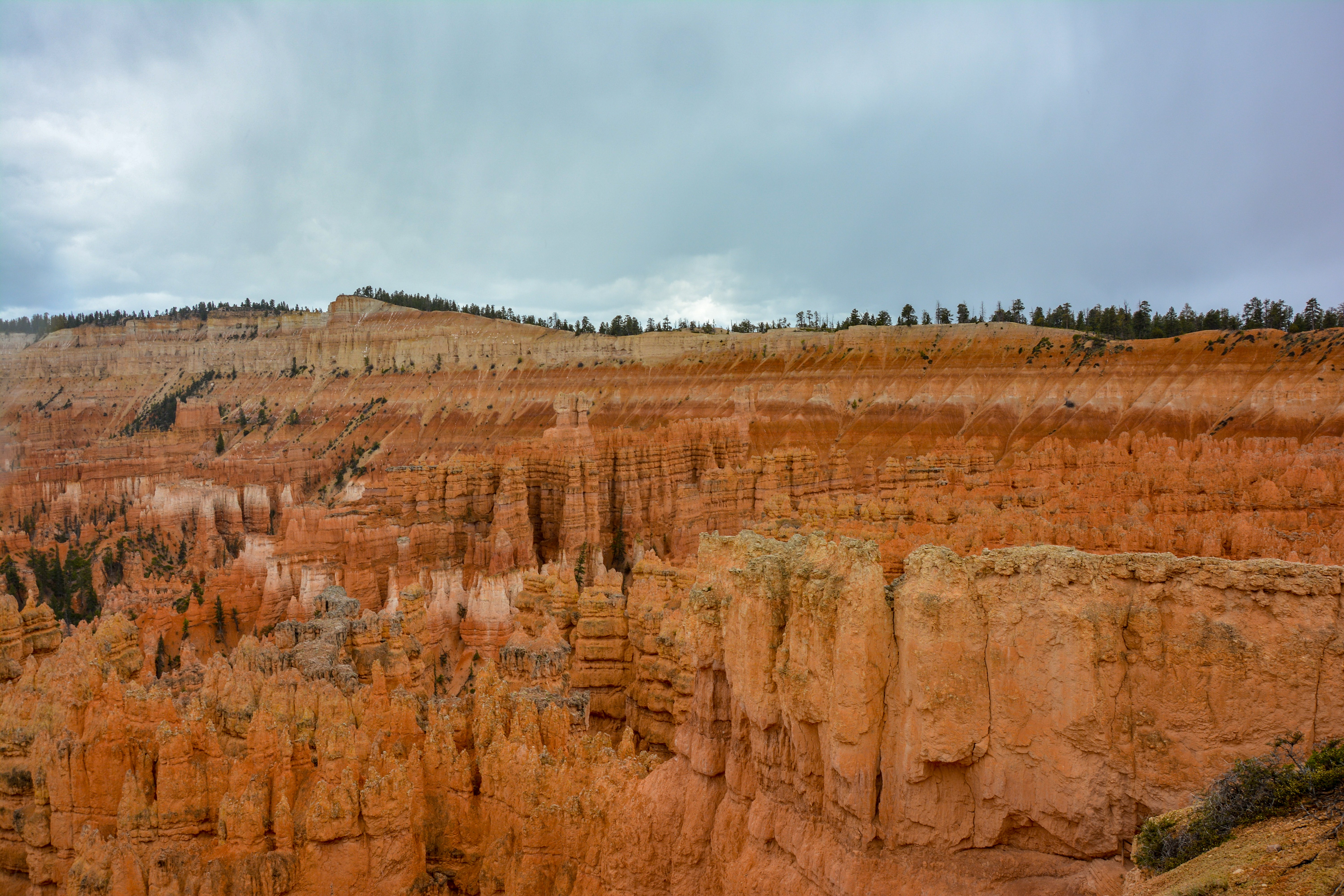
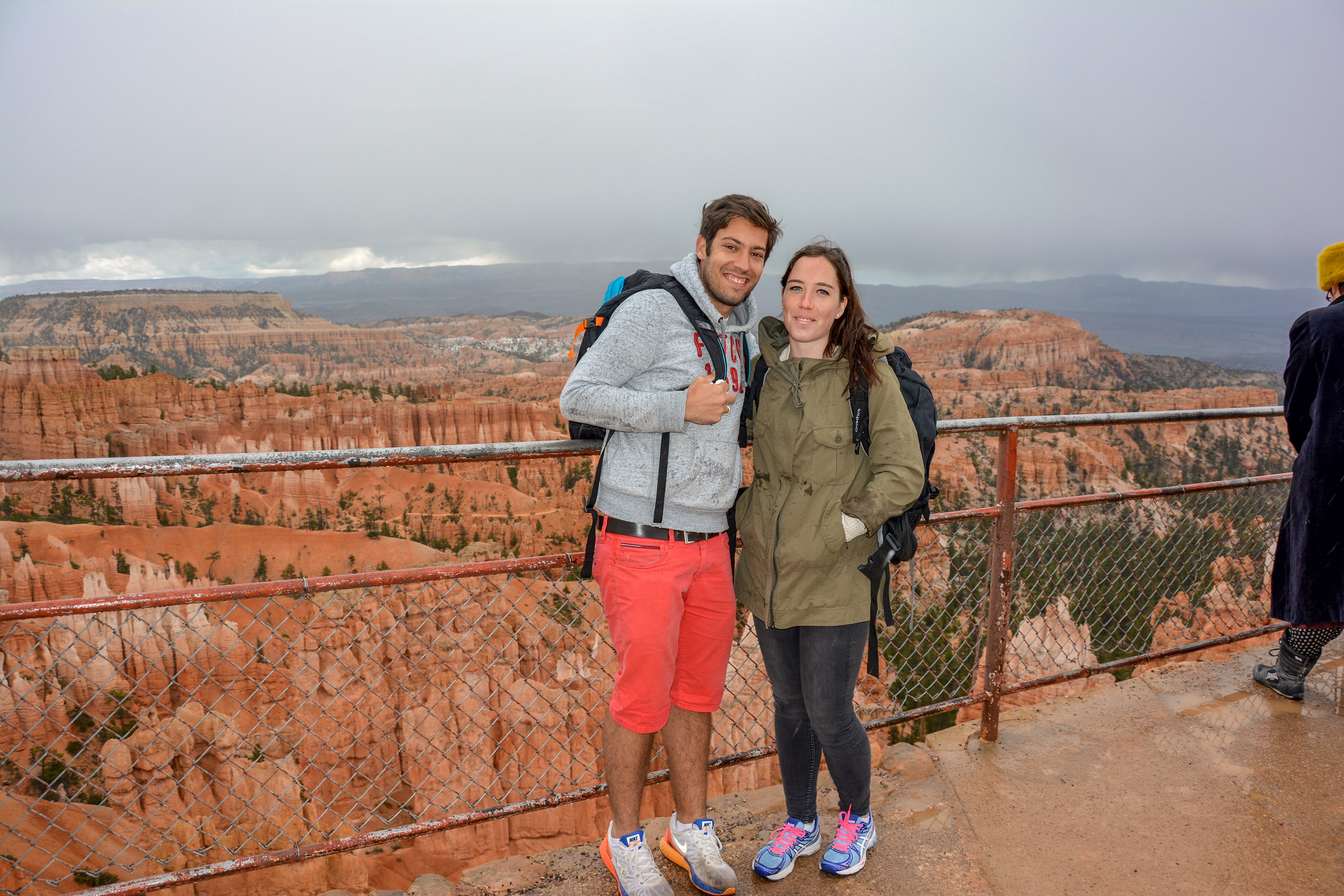
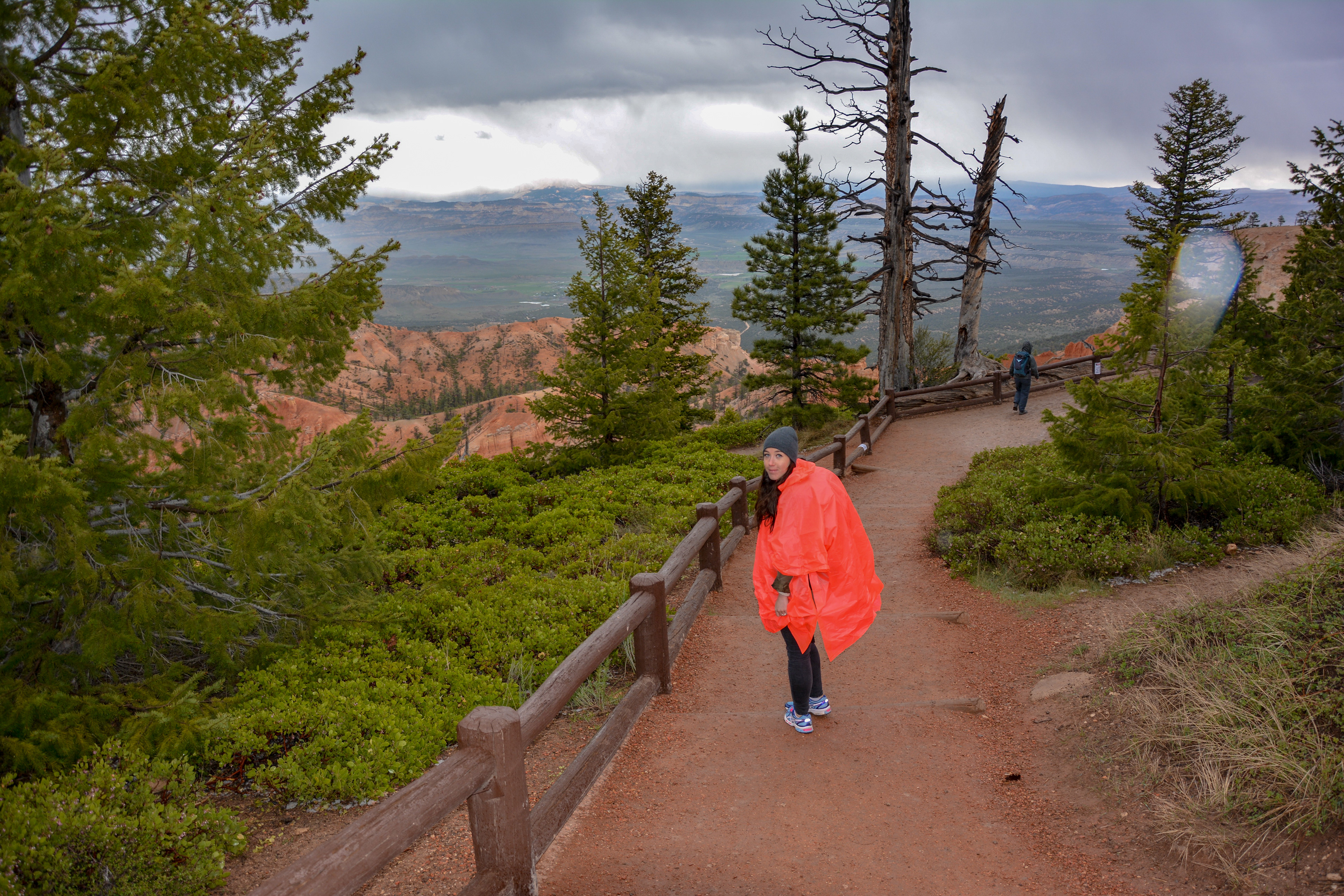

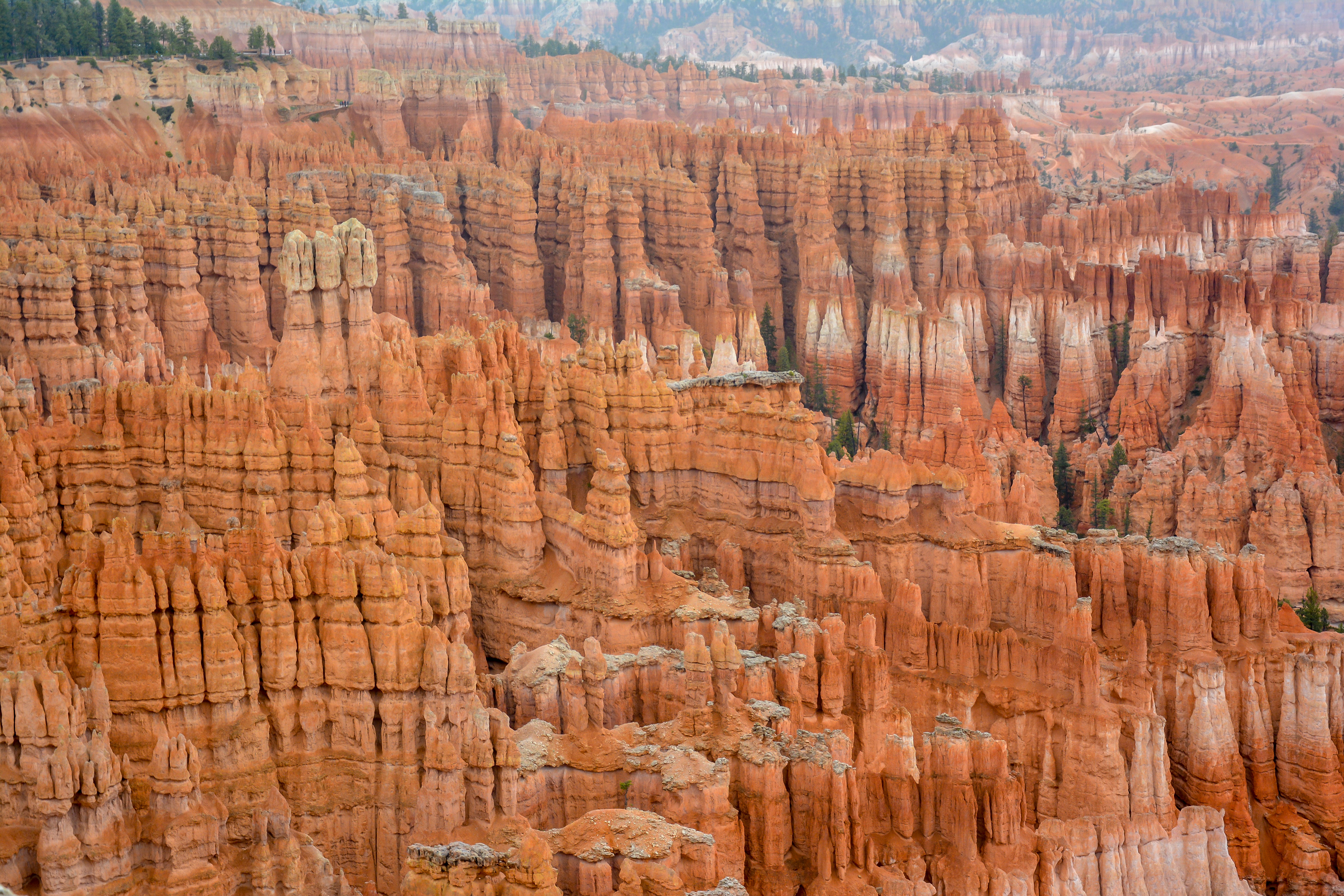

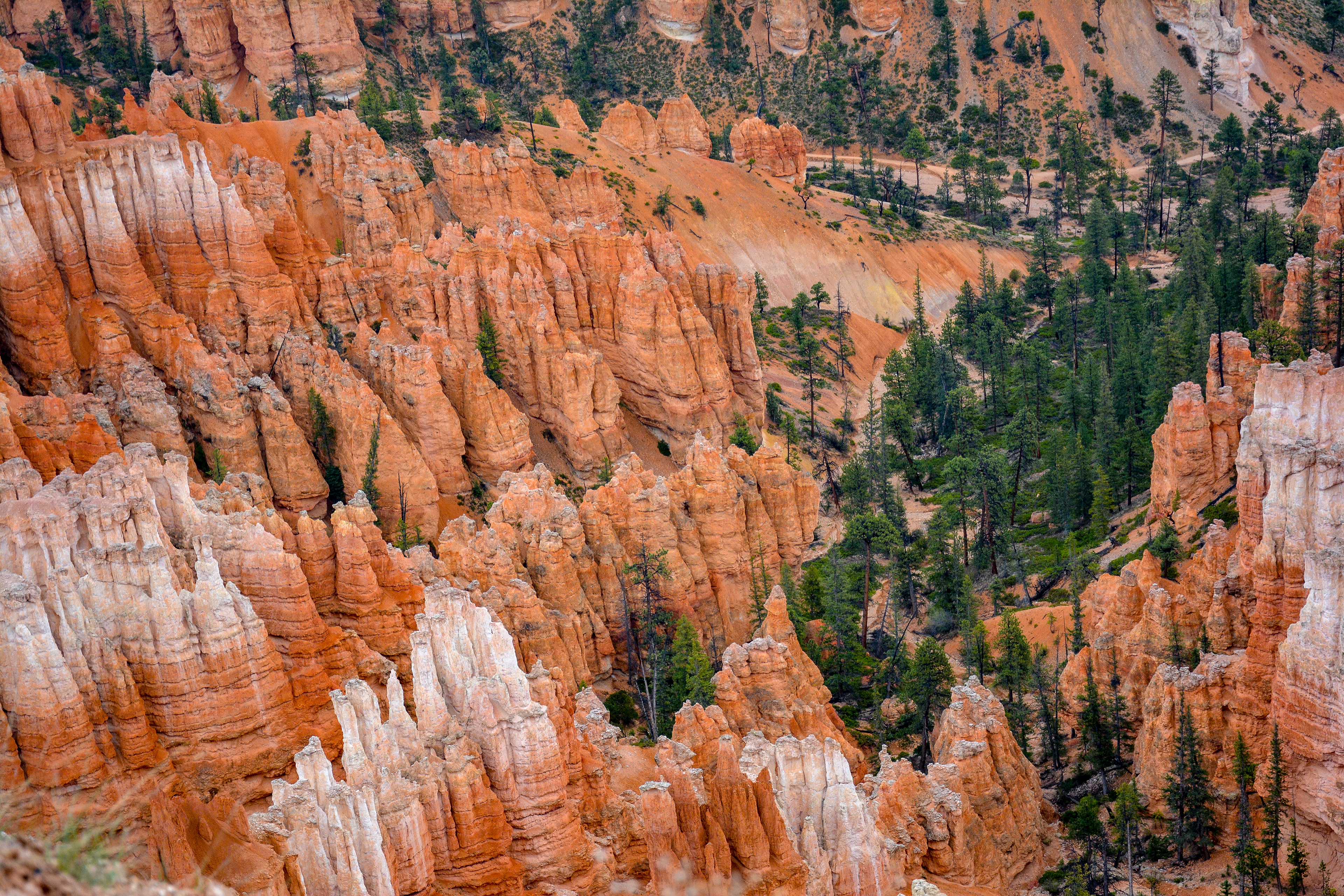



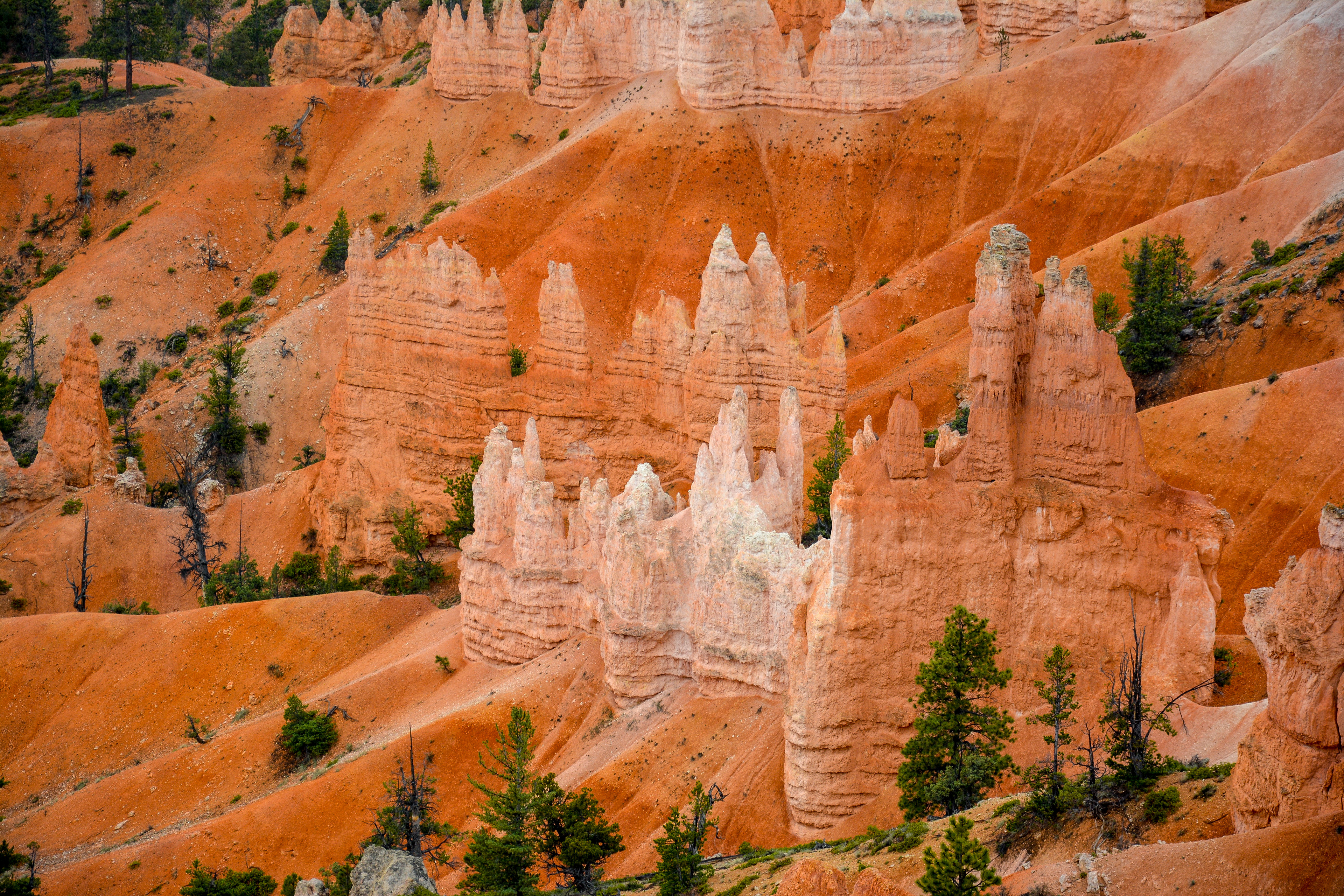
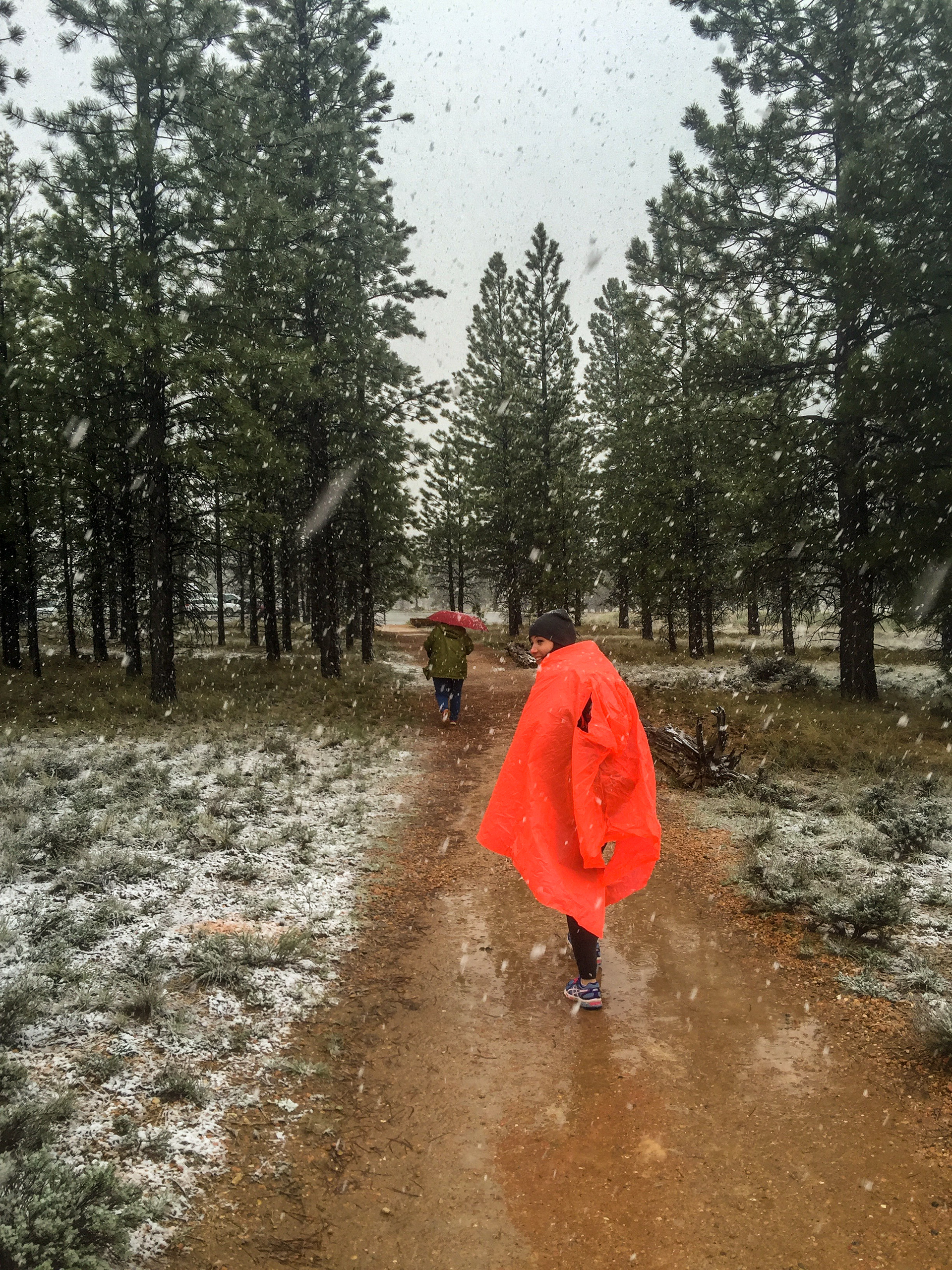
Arches National Park
Formed over millennia, the unique features of Arches National Park astonish and delight its many visitors. Find yourself dwarfed amongst the giant archways and delicate rock formations that constantly change with the wind over time. Positioned in a “high desert” with elevations ranging from 4,085 to 5,653 feet above sea level in southeast Utah, Arches National Park contains over 2,000 natural sandstone arches! Throughout the park, rock layers reveal millions of years of deposition, erosion, and other geologic events.
